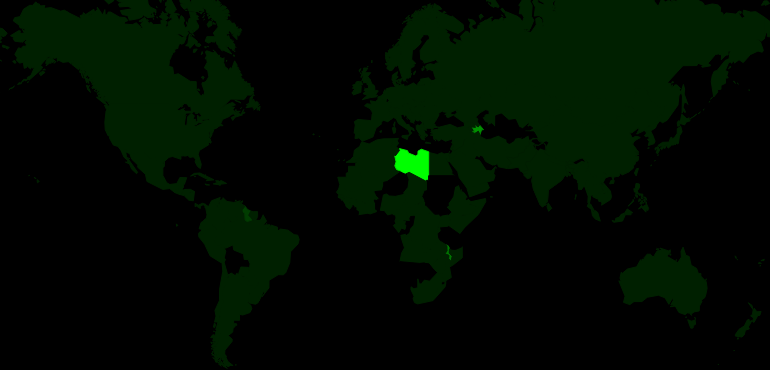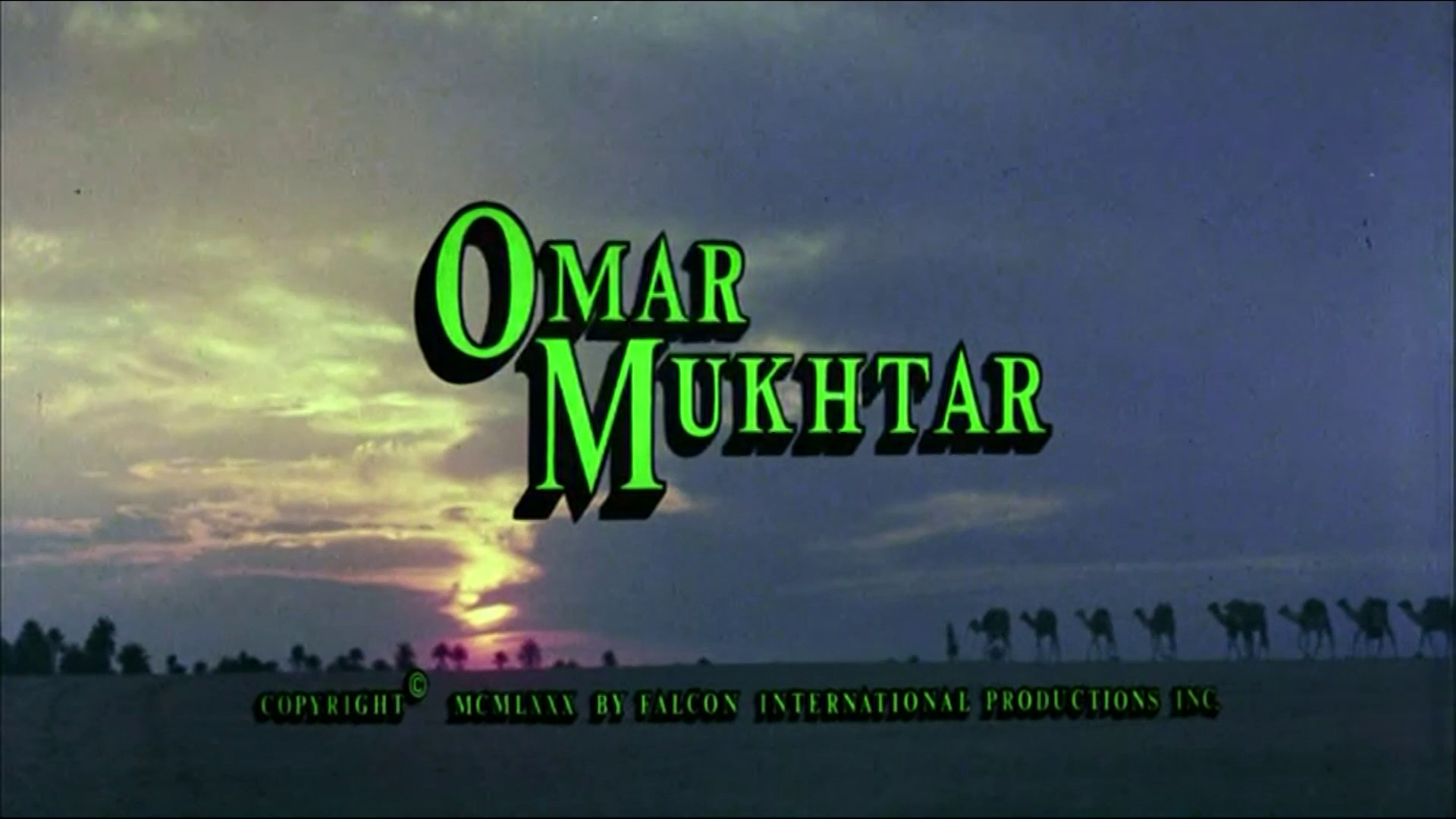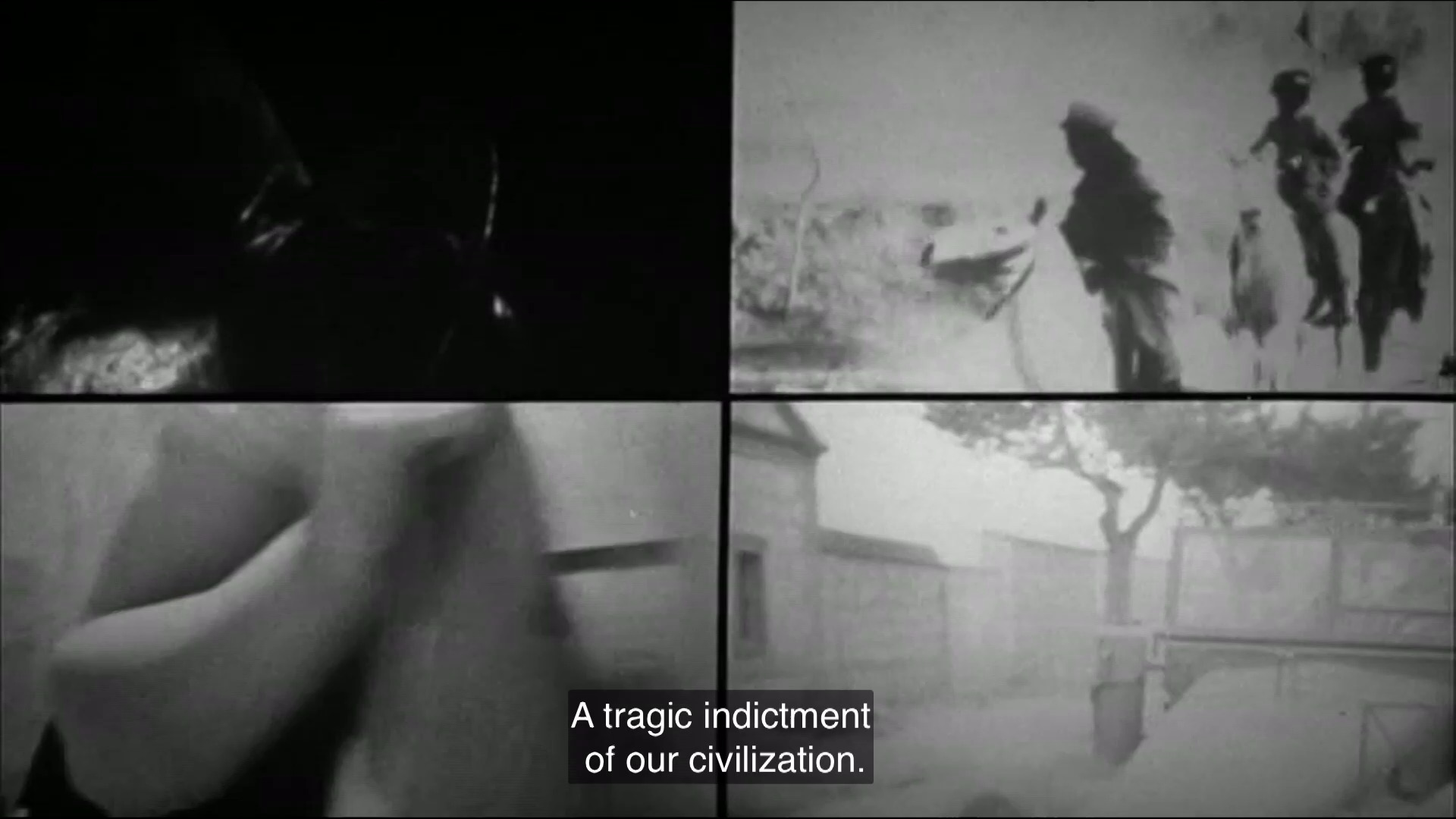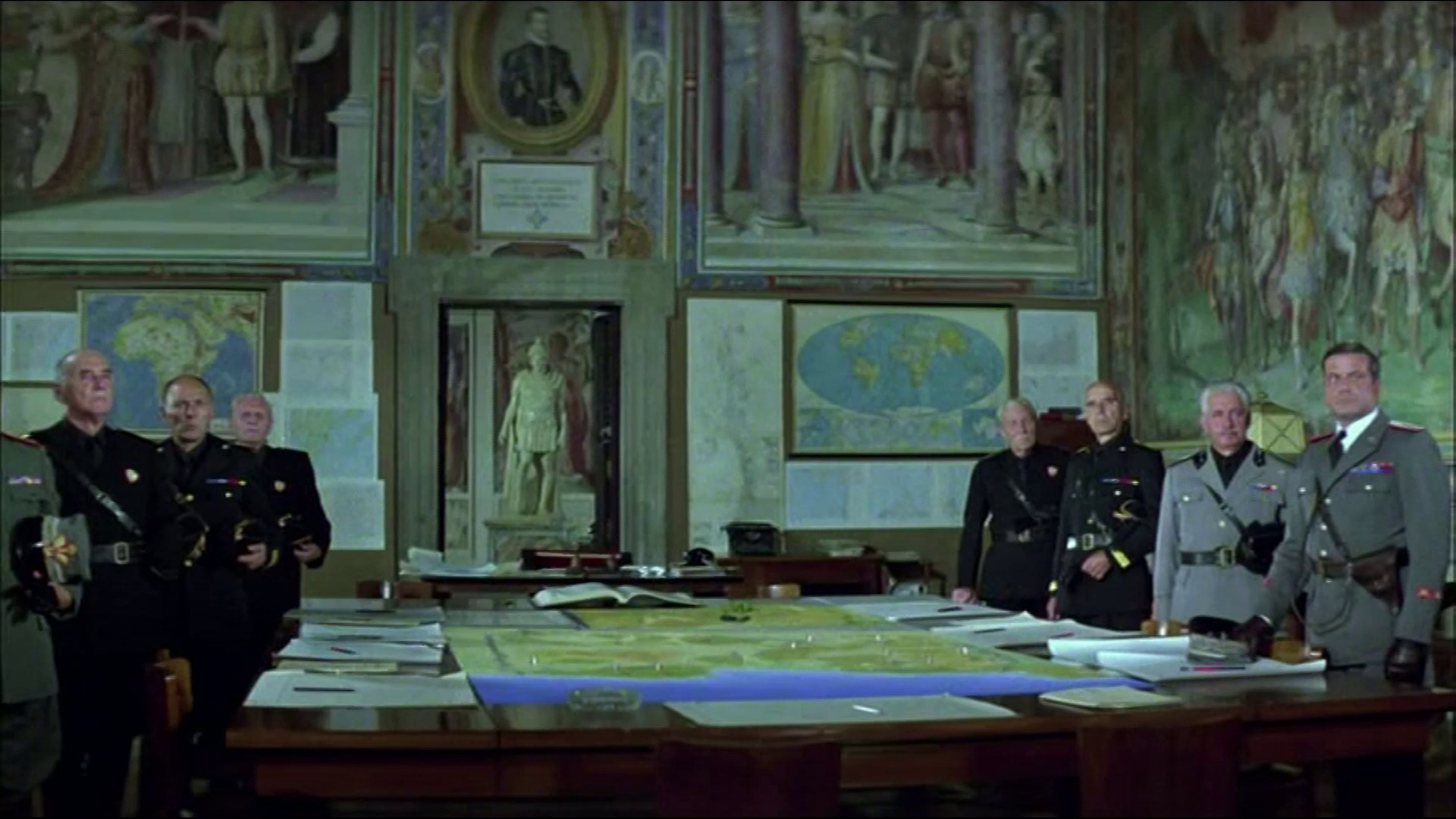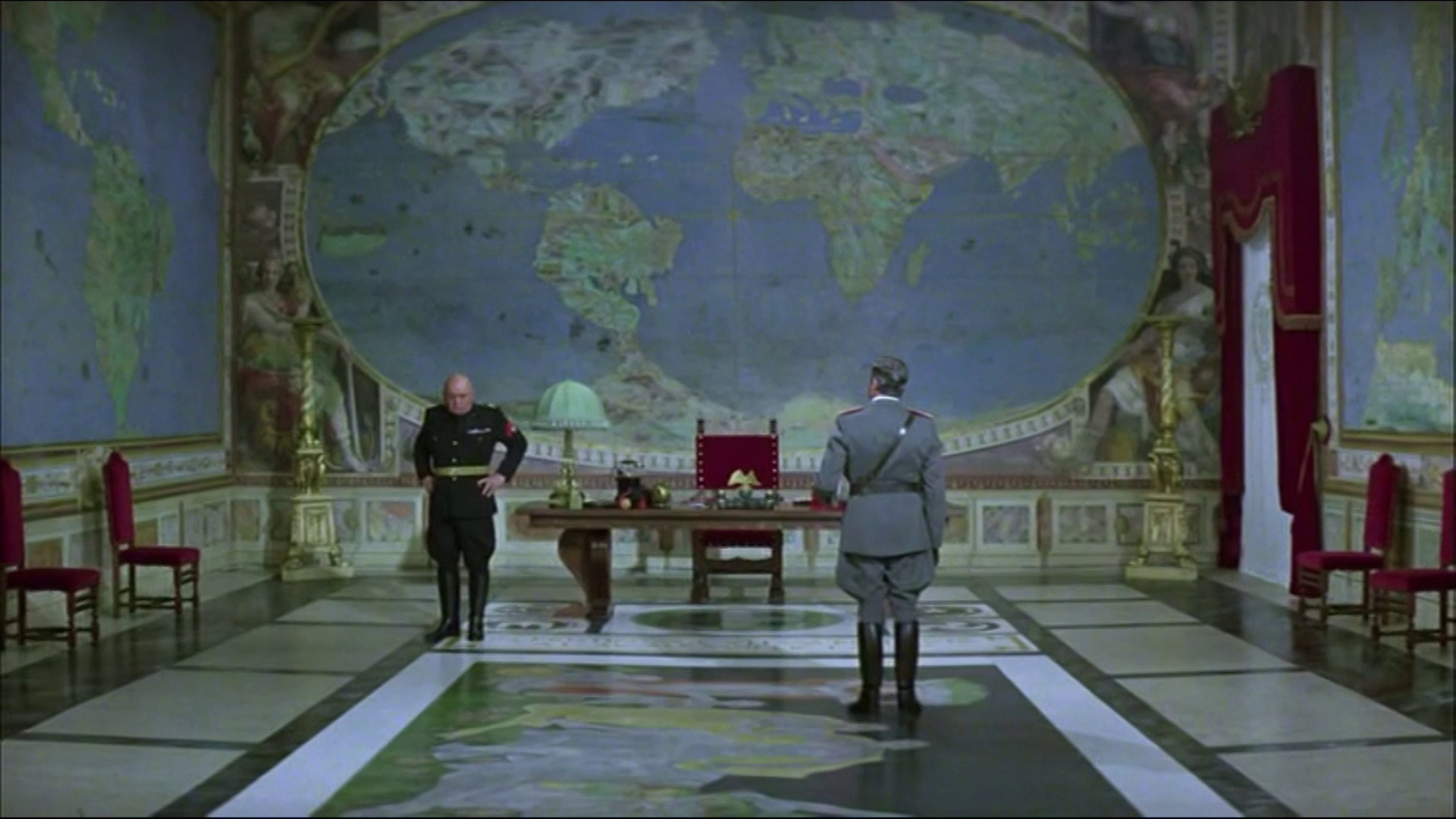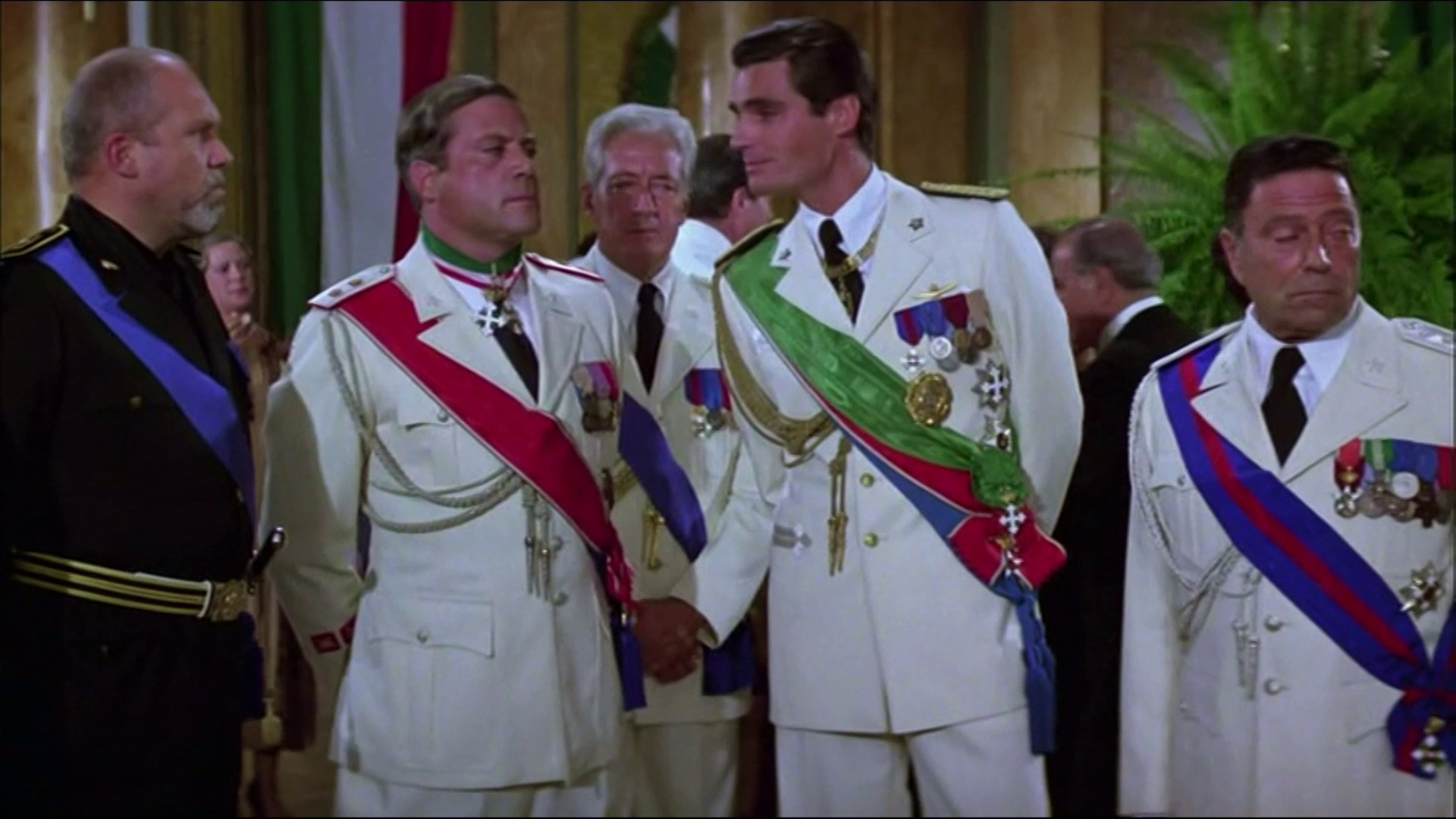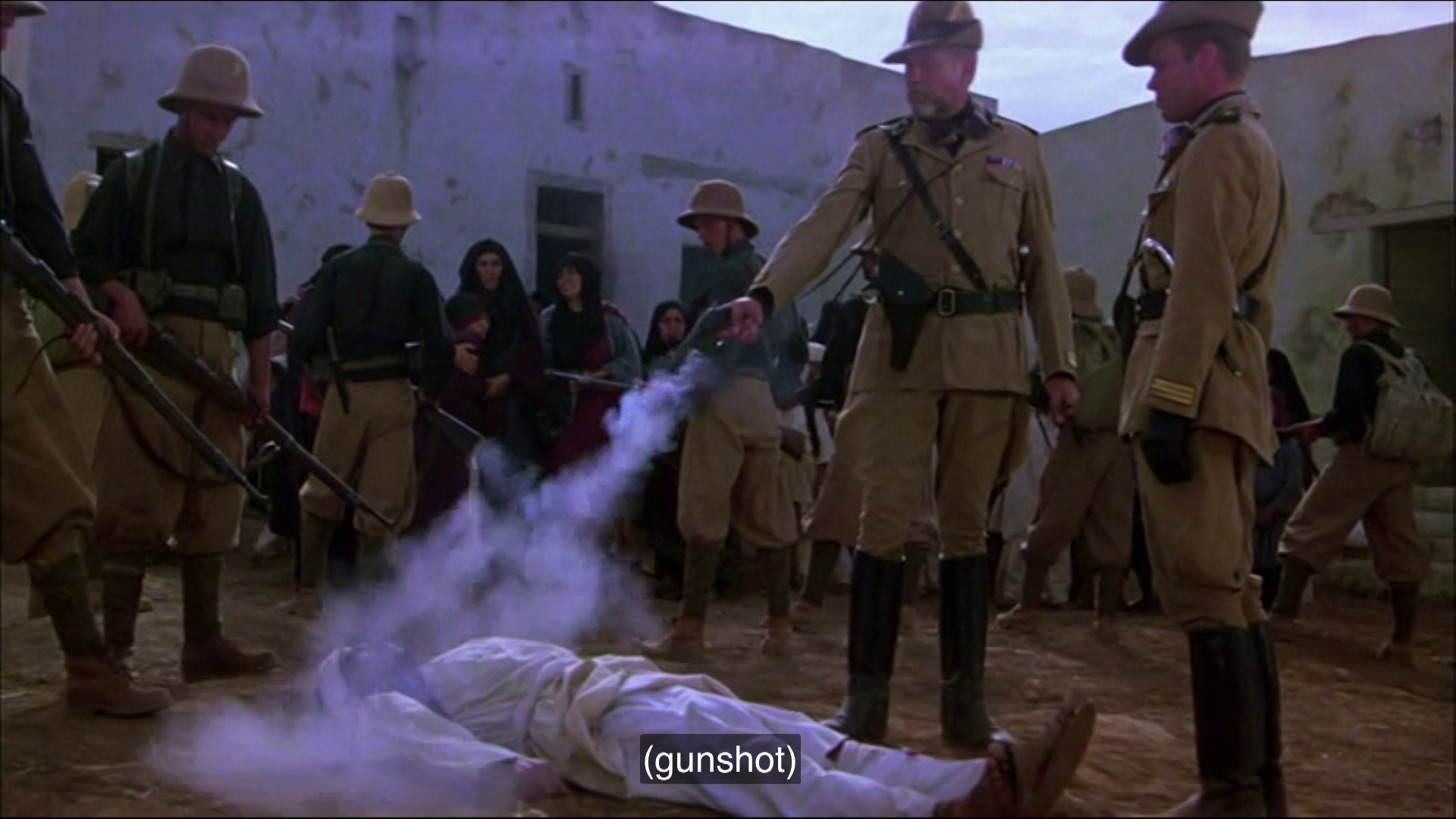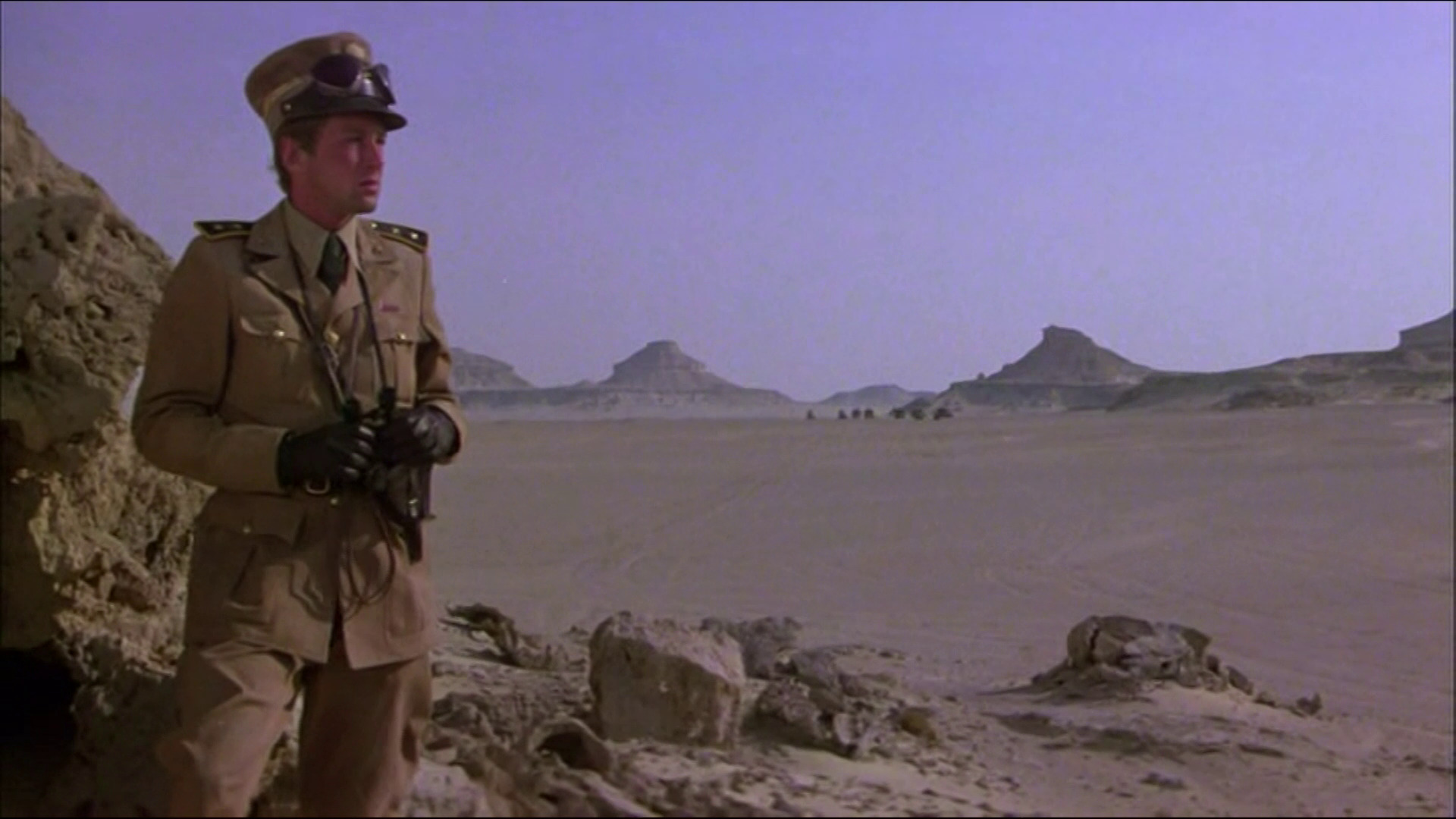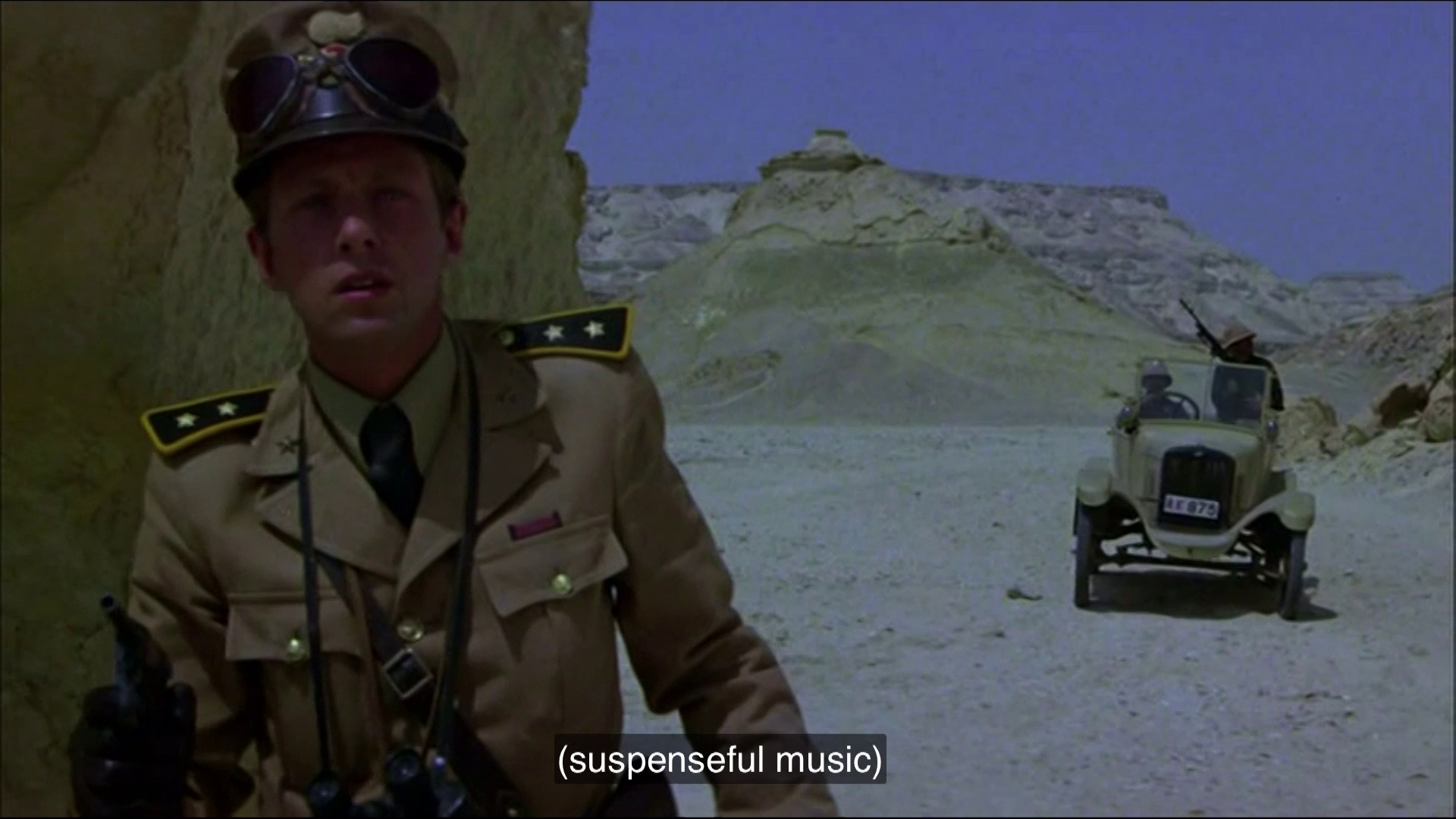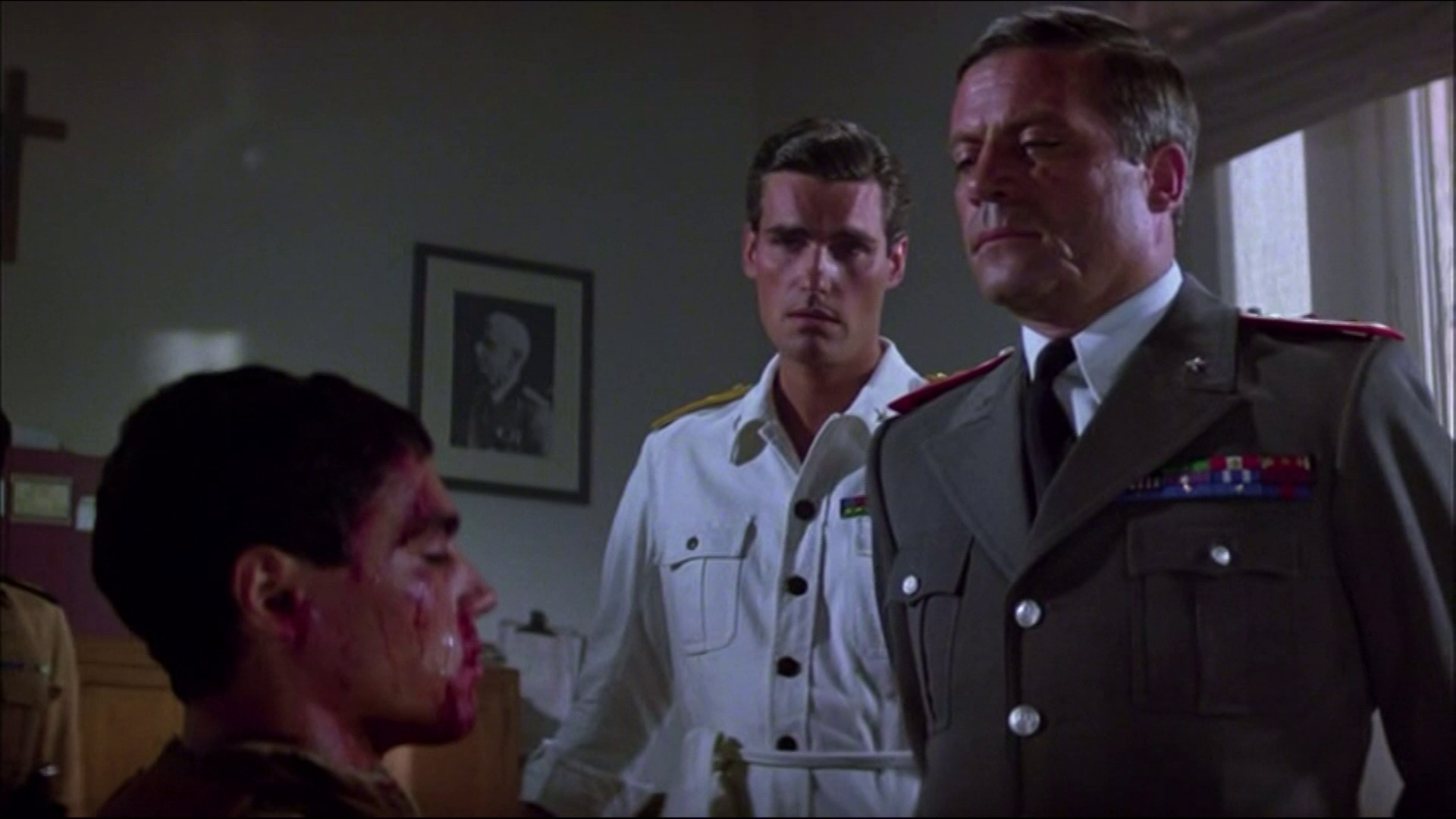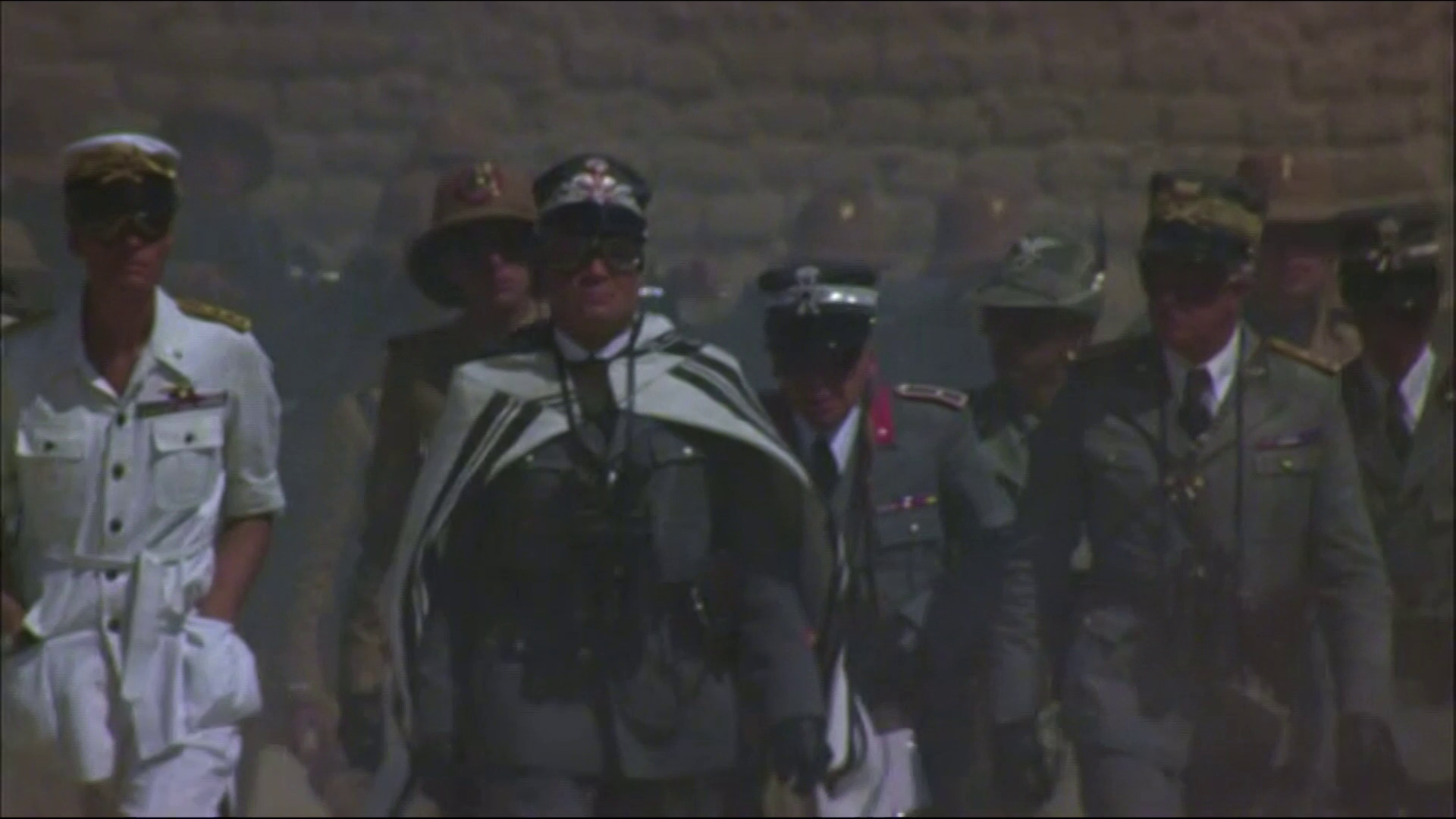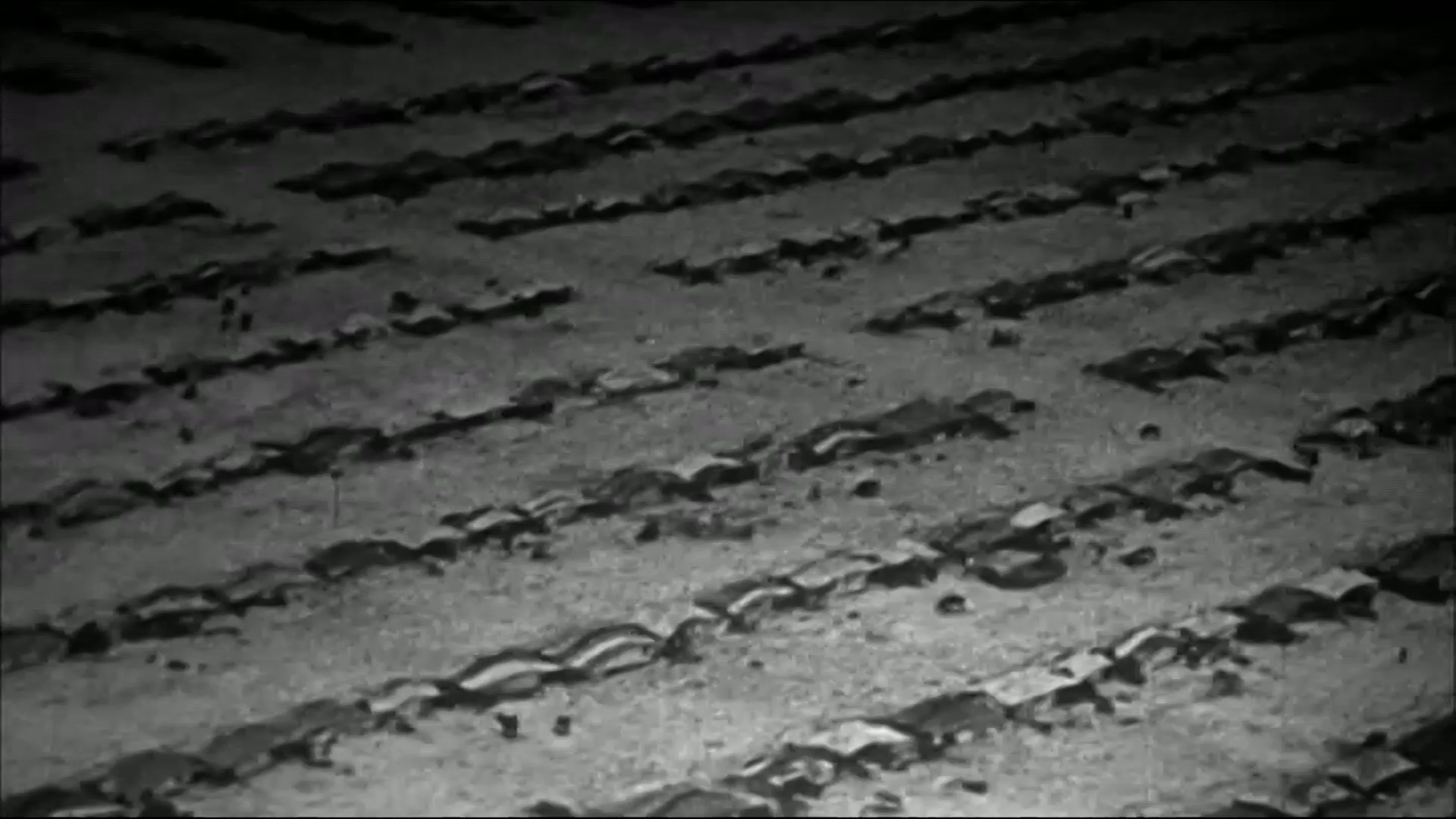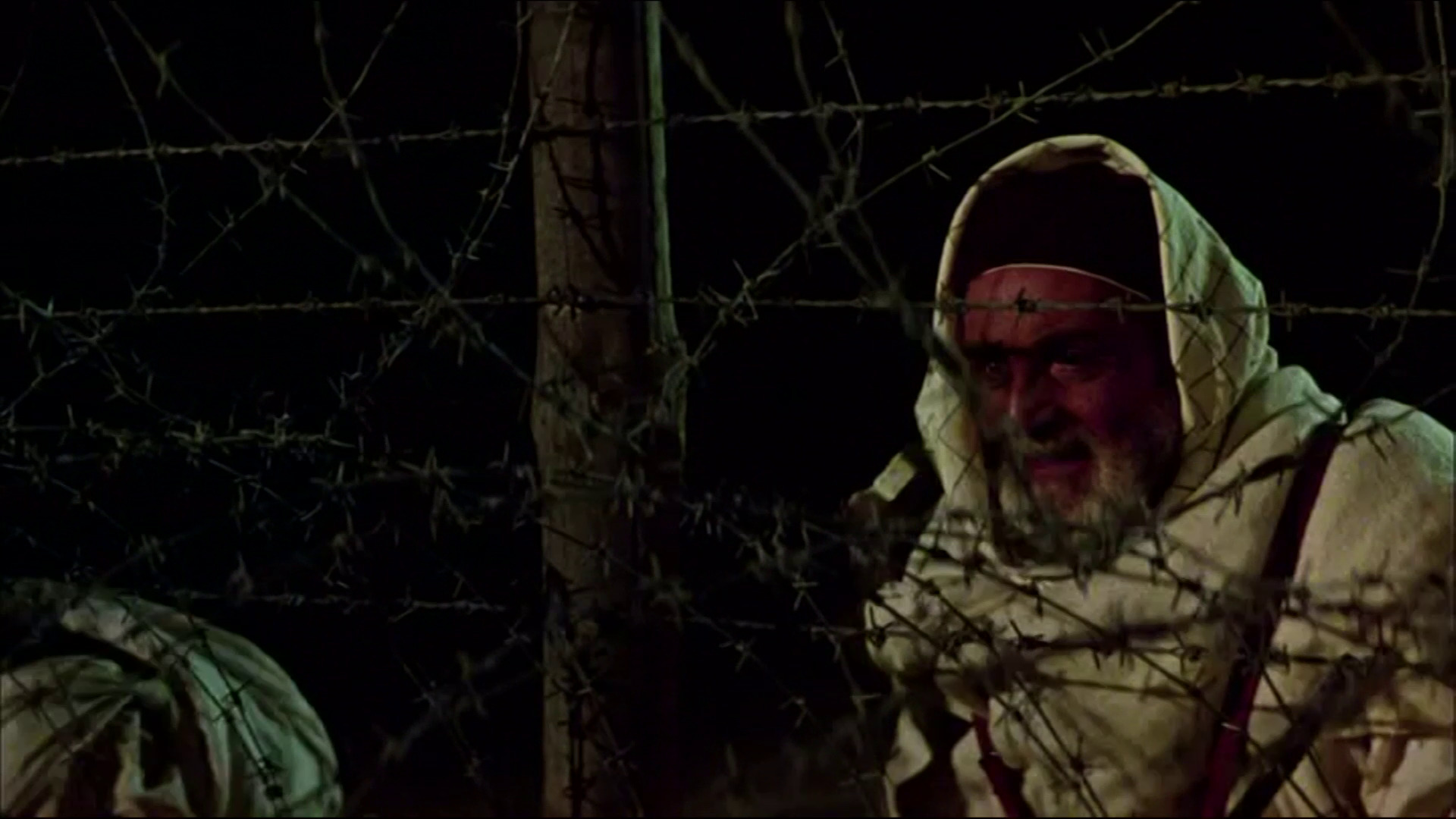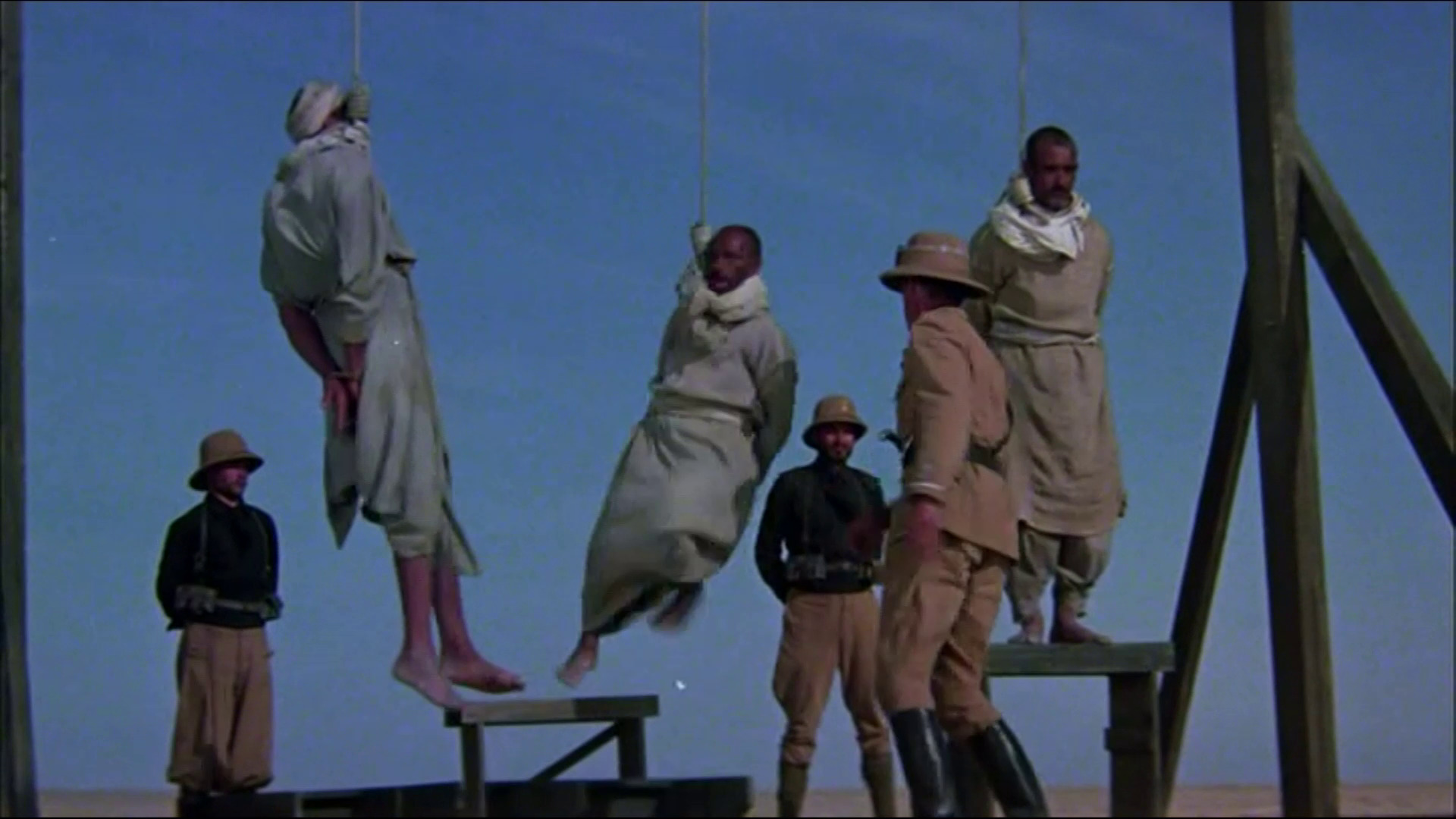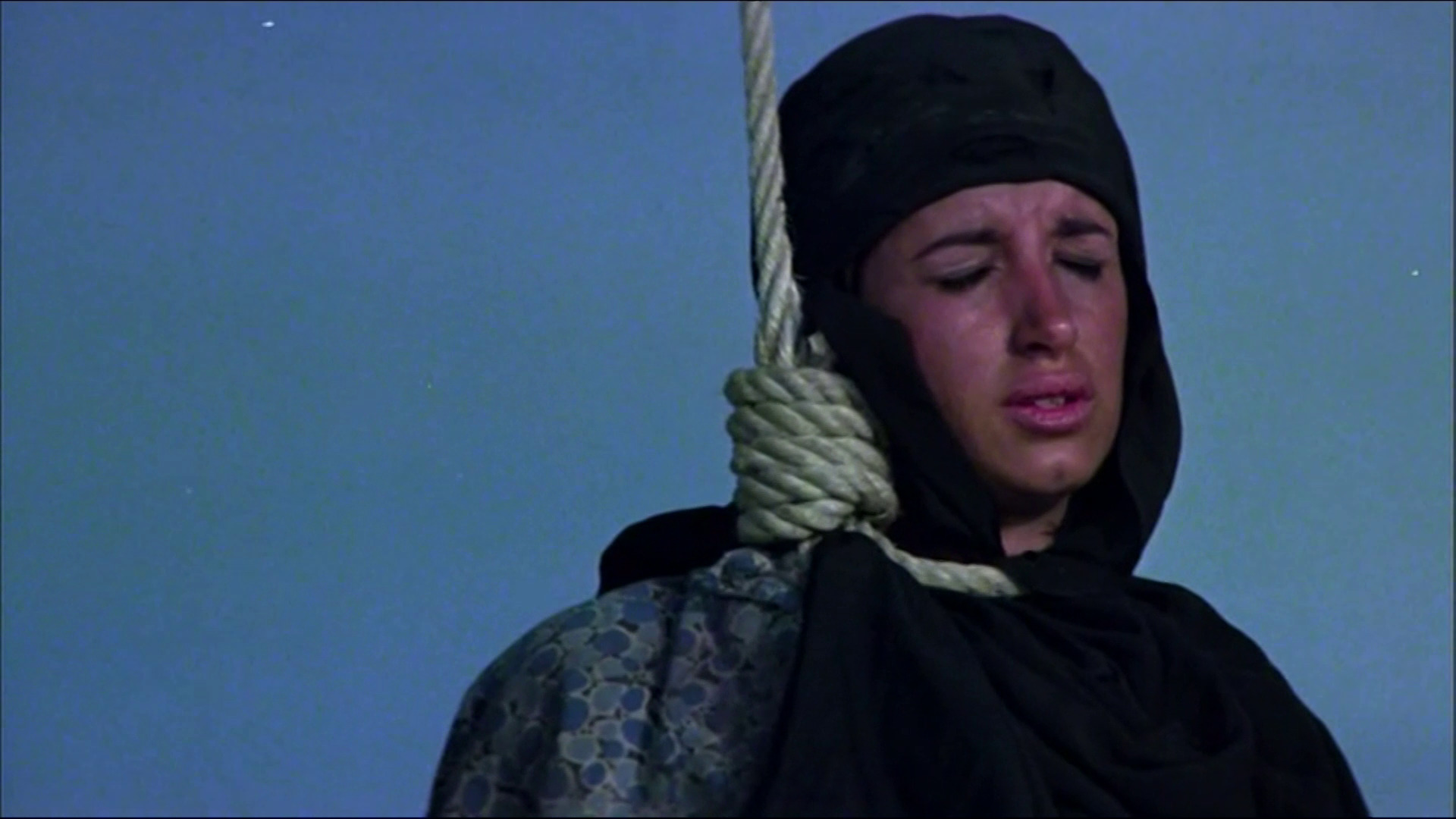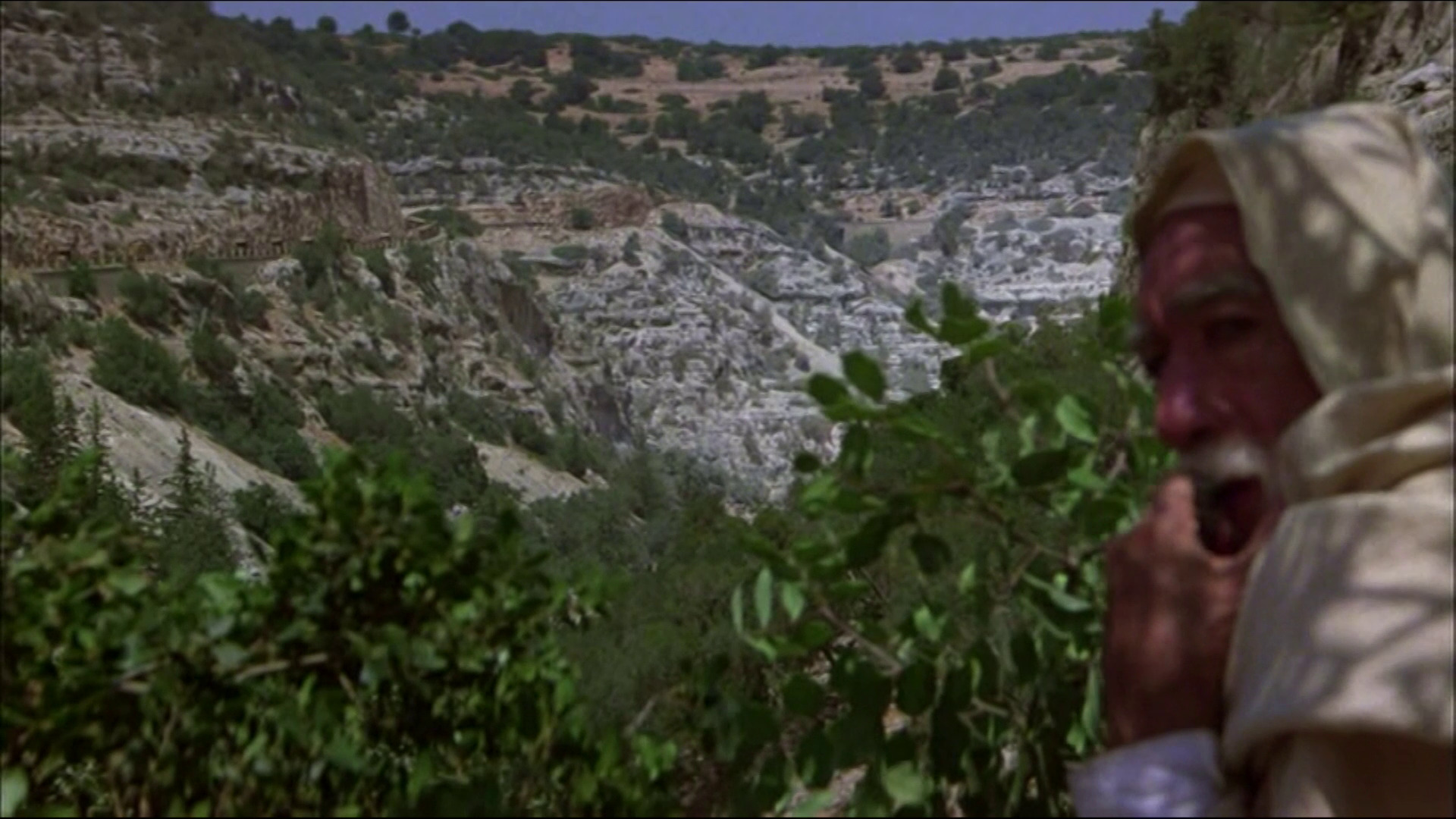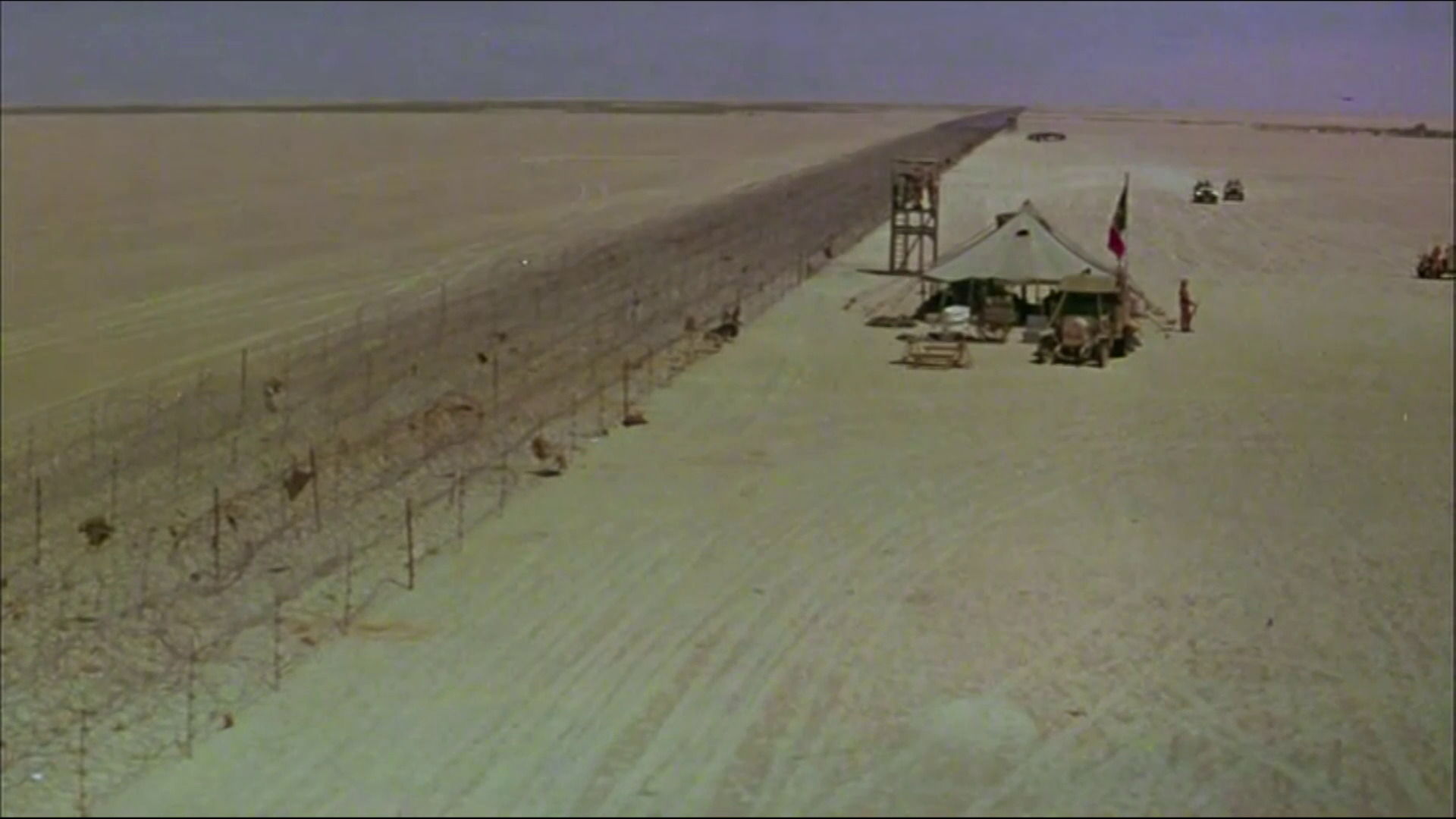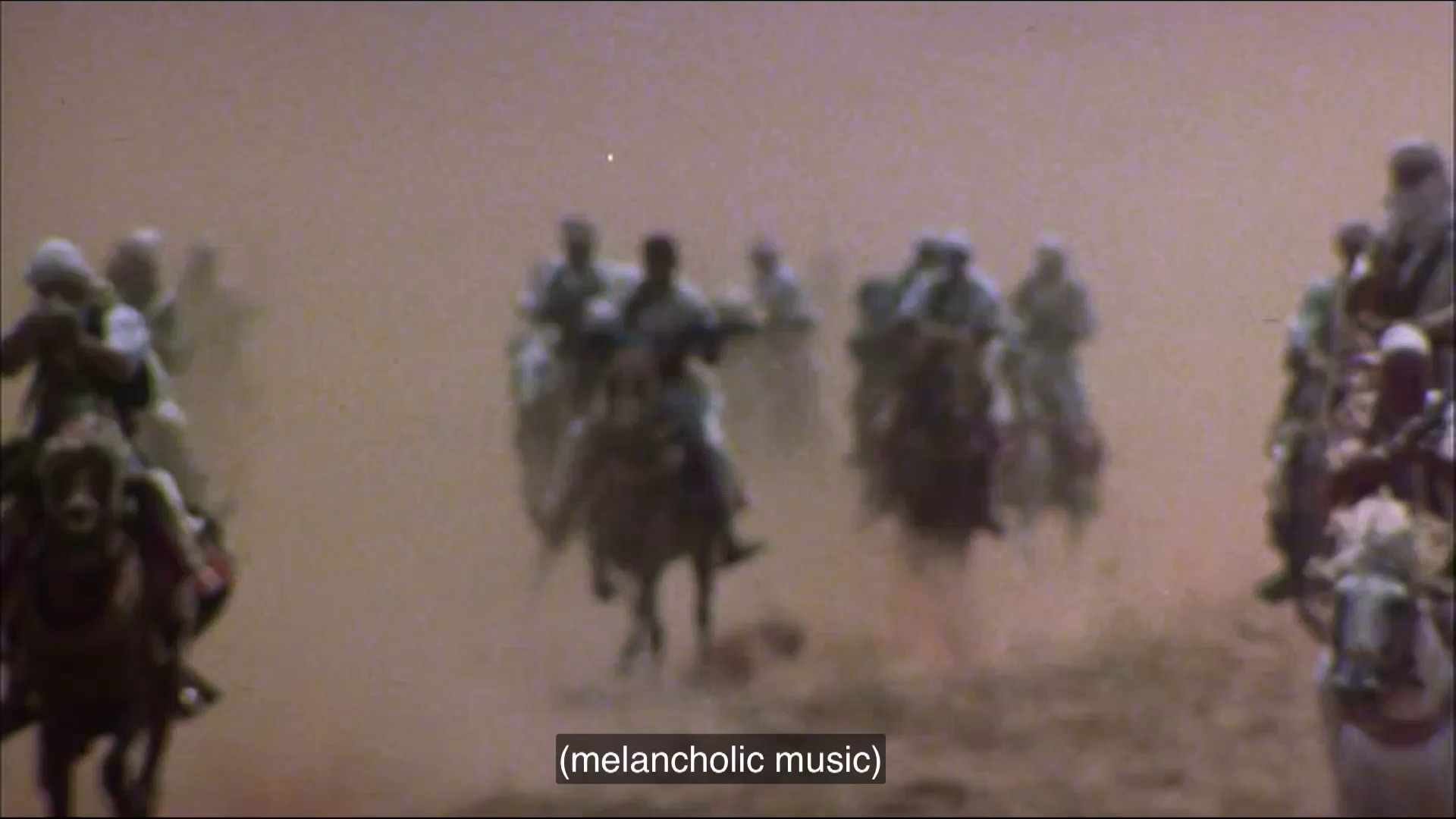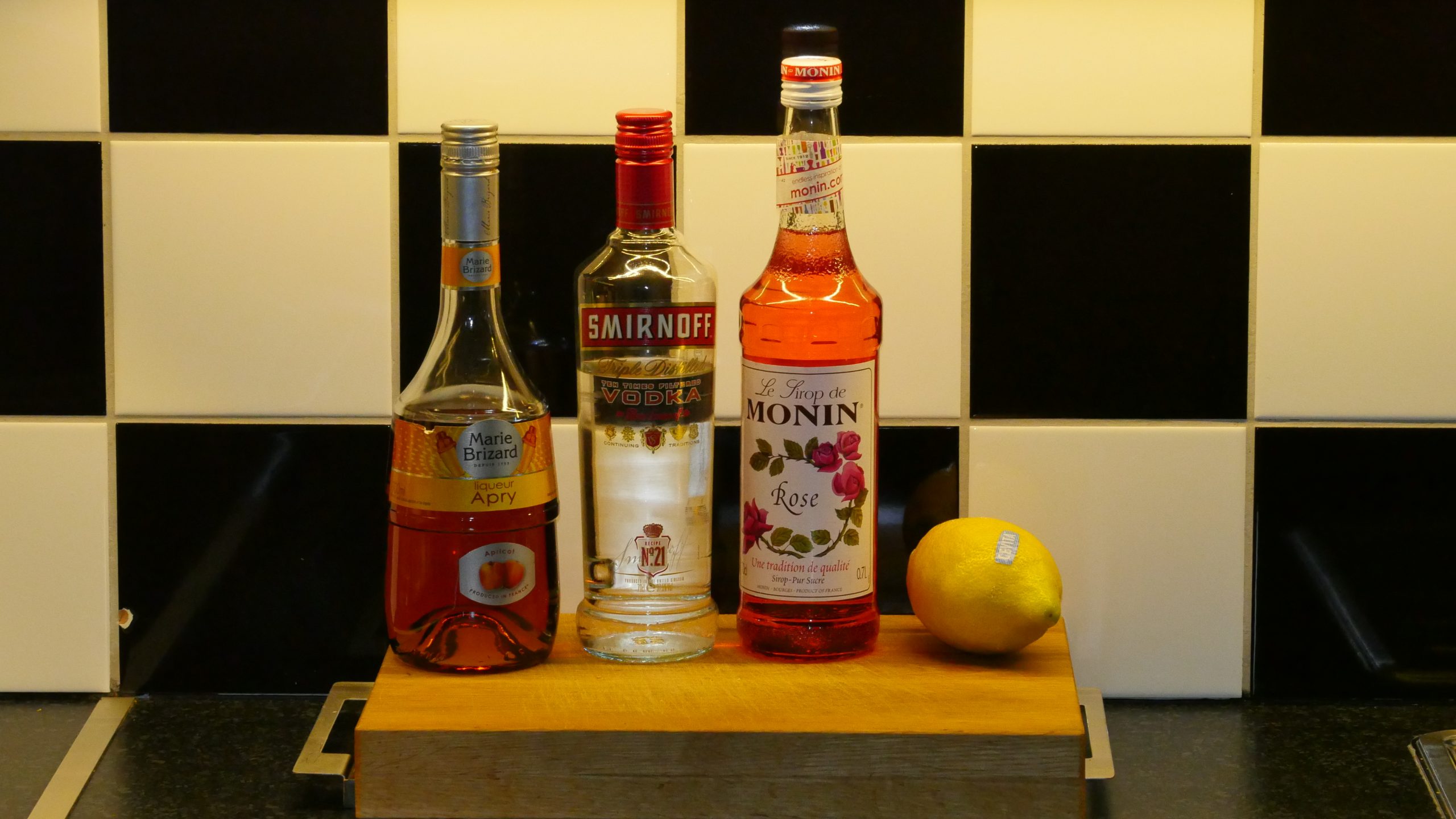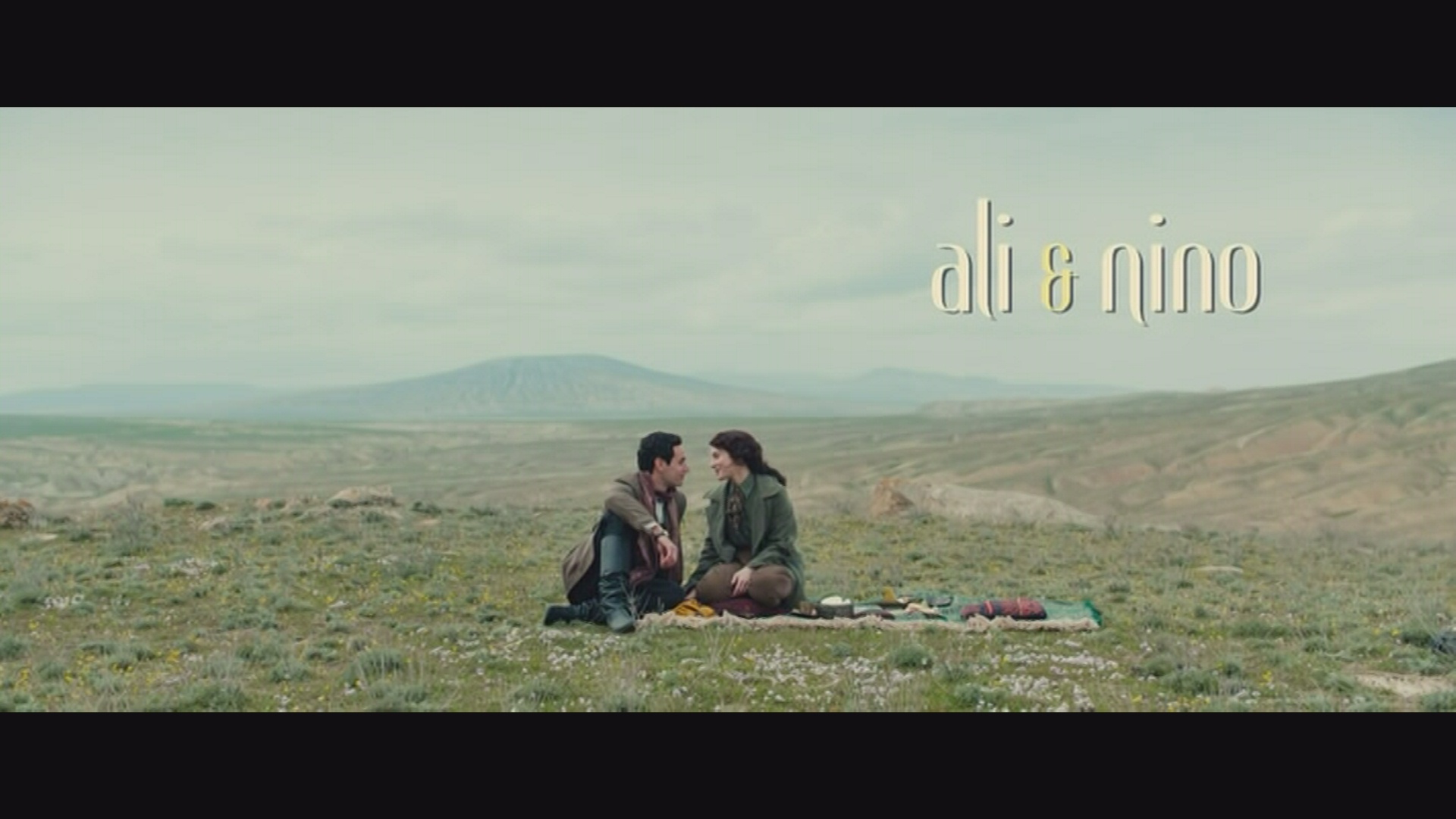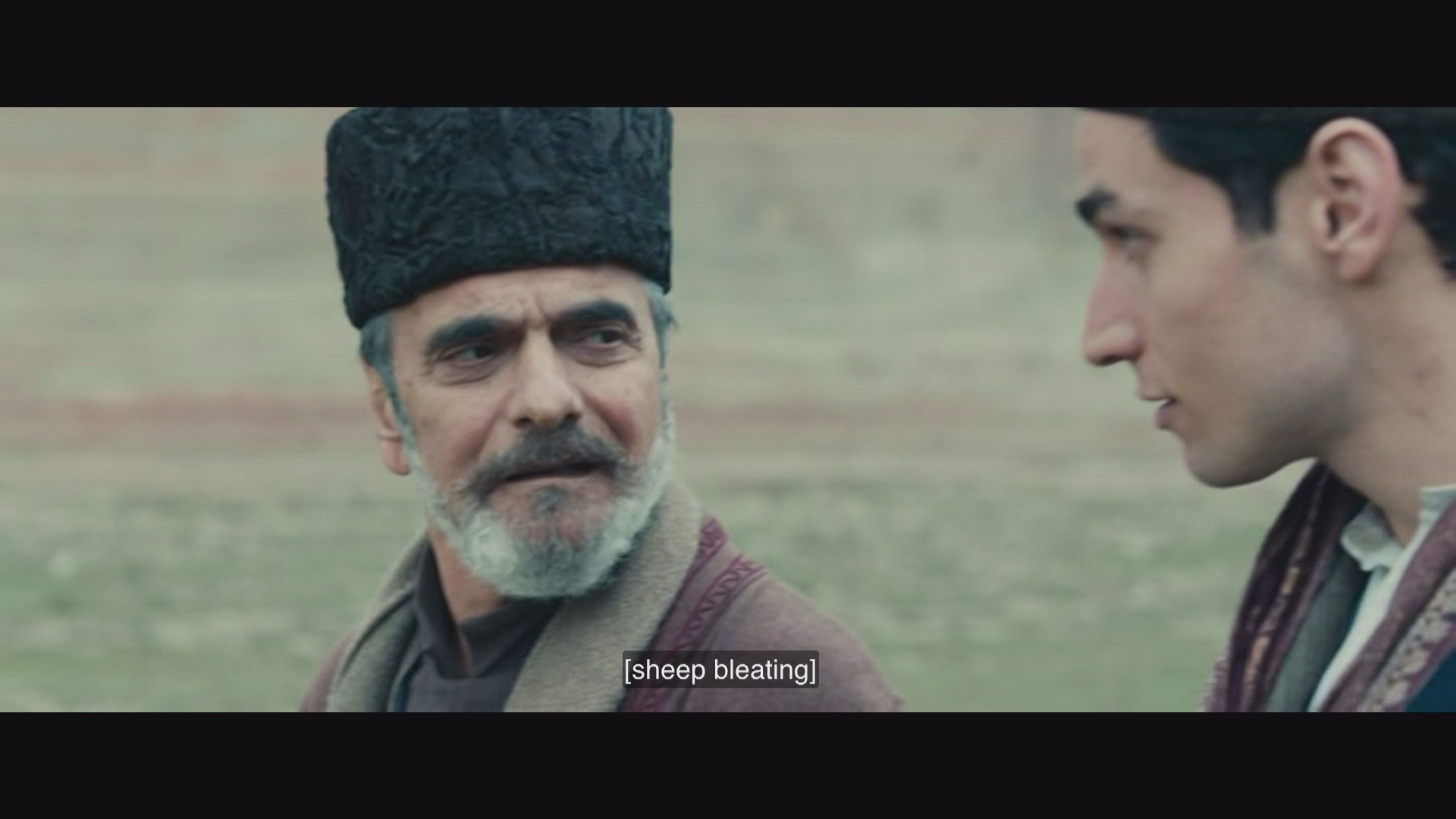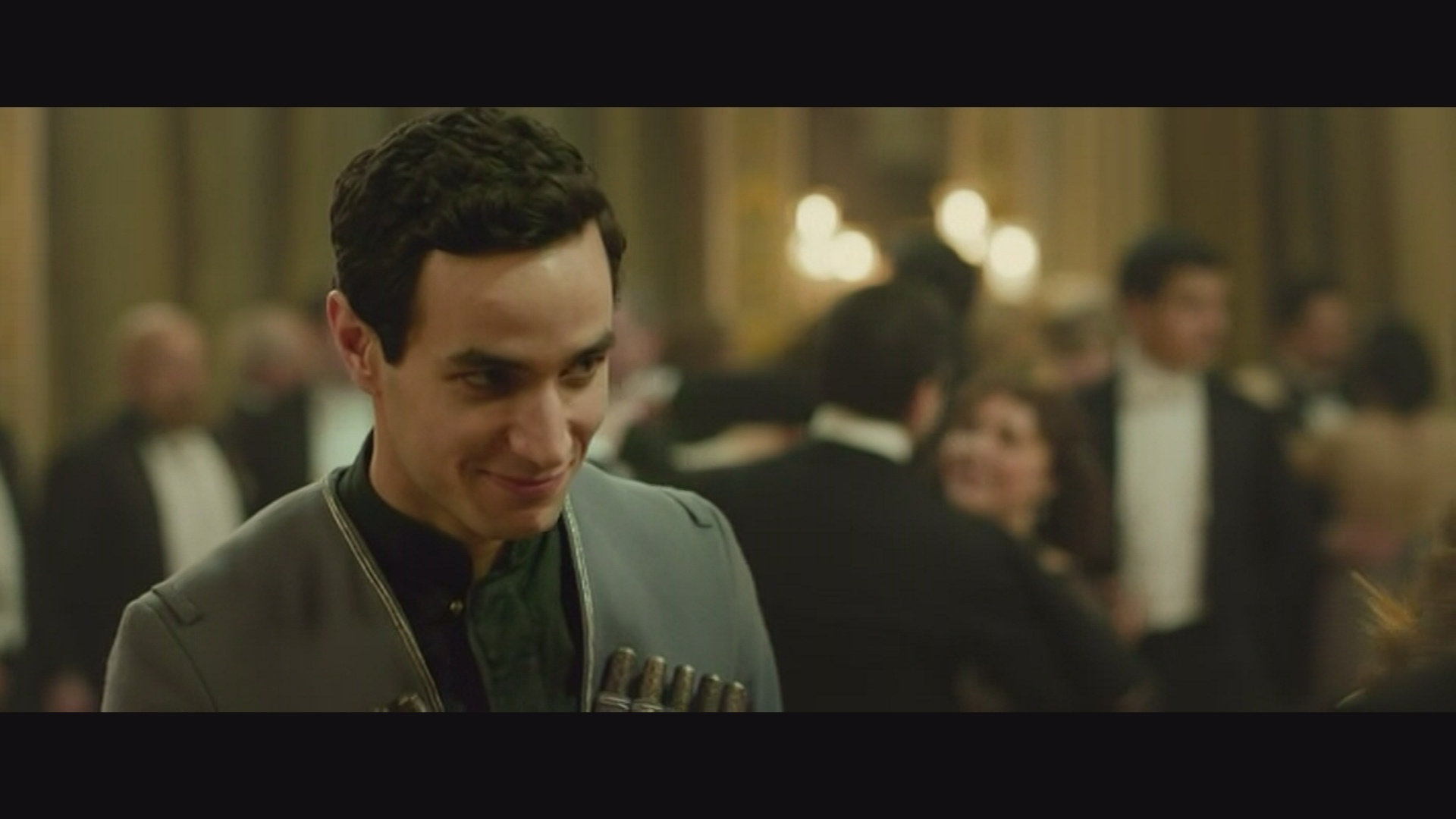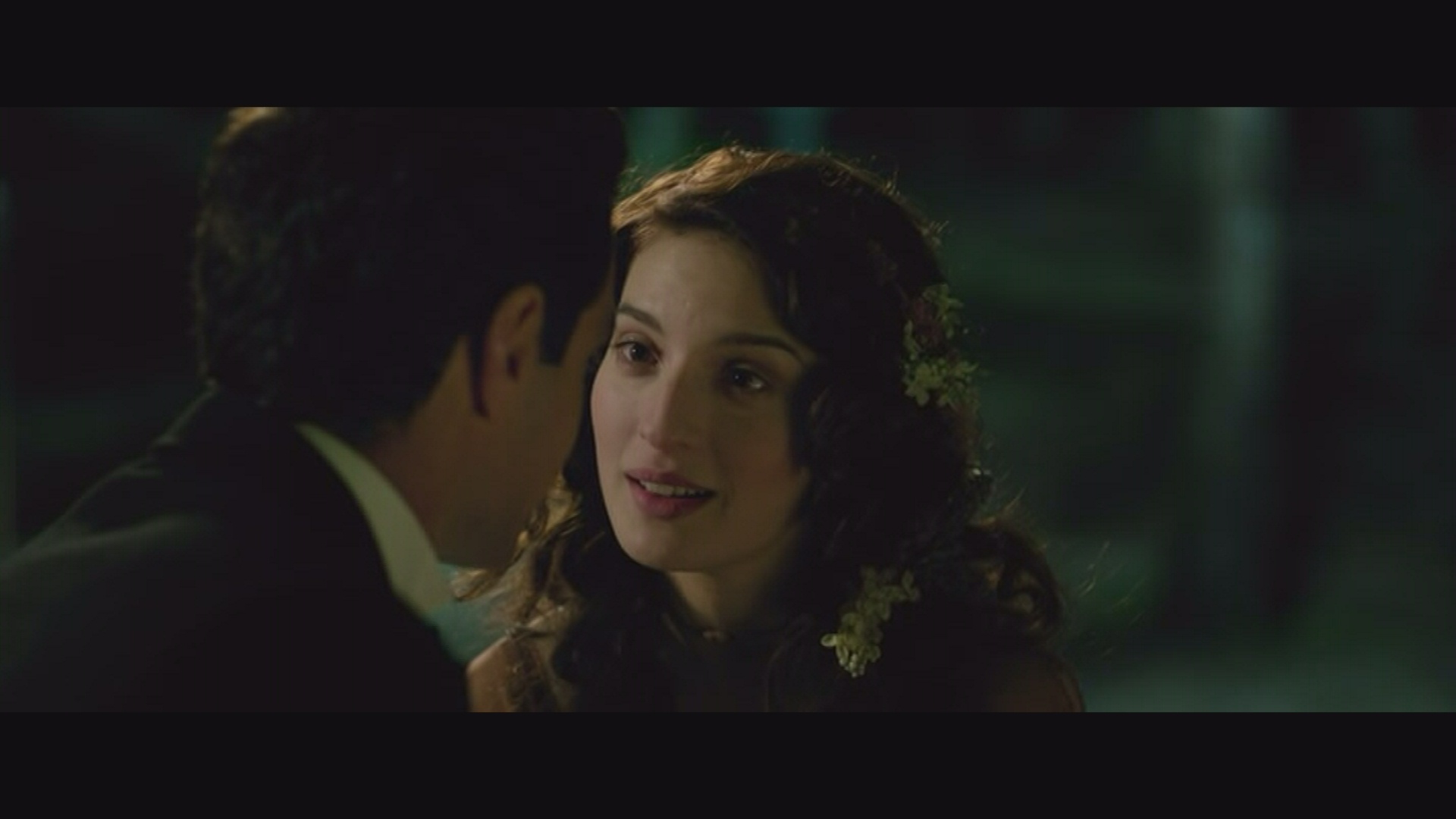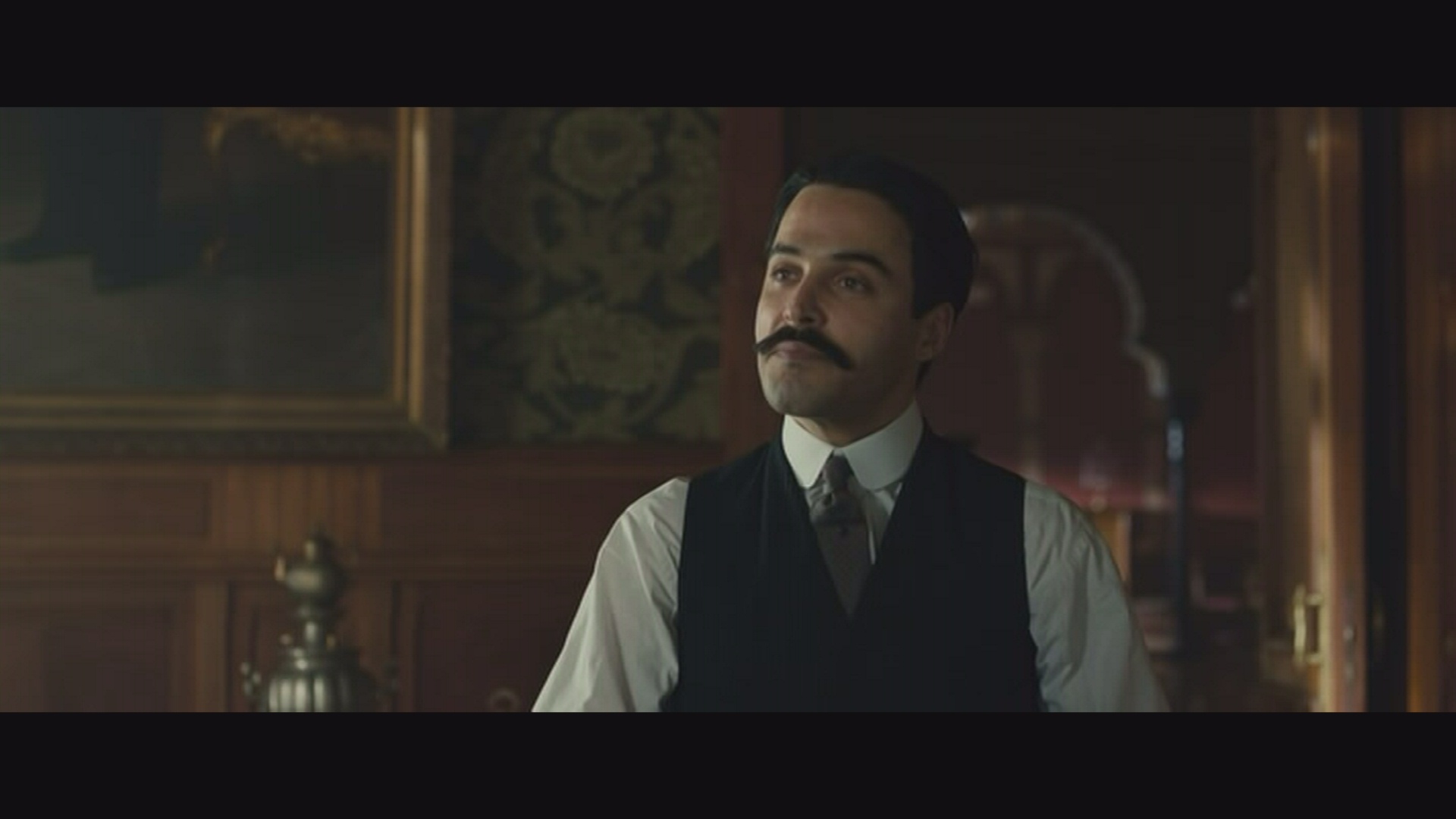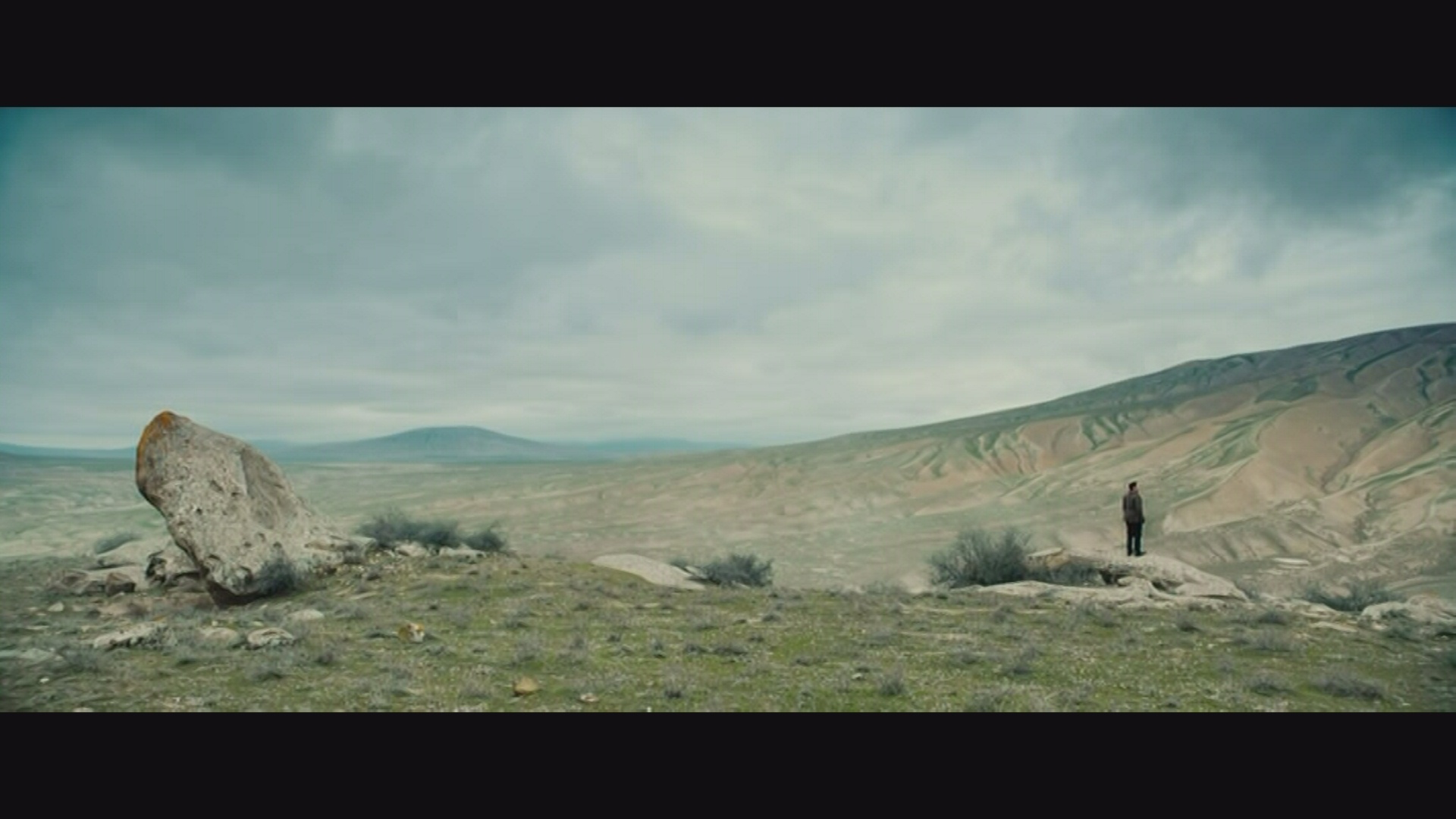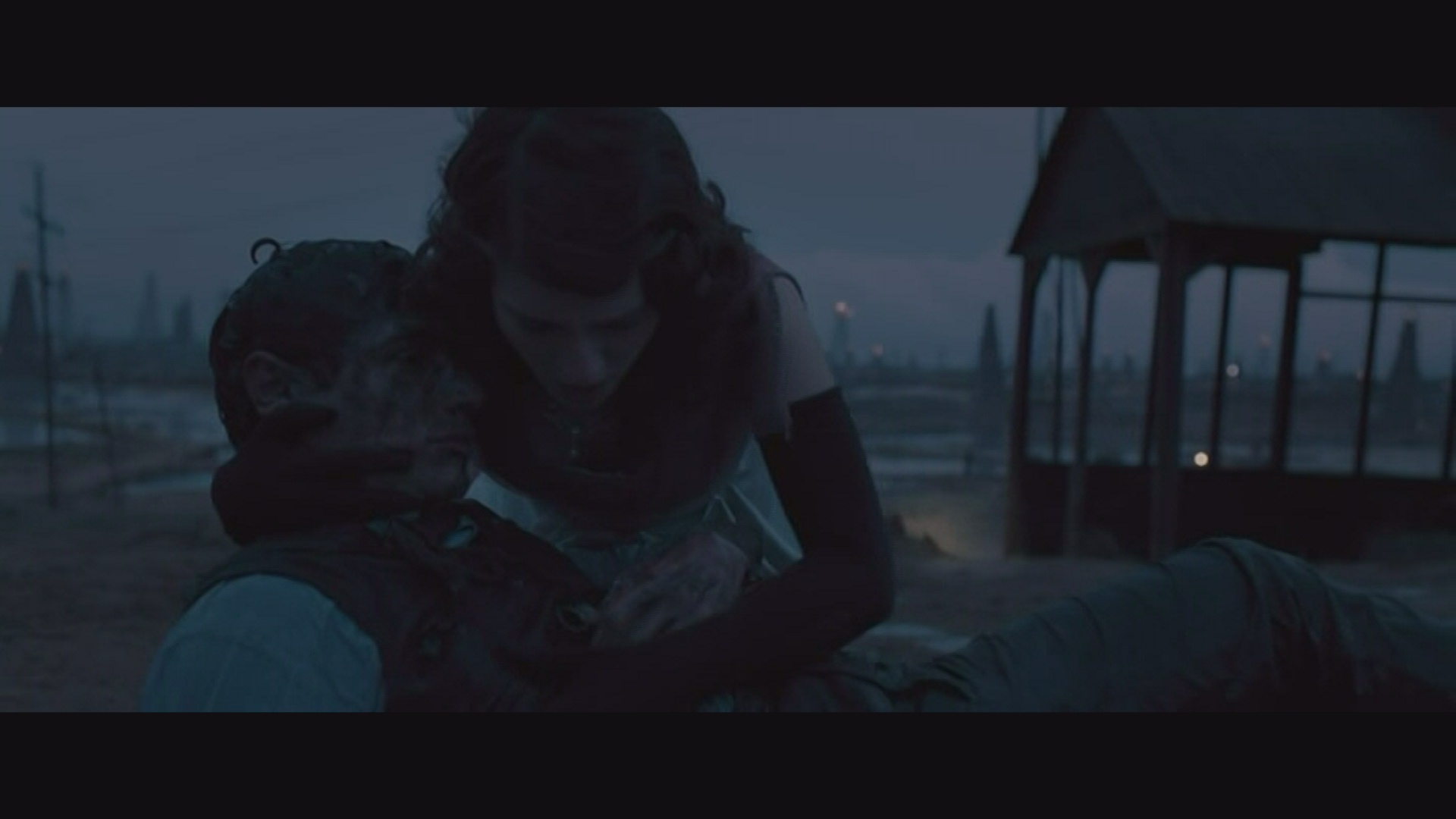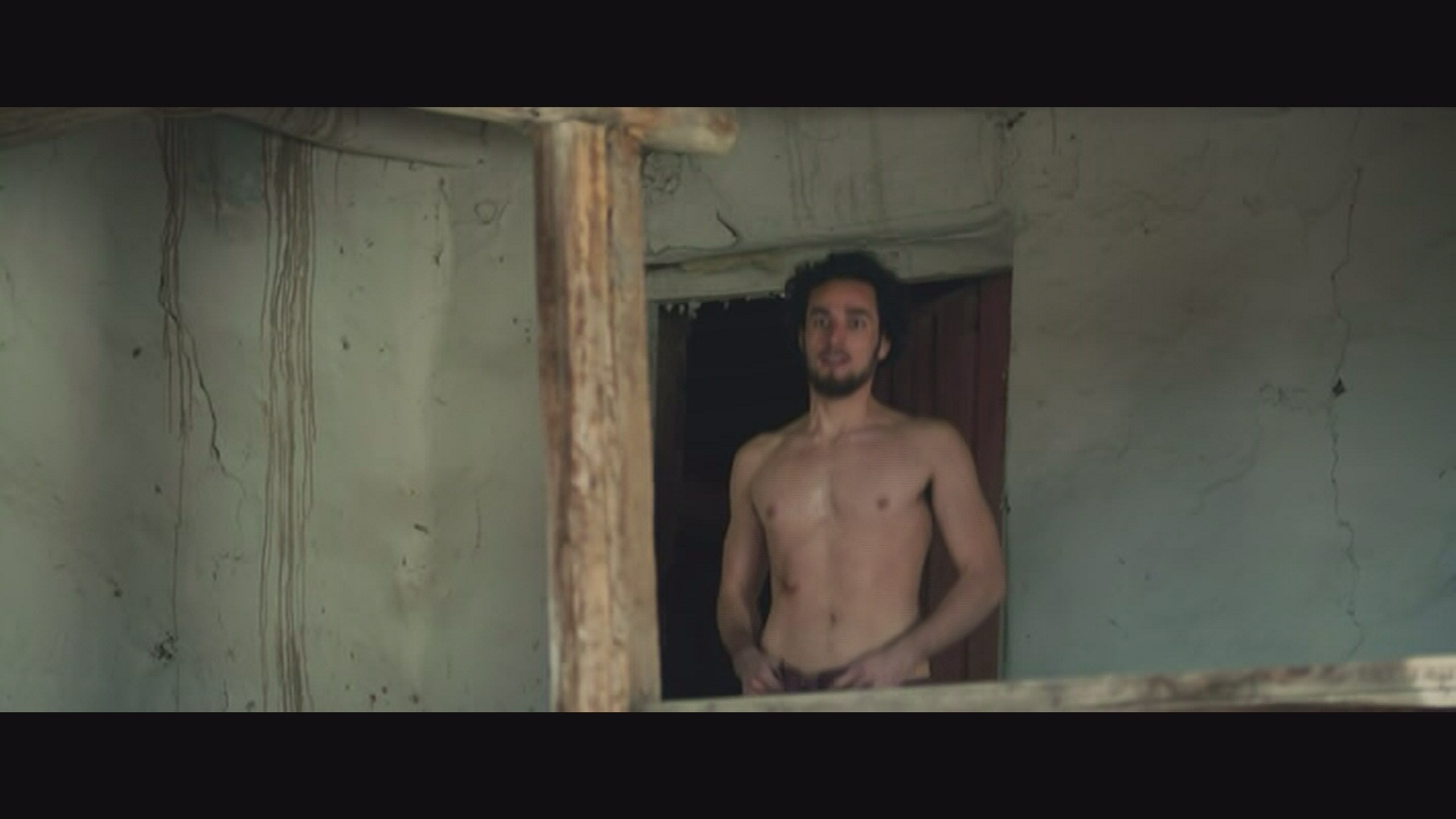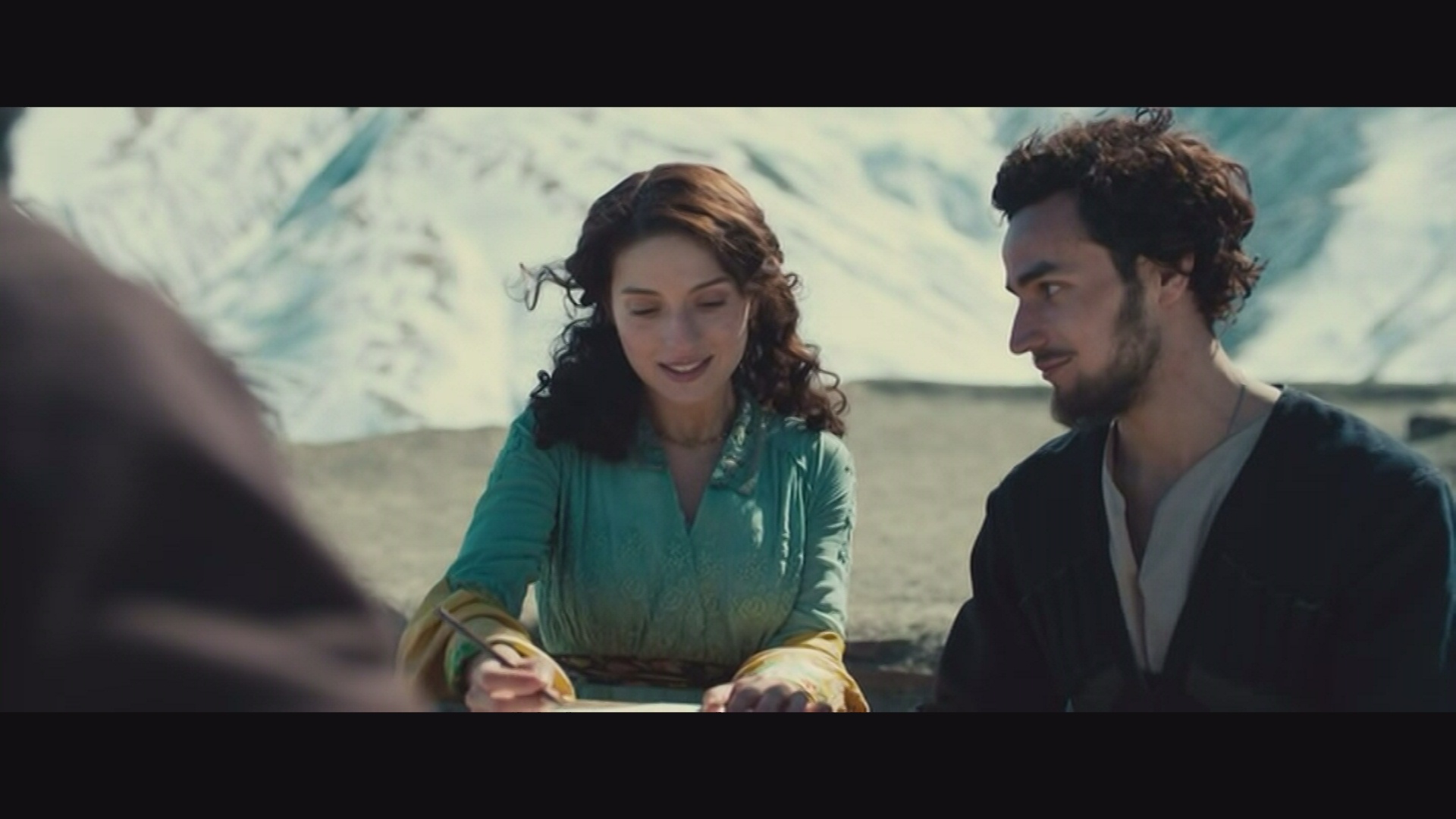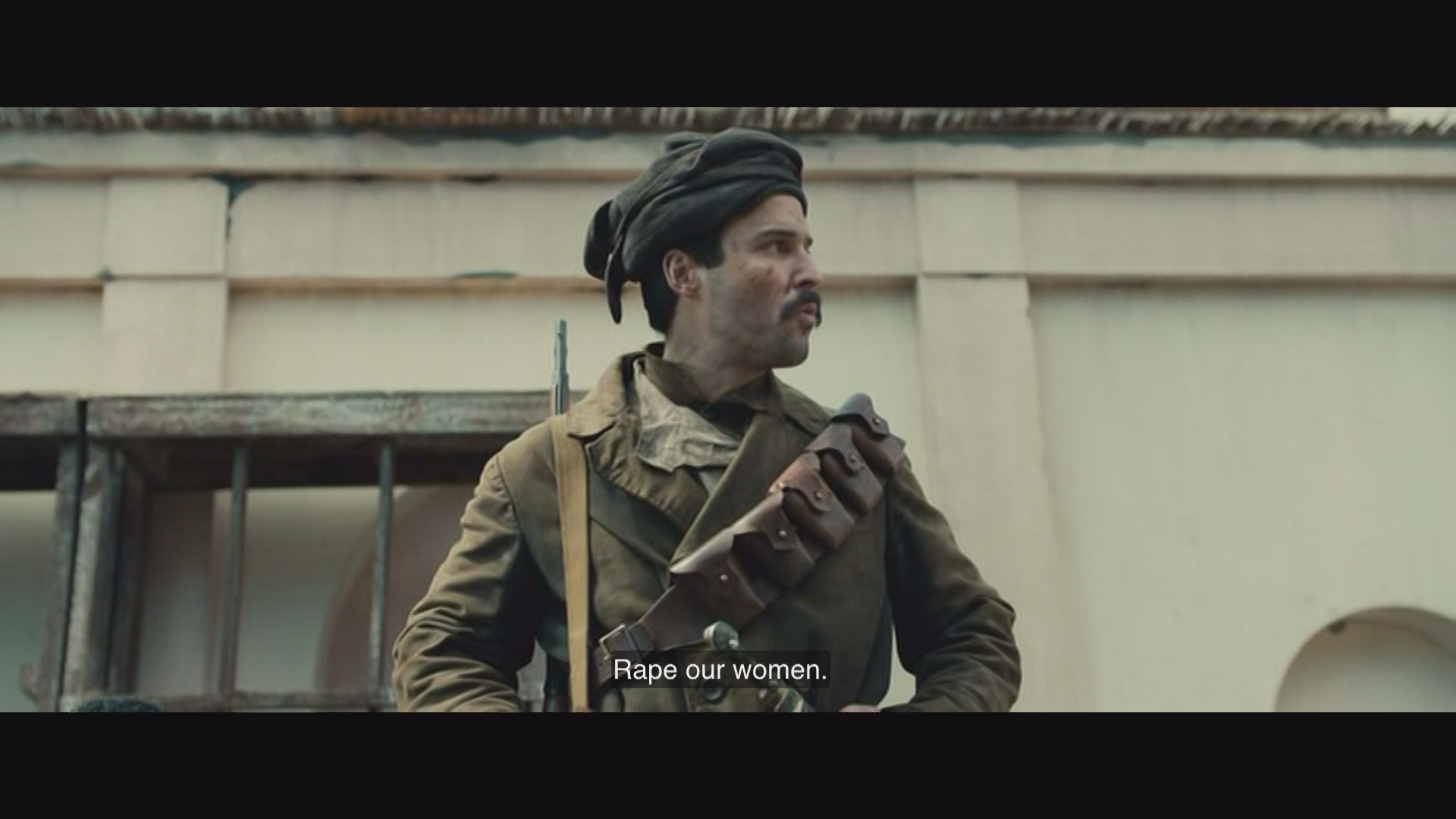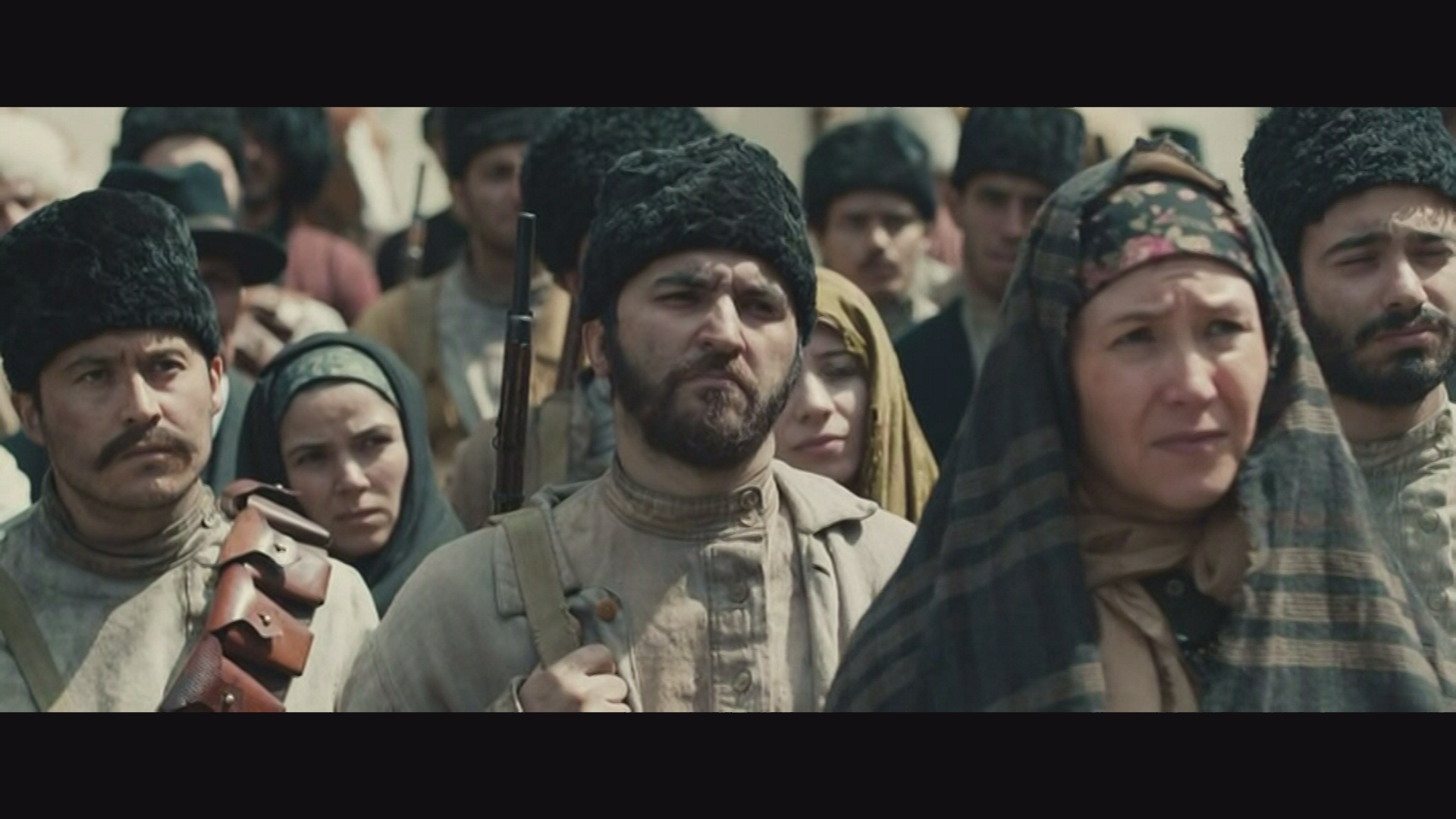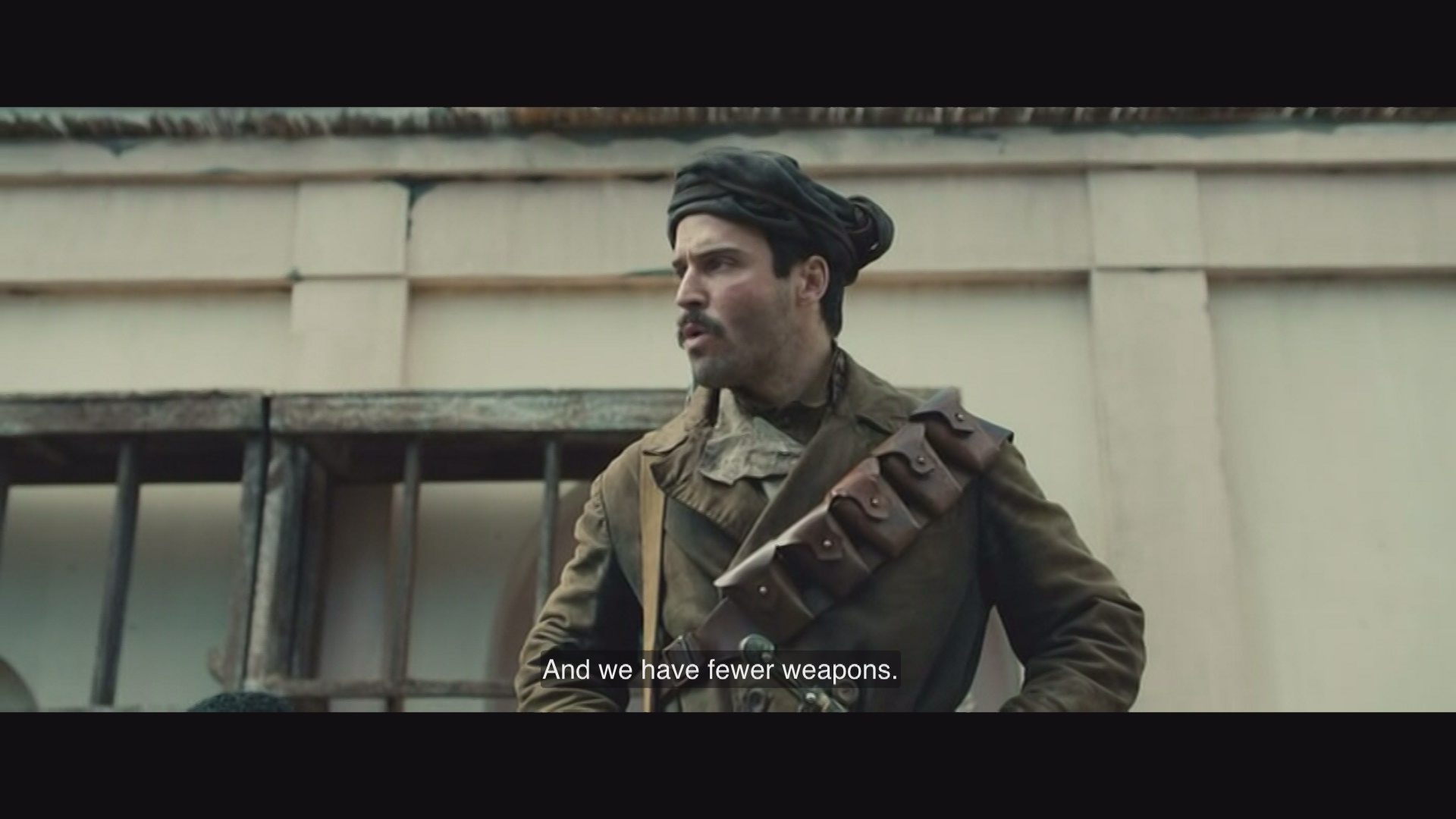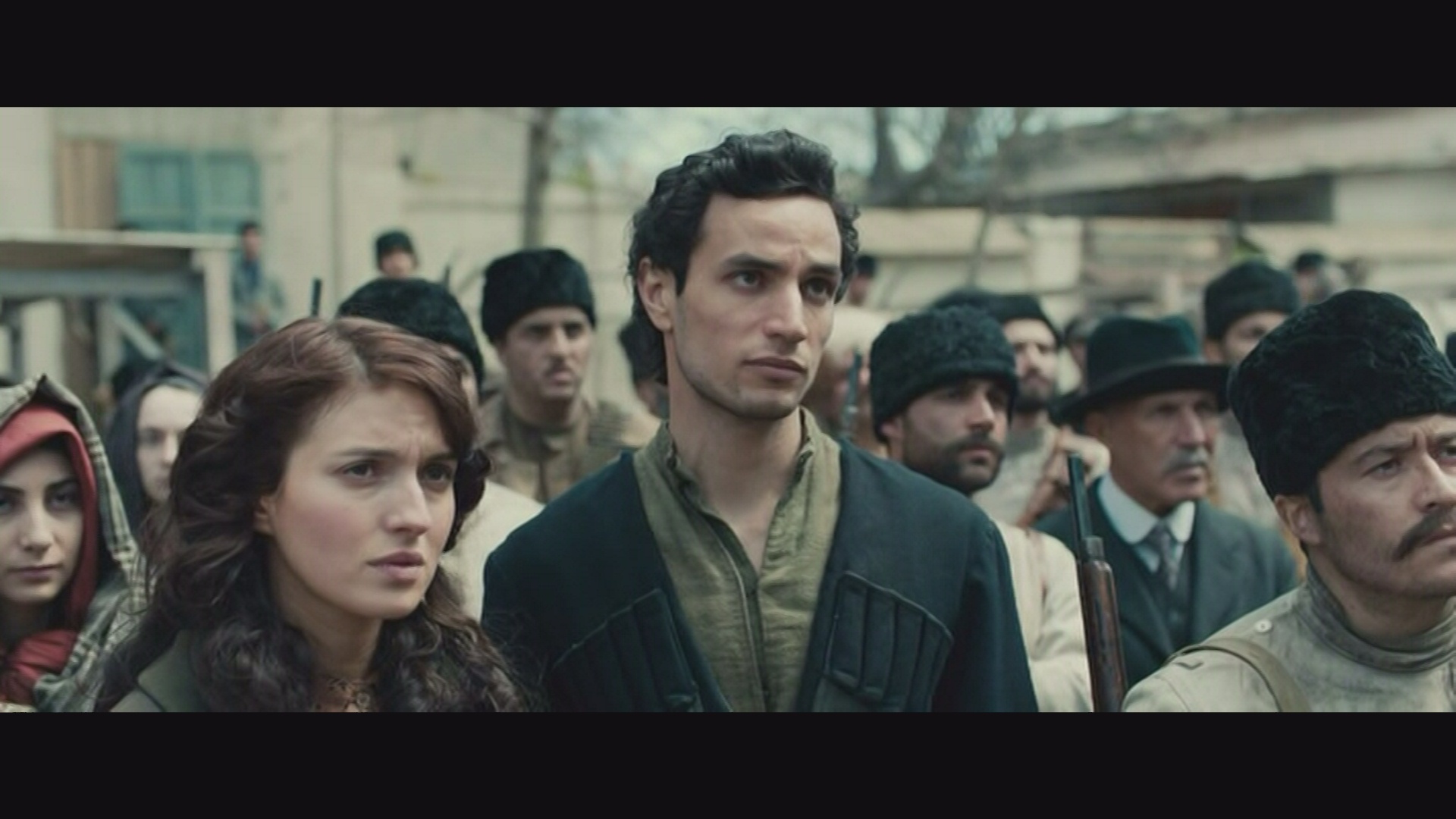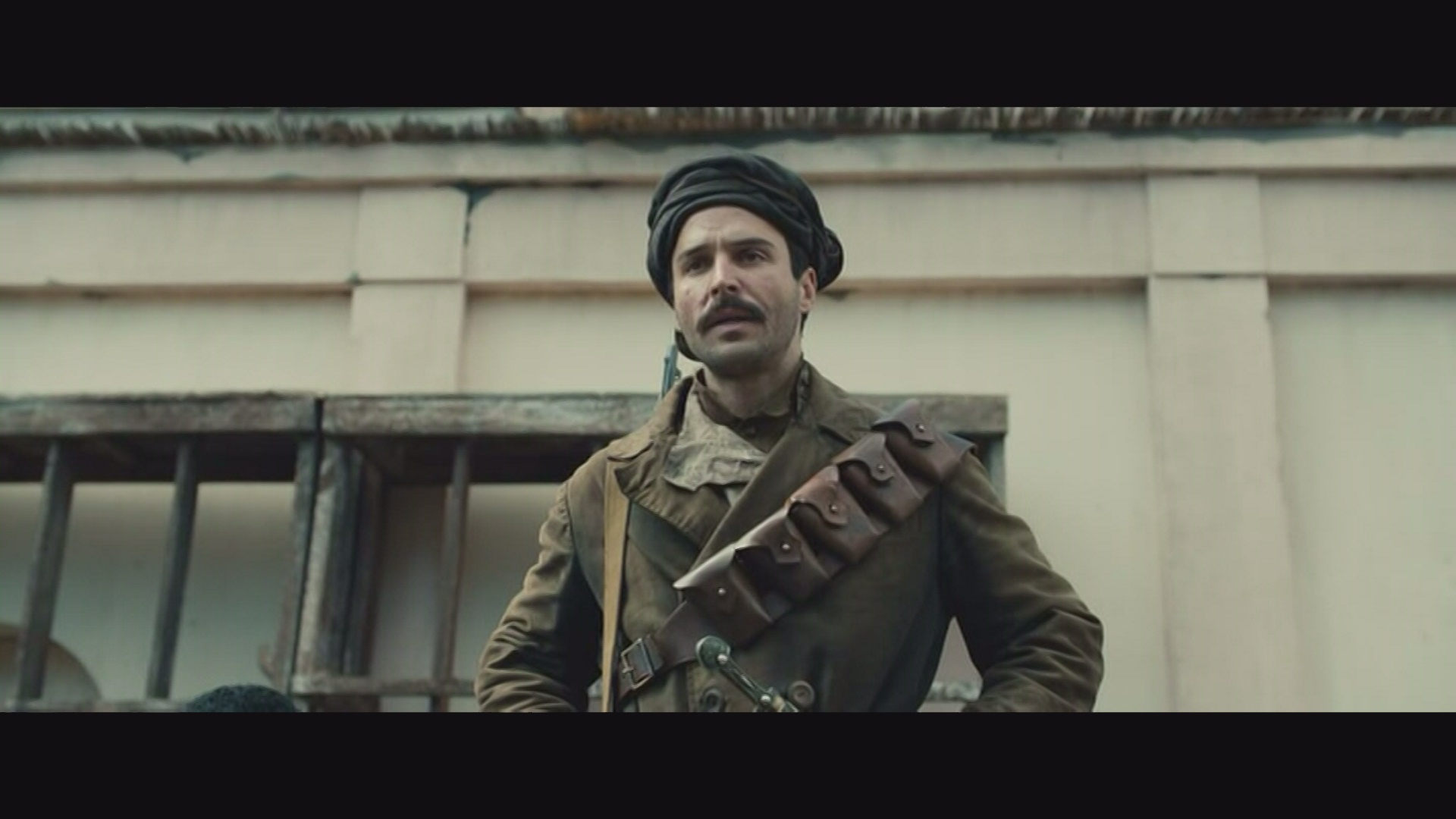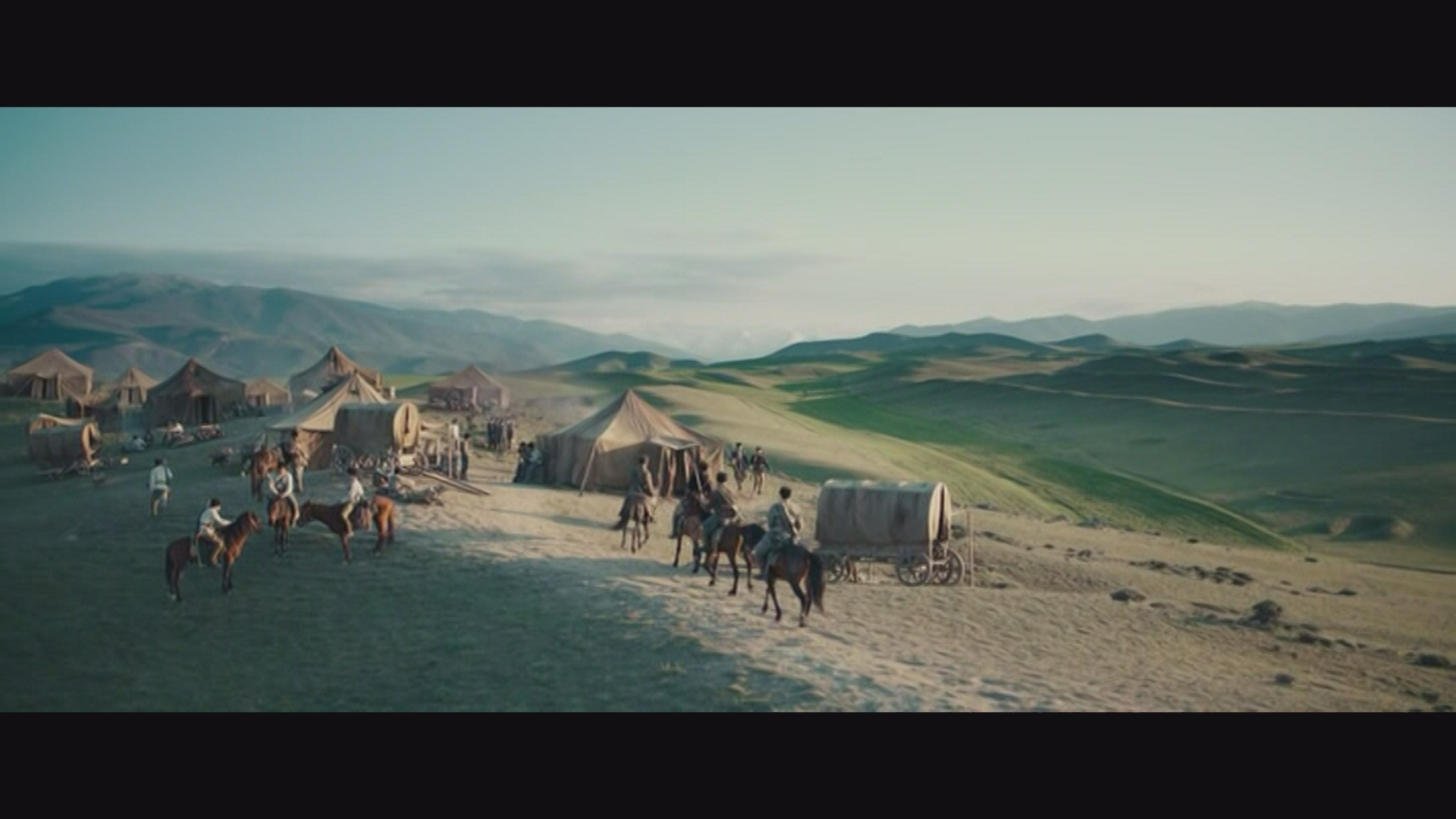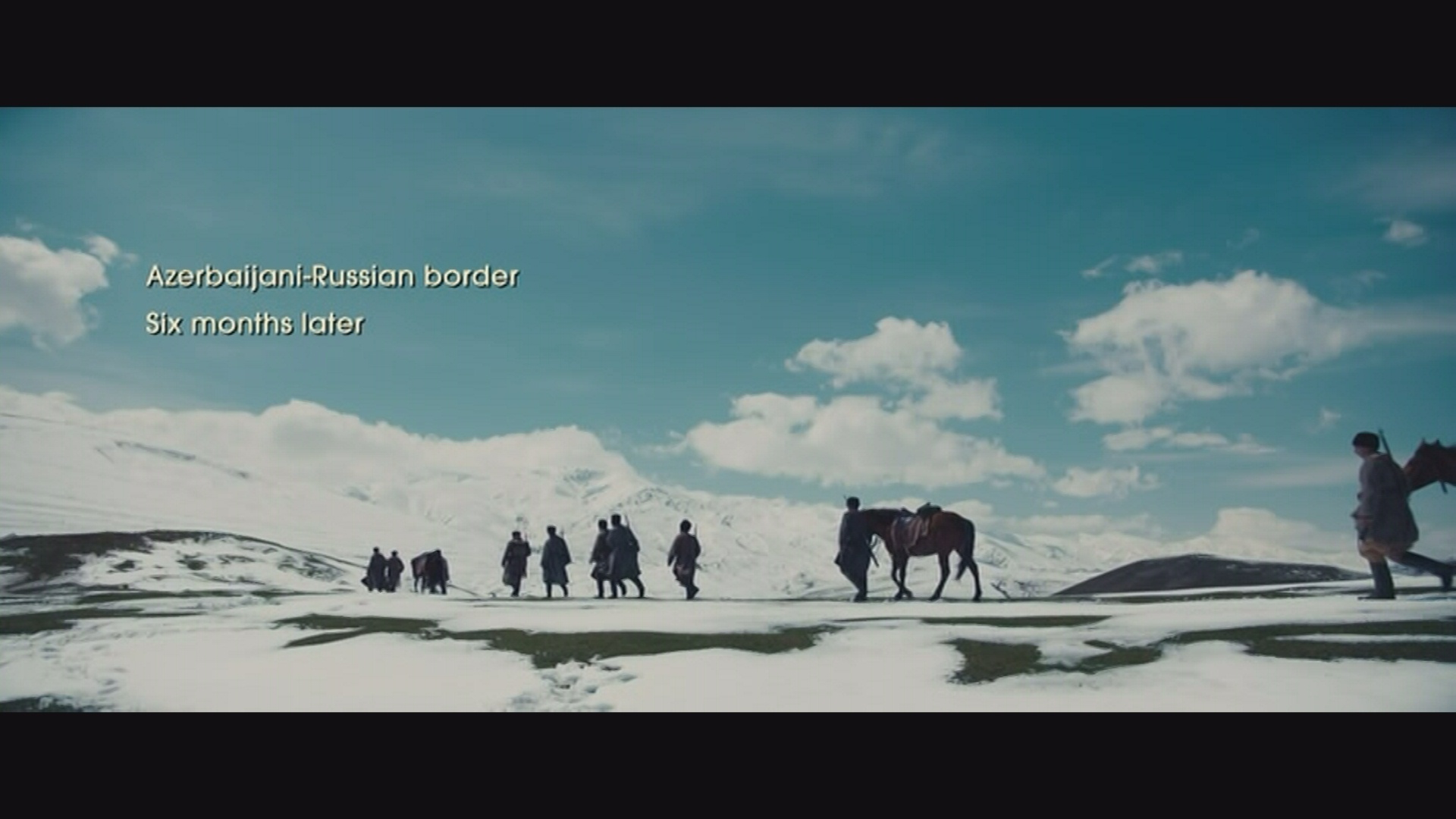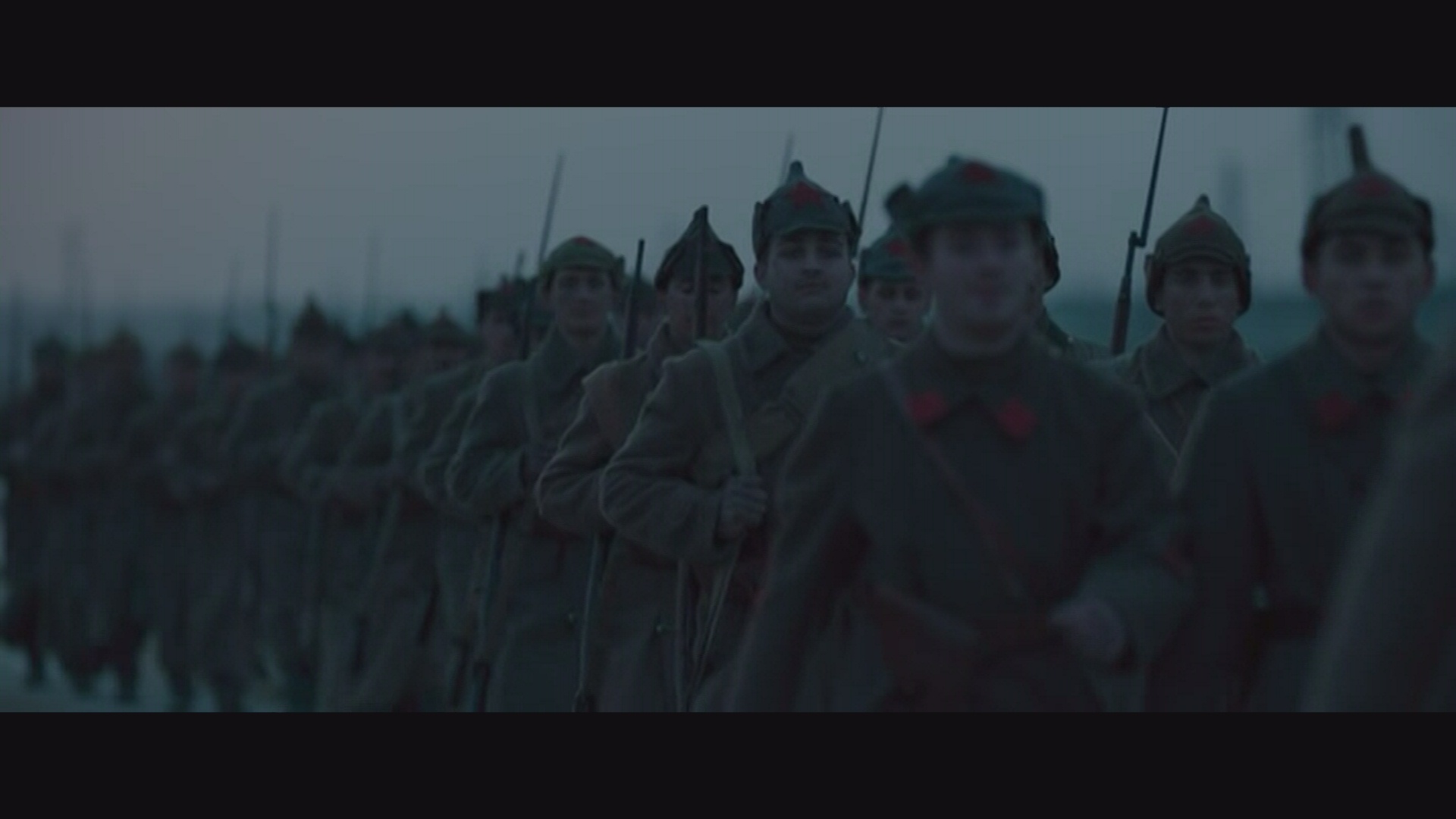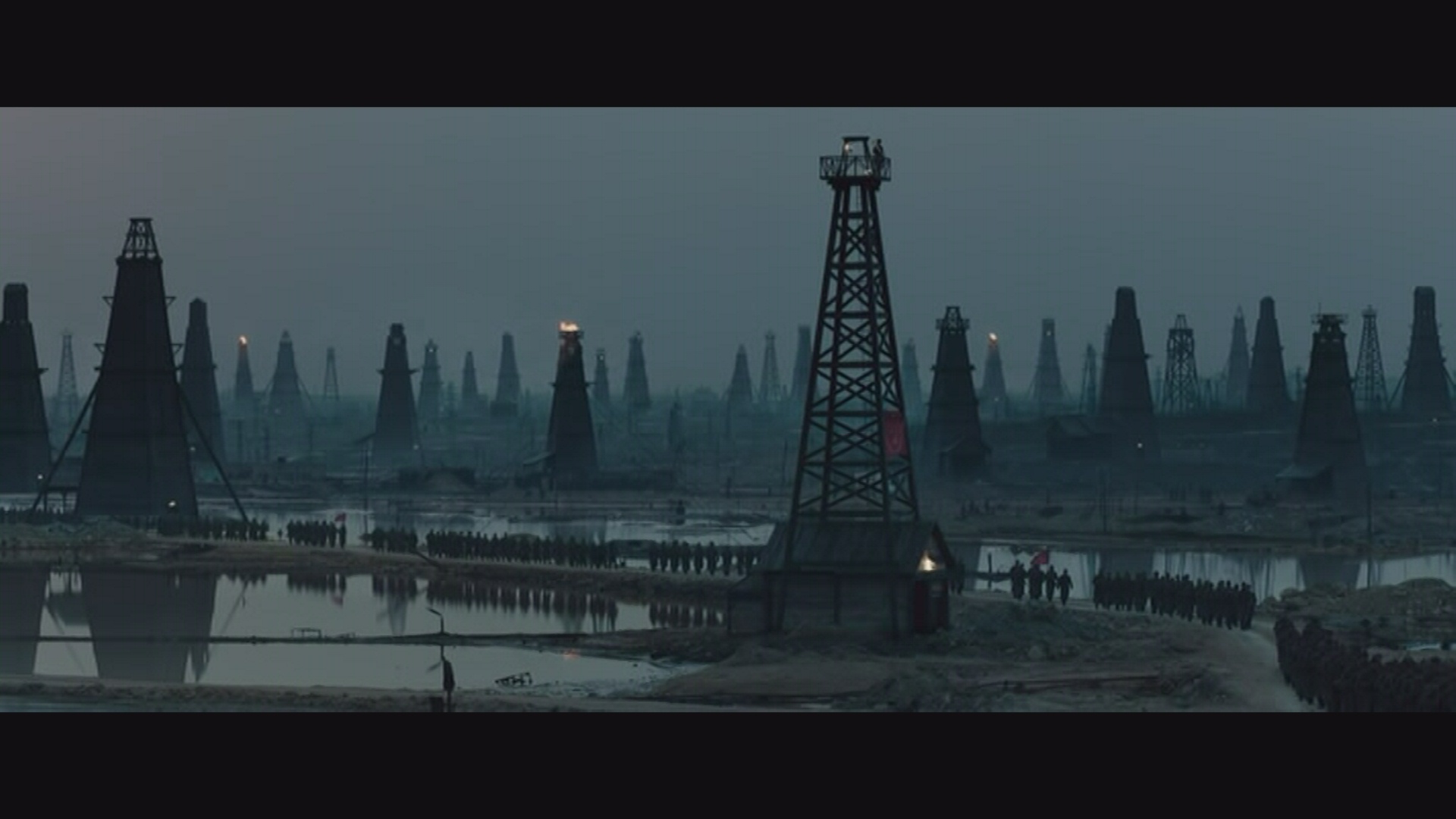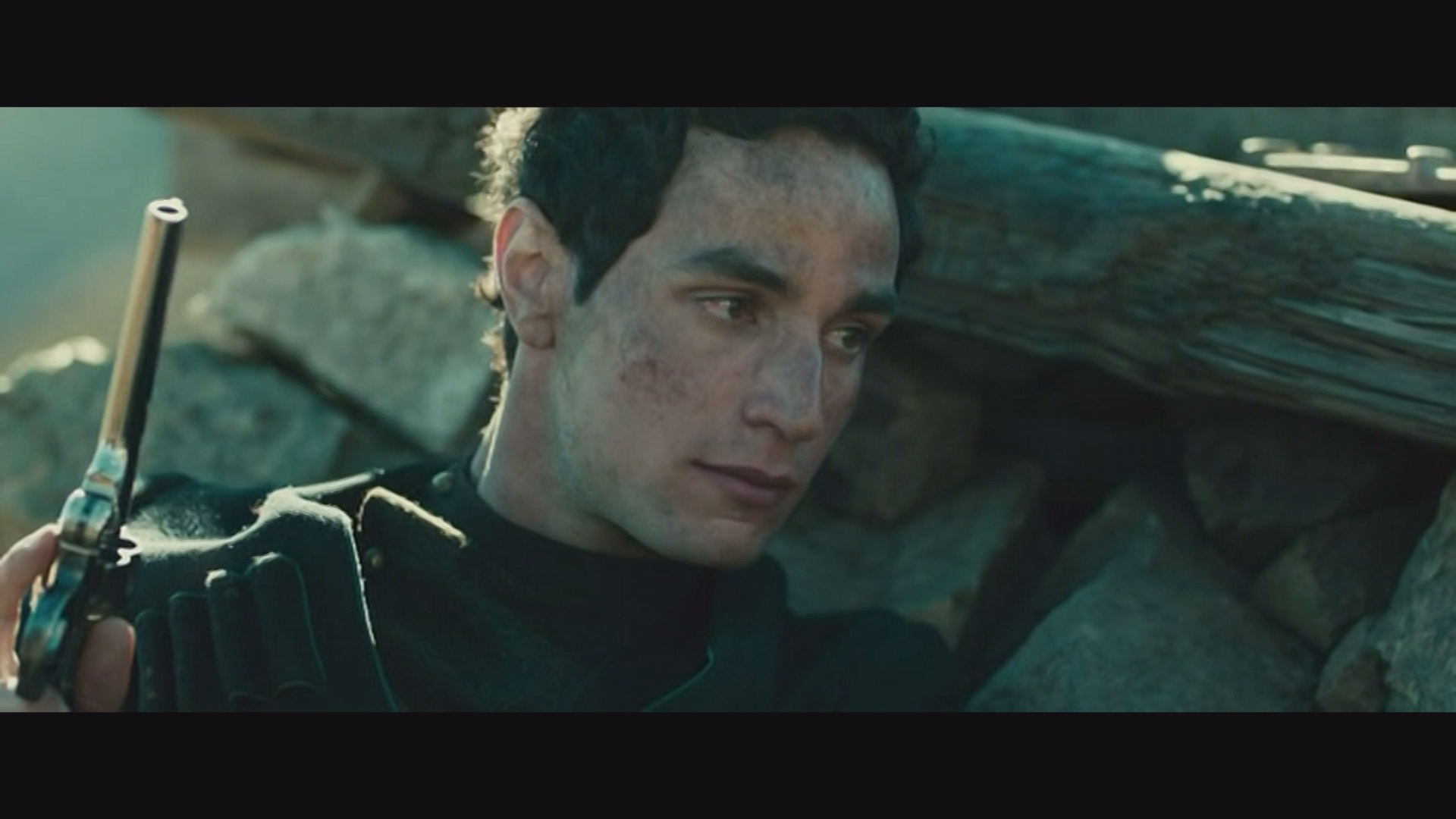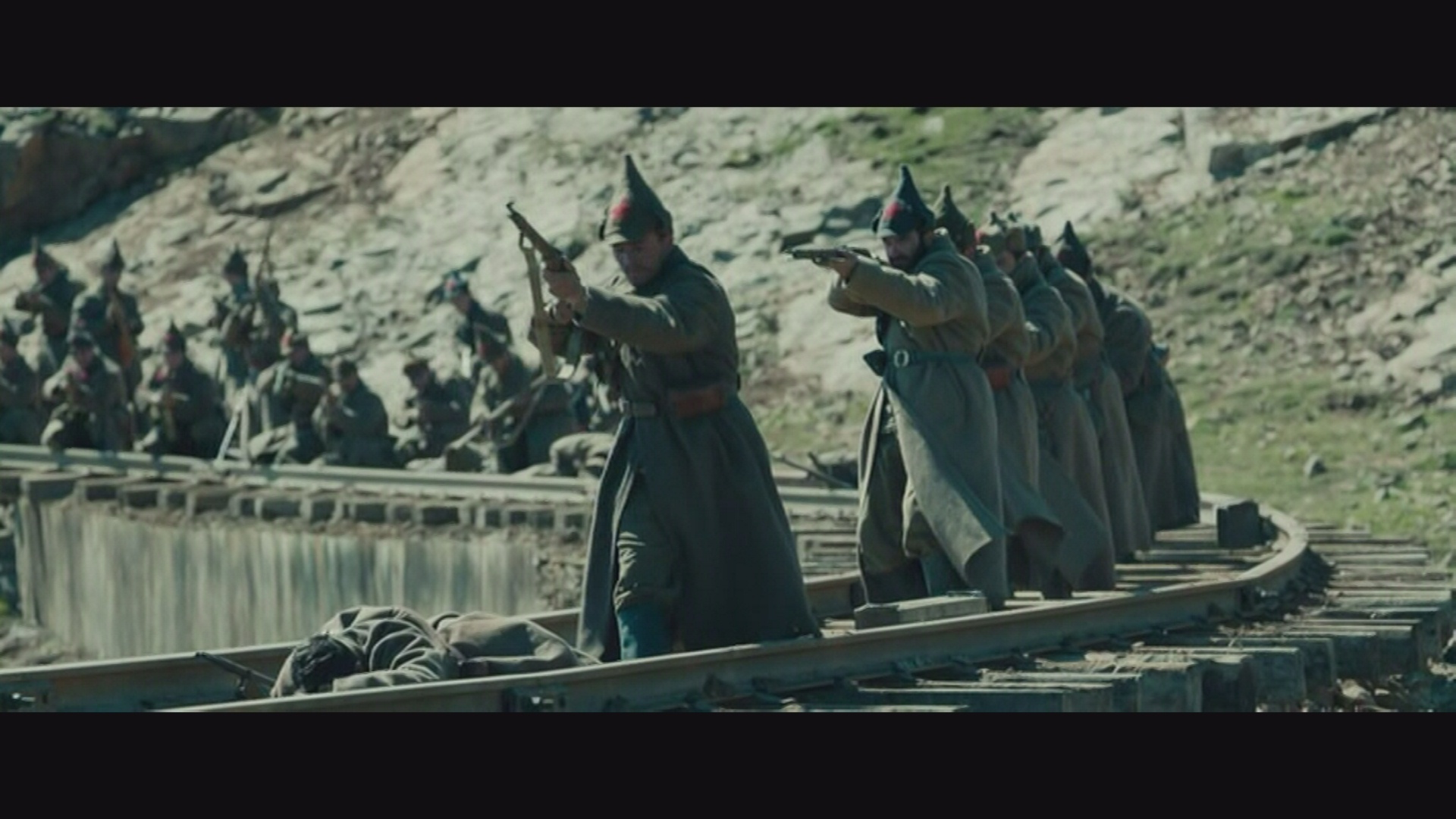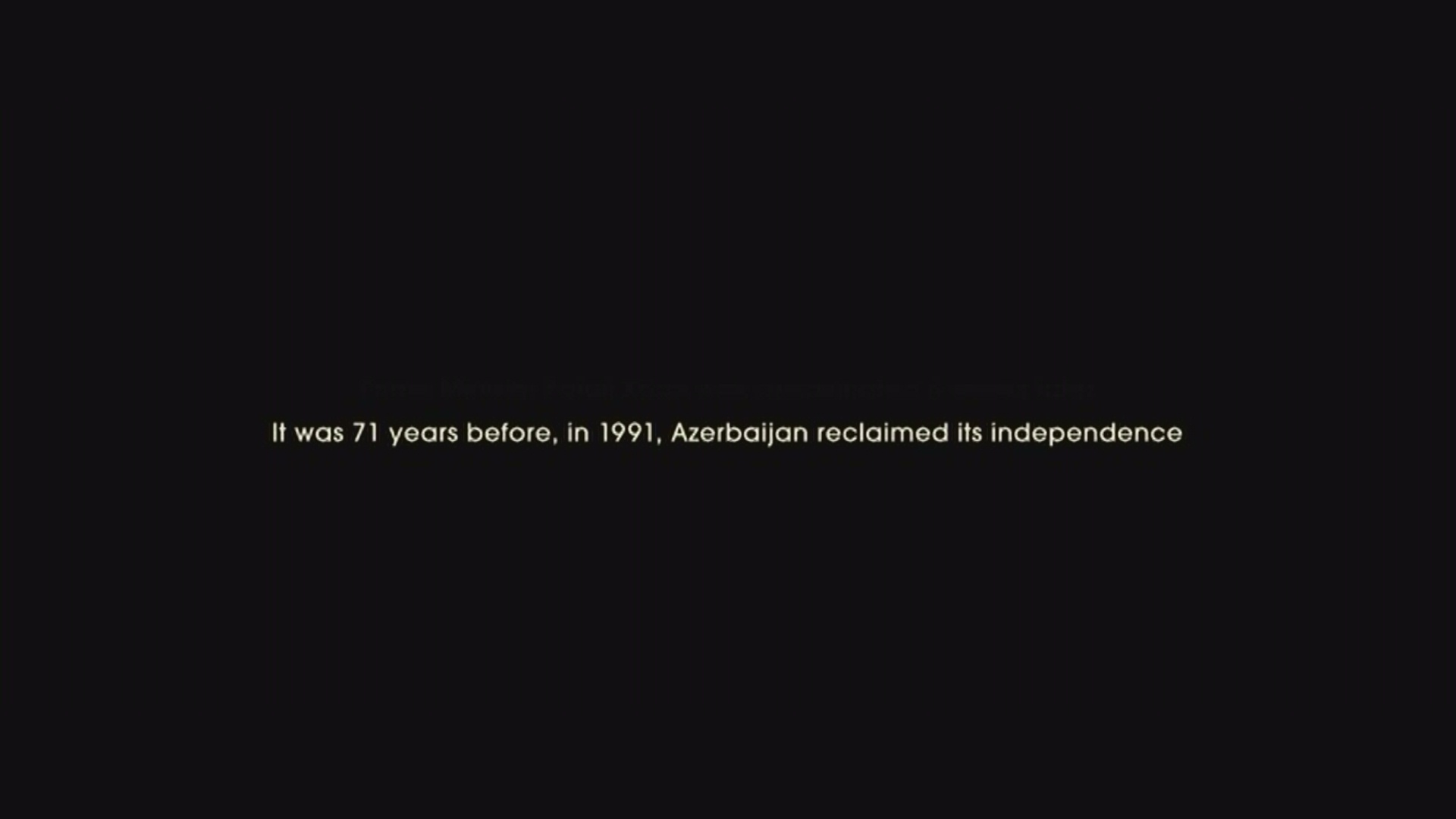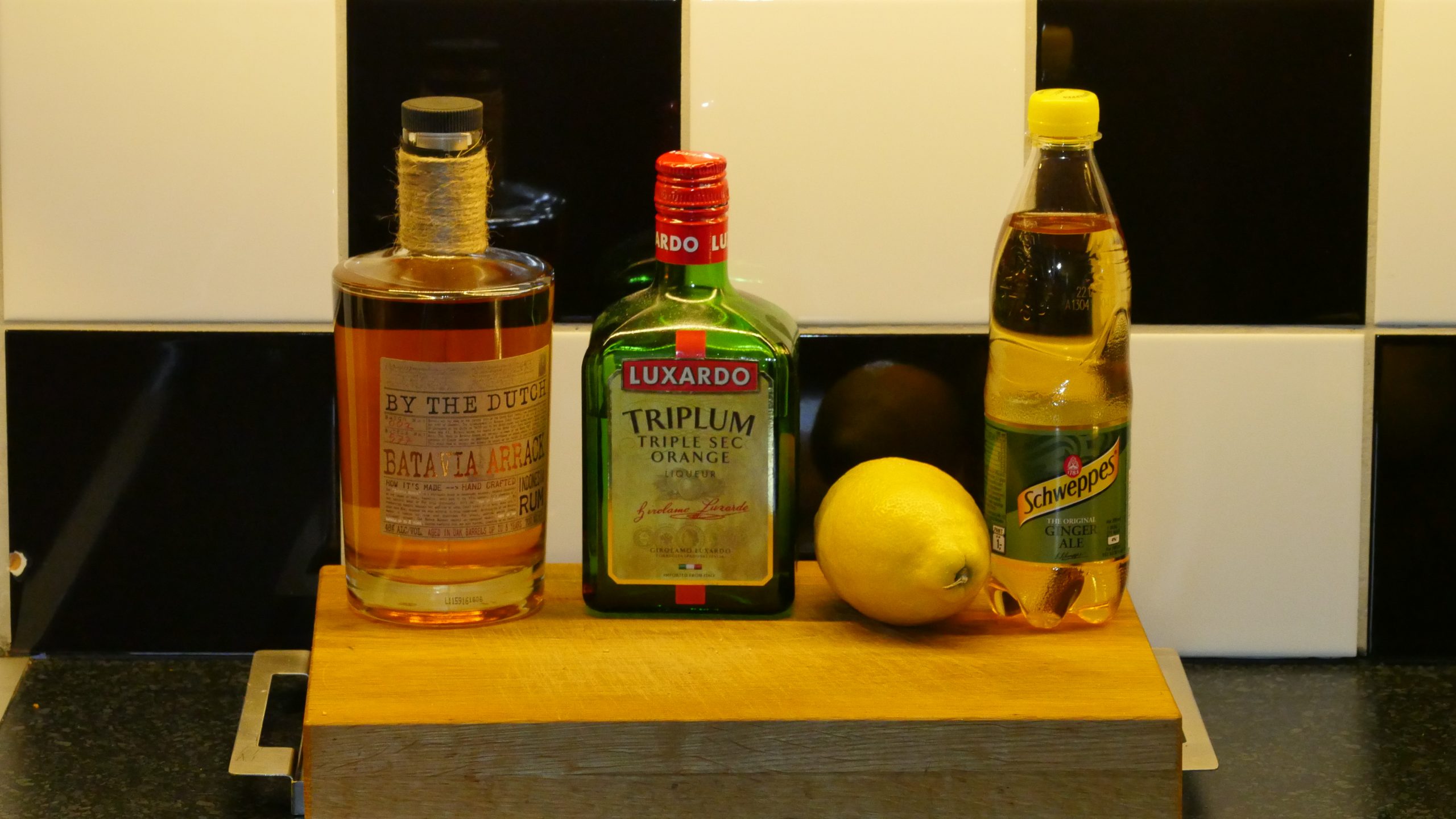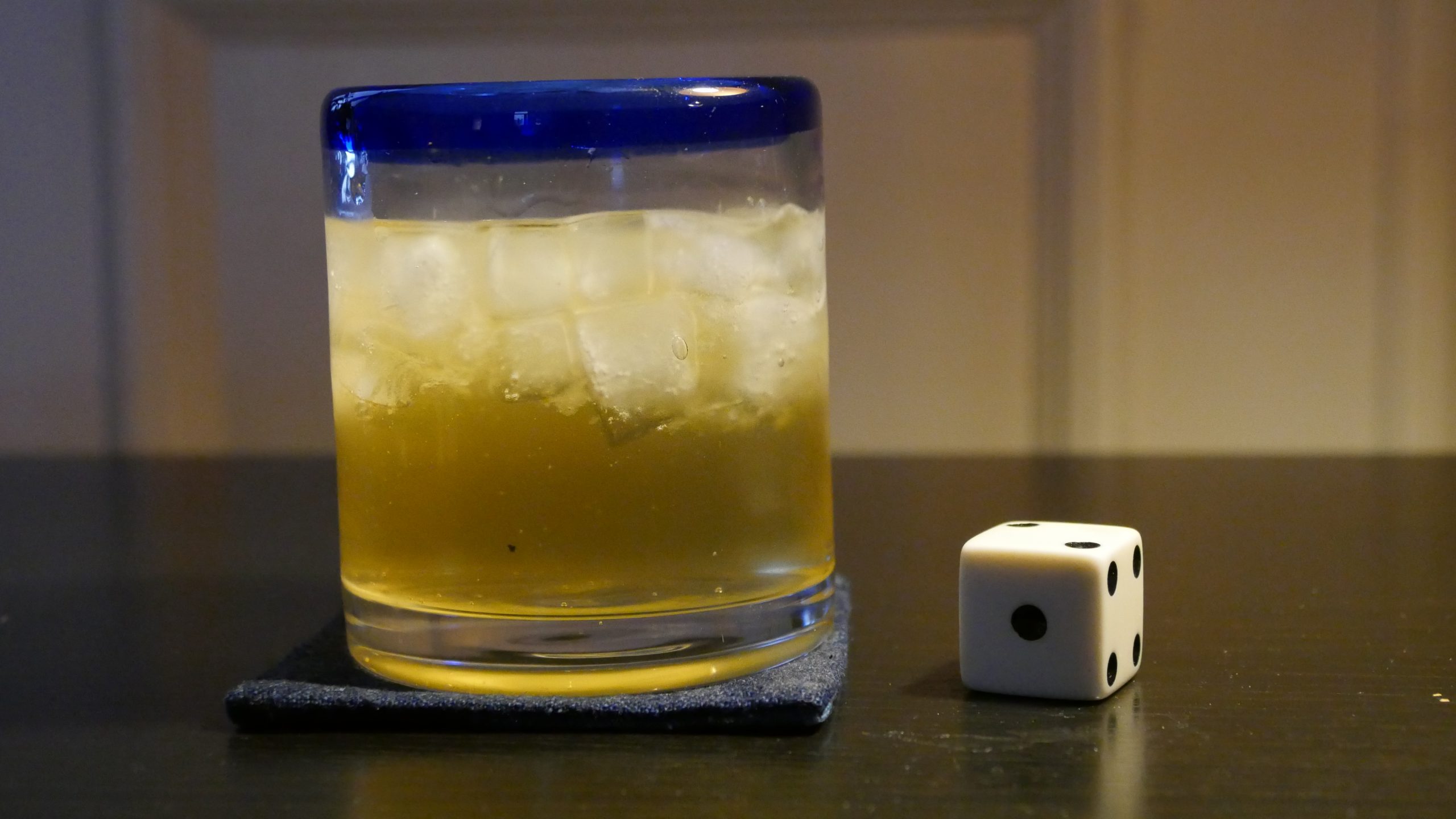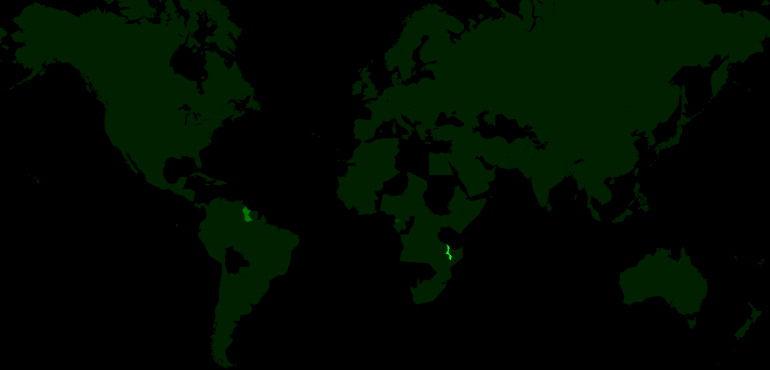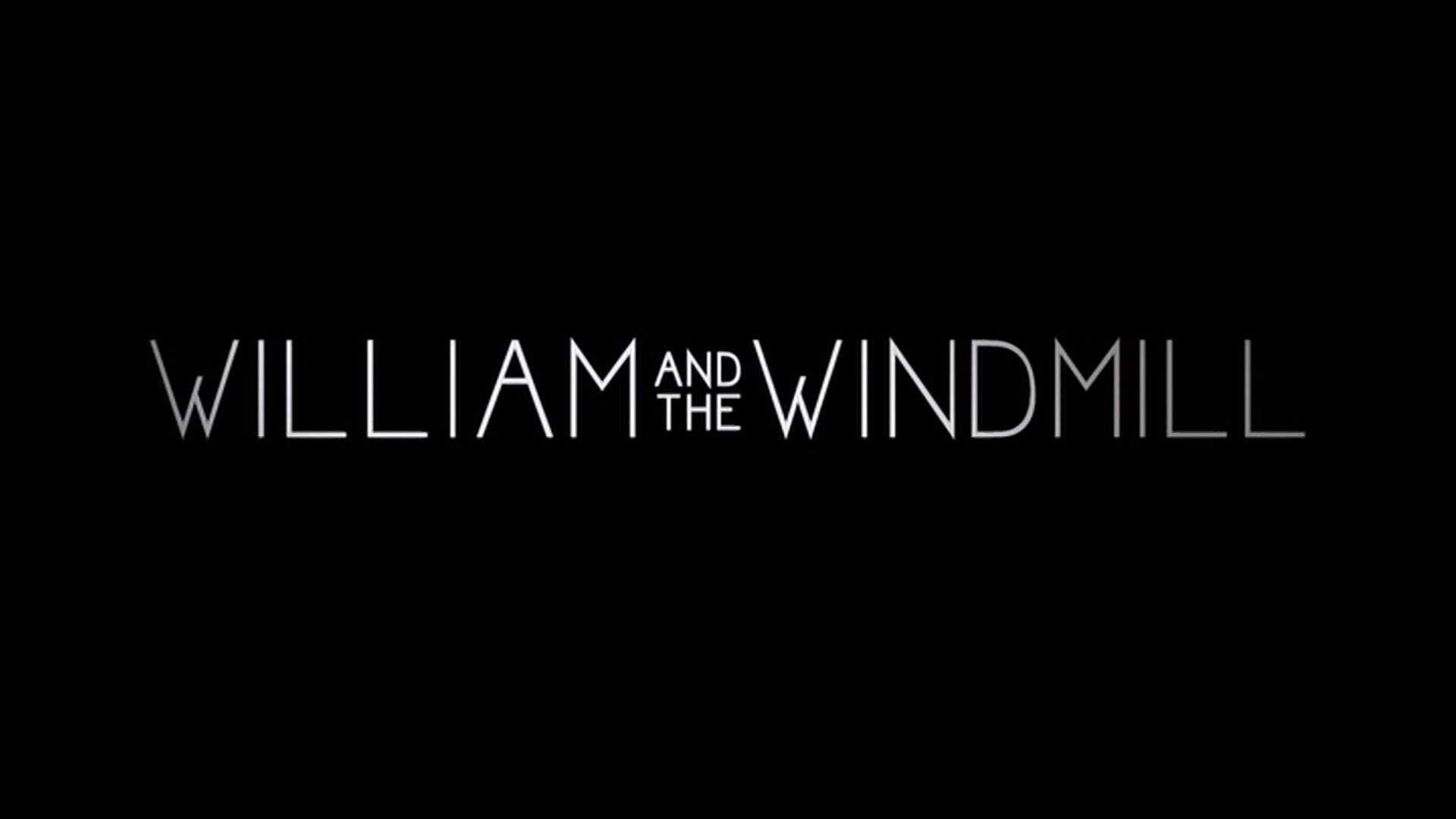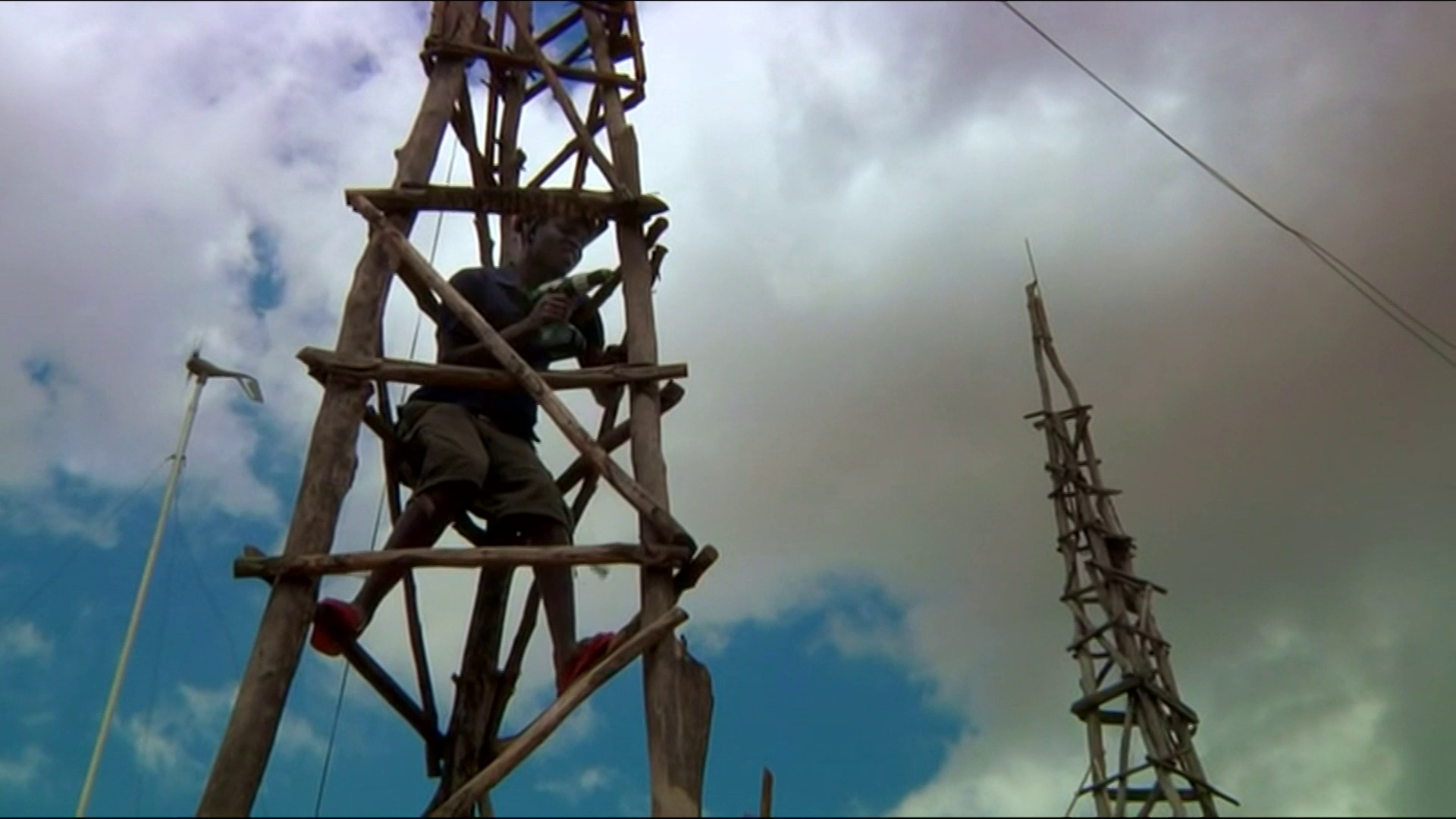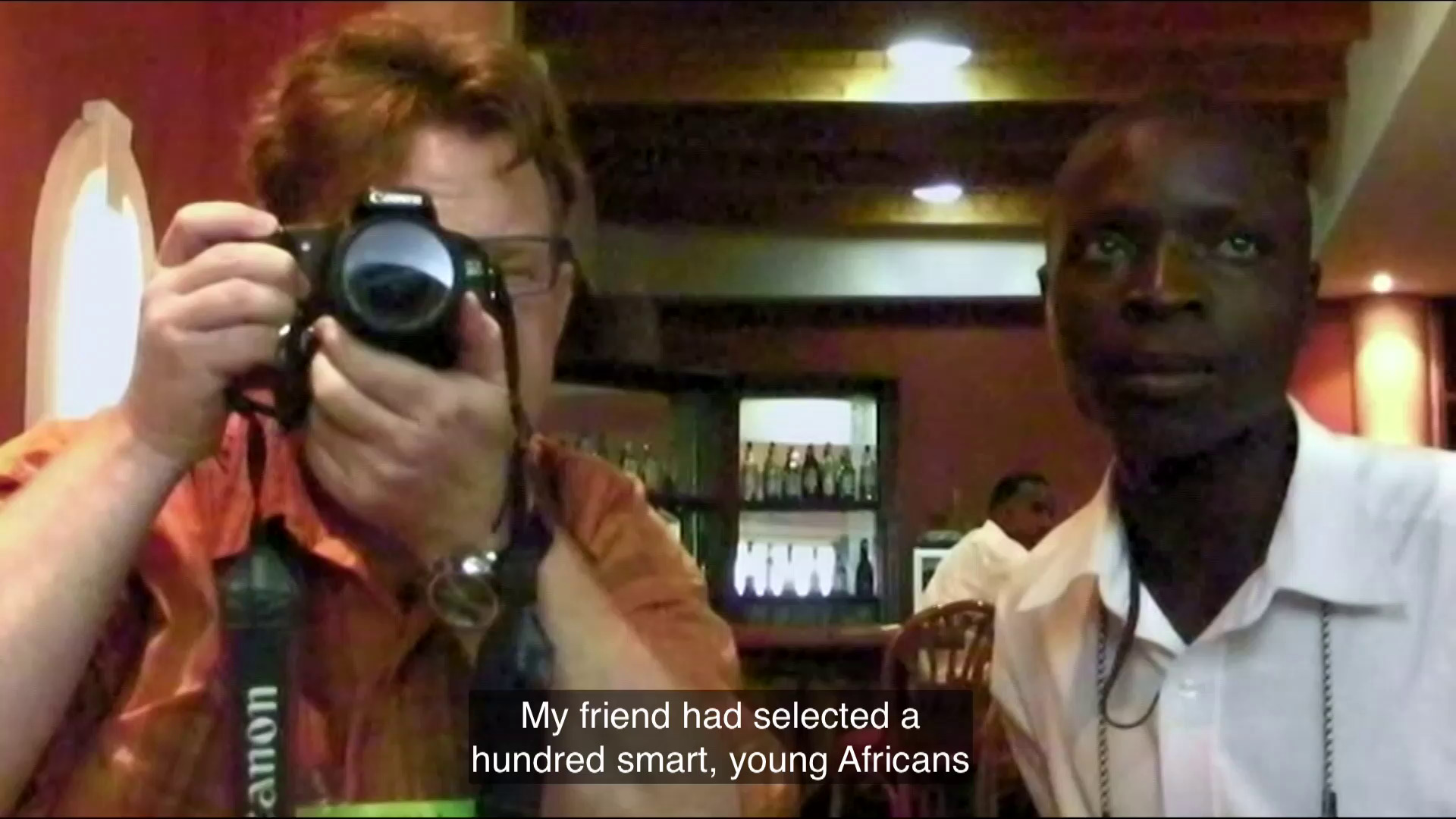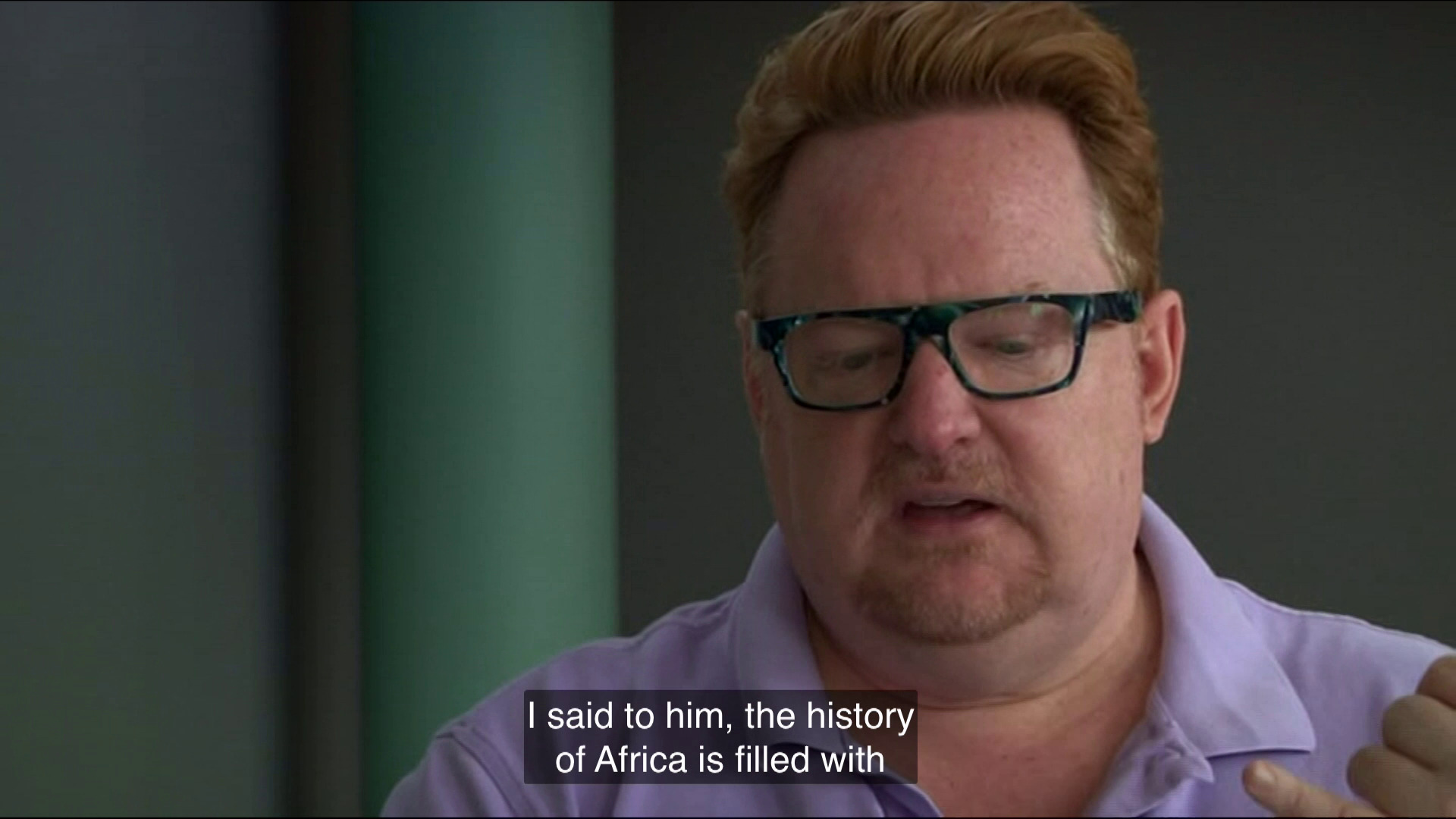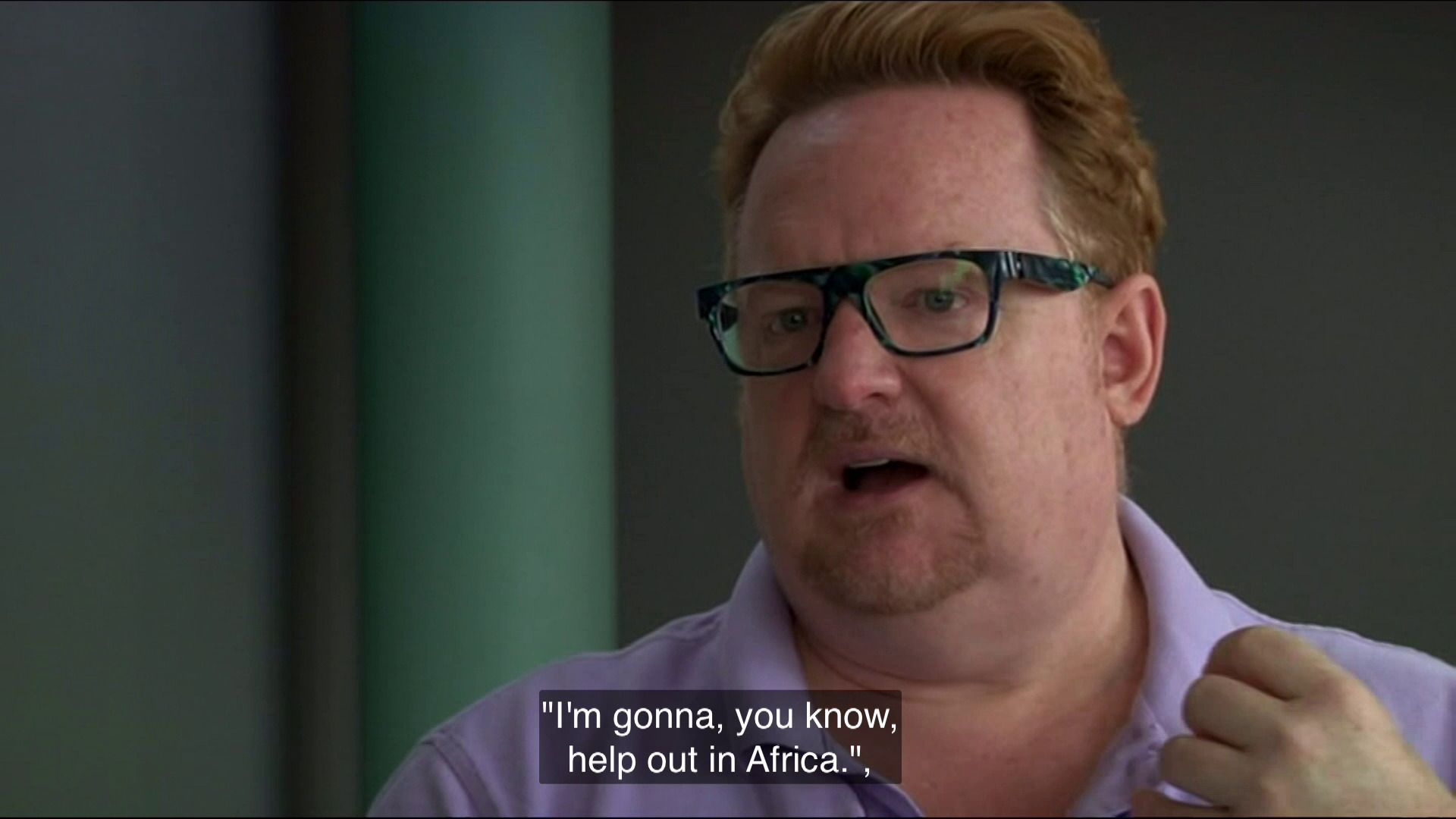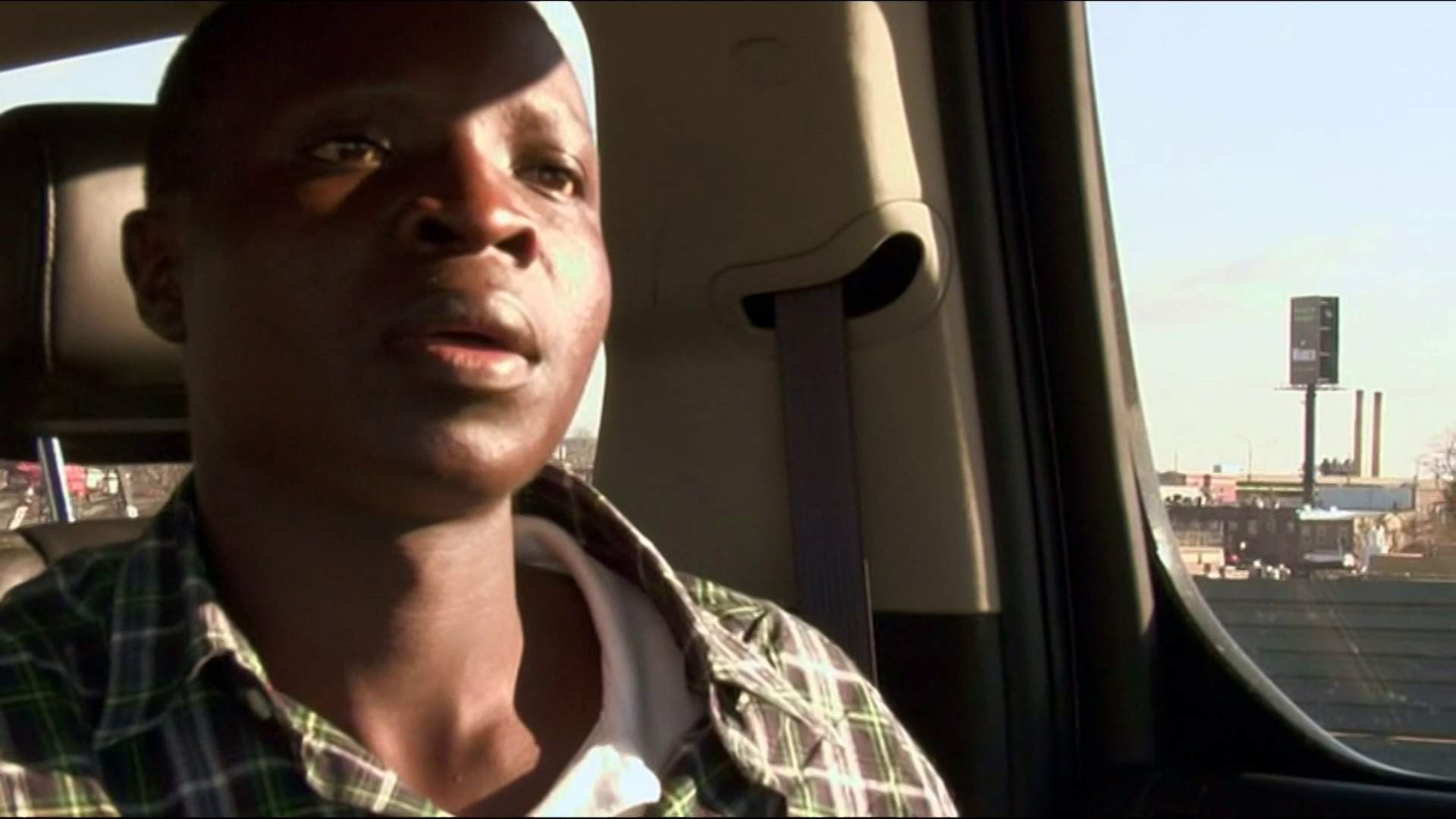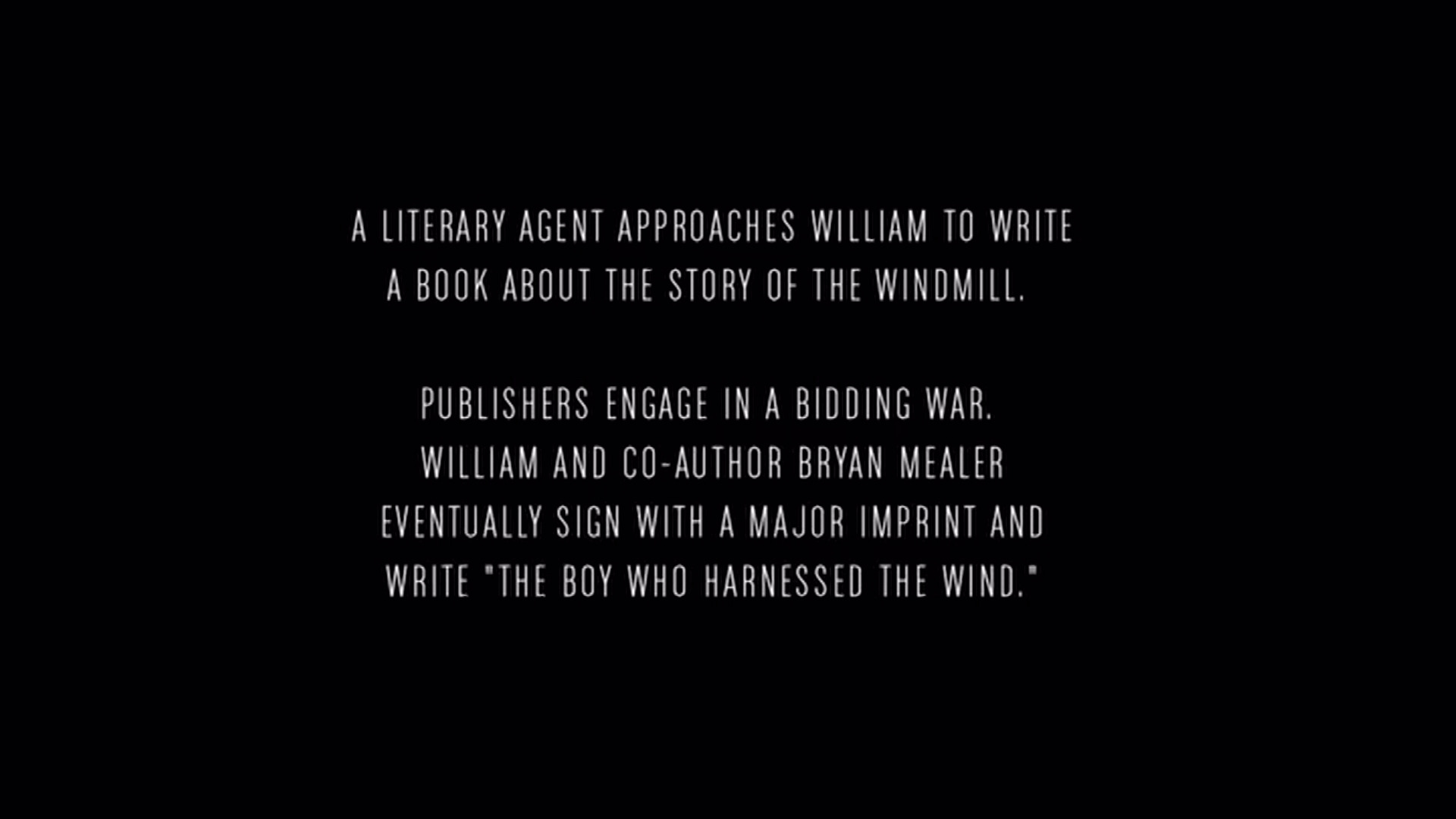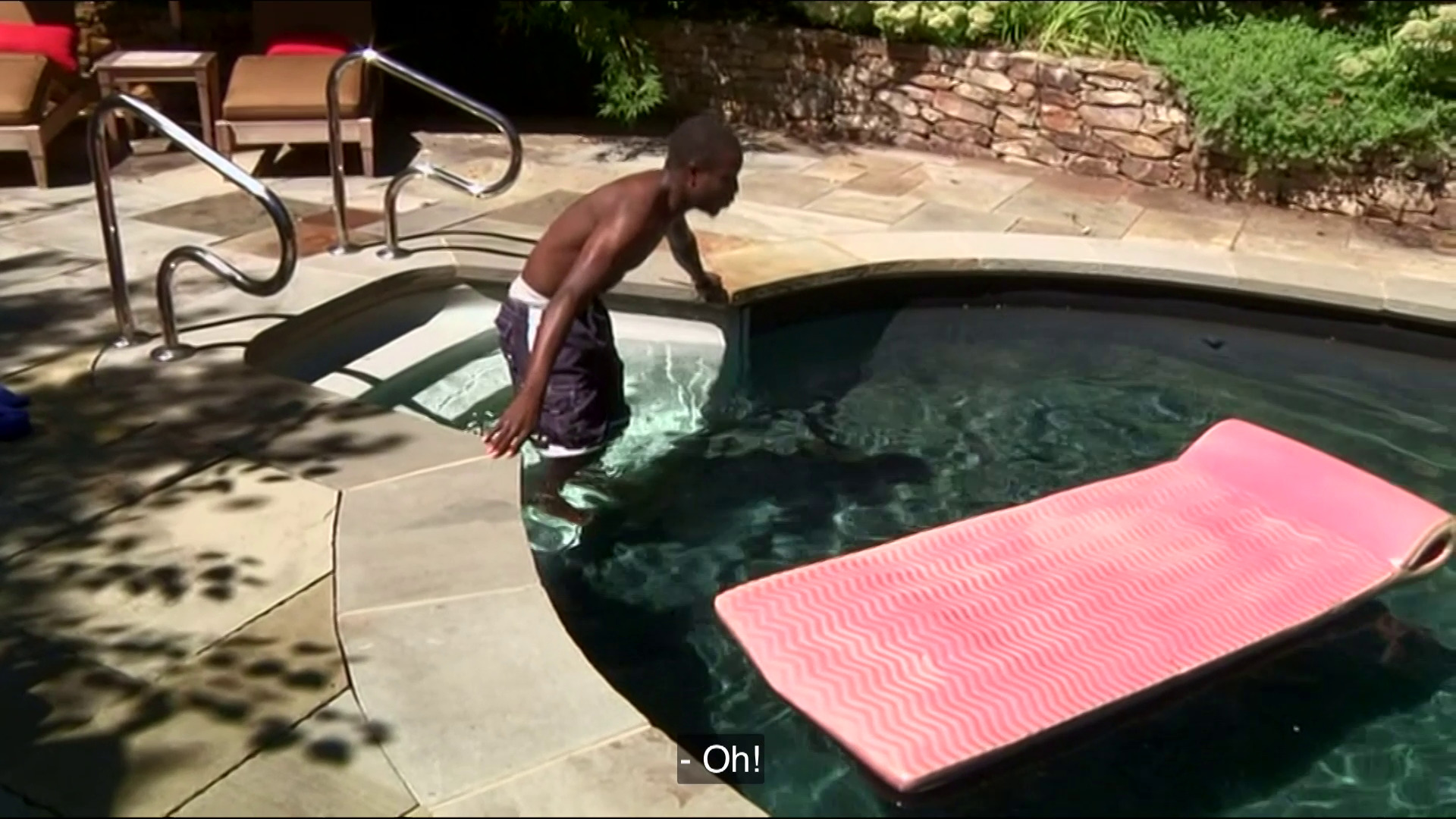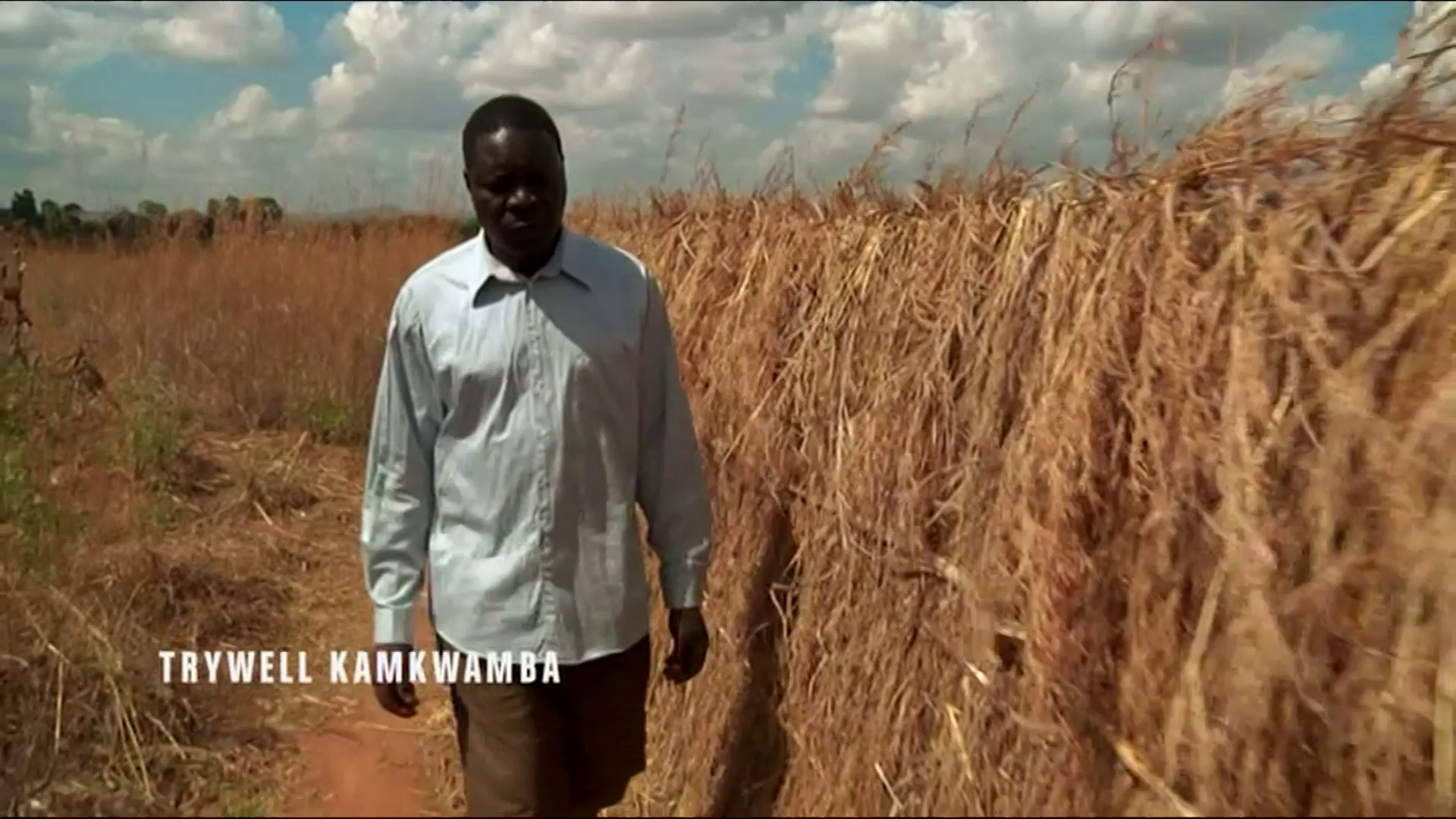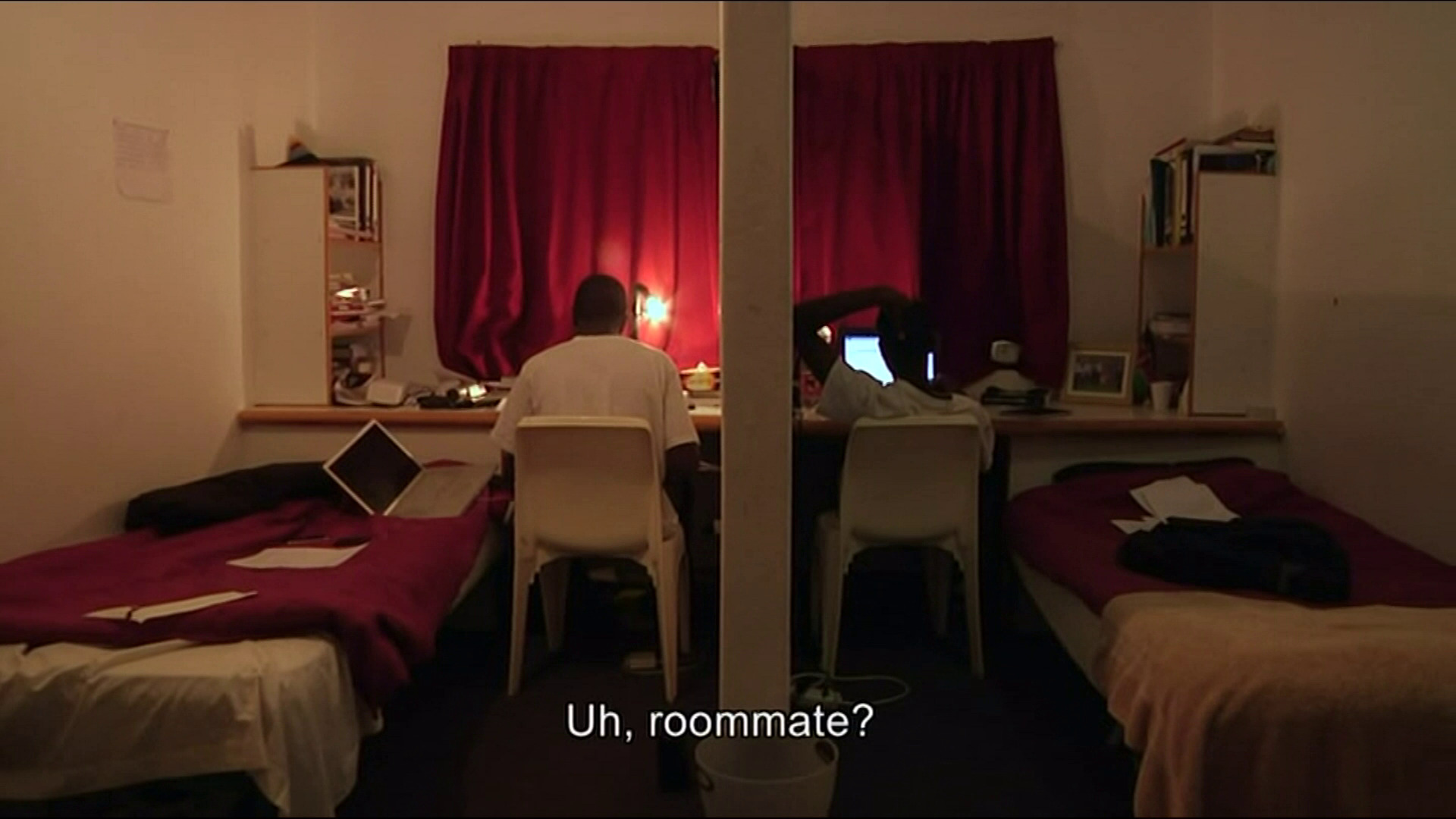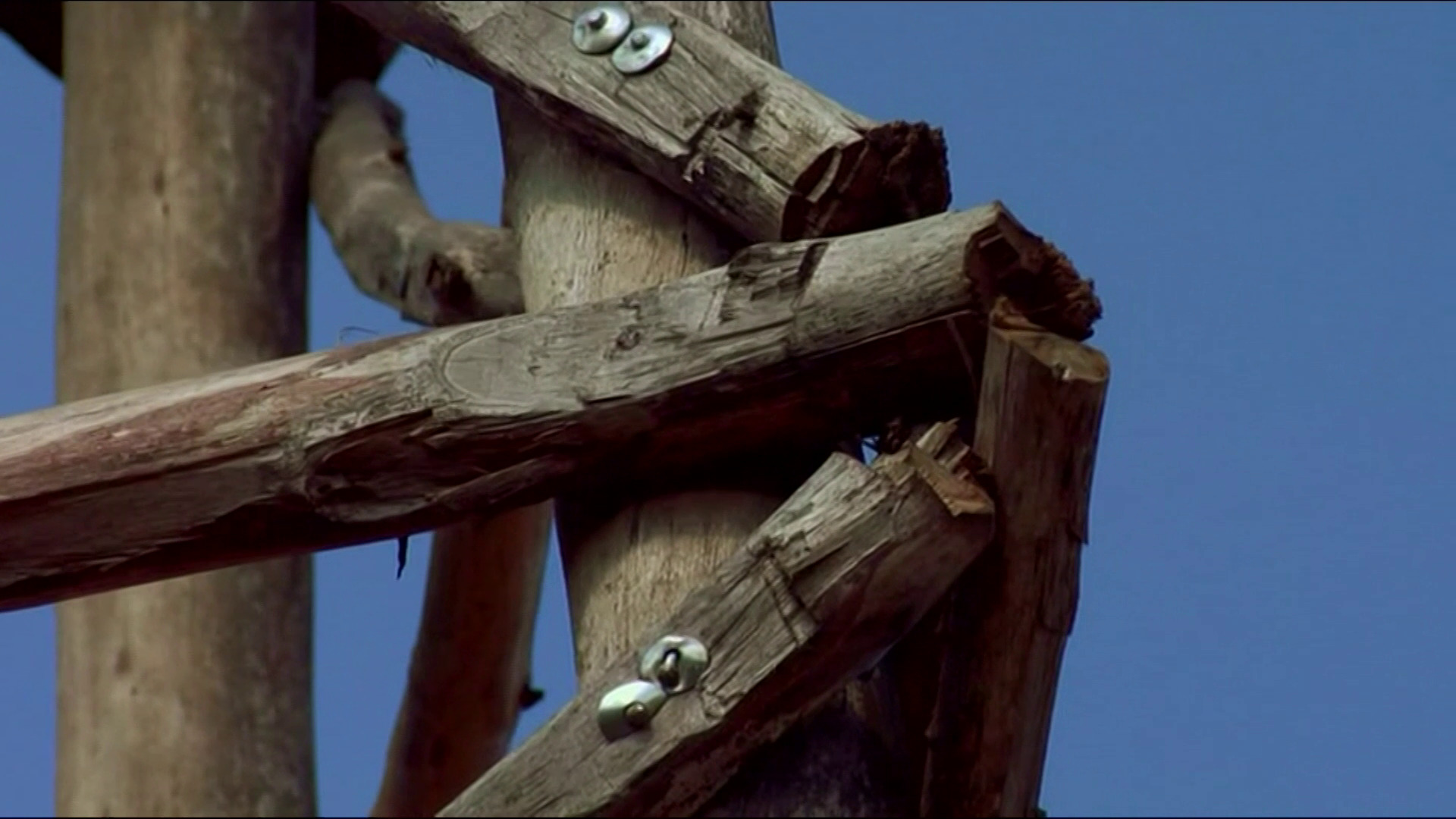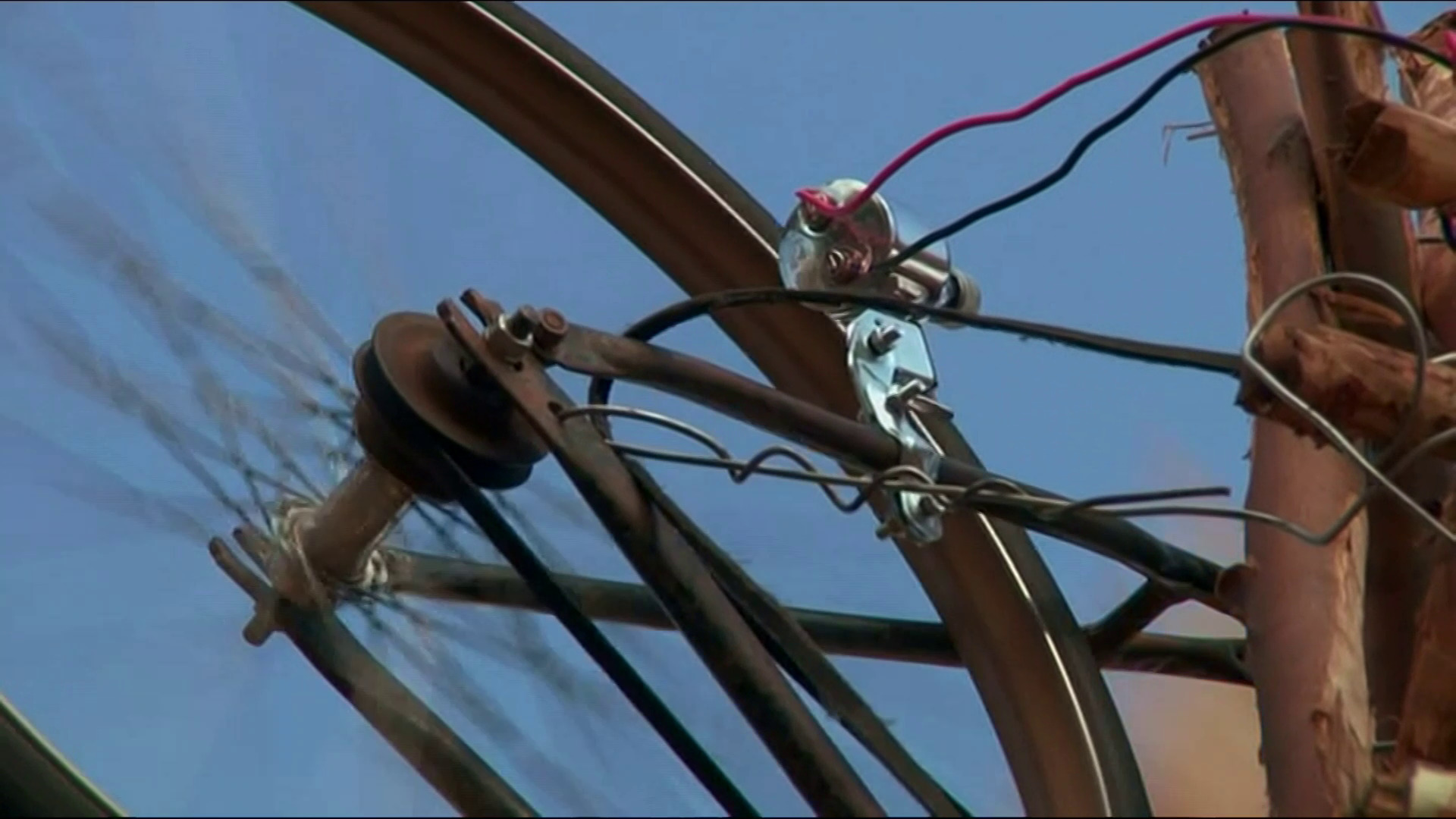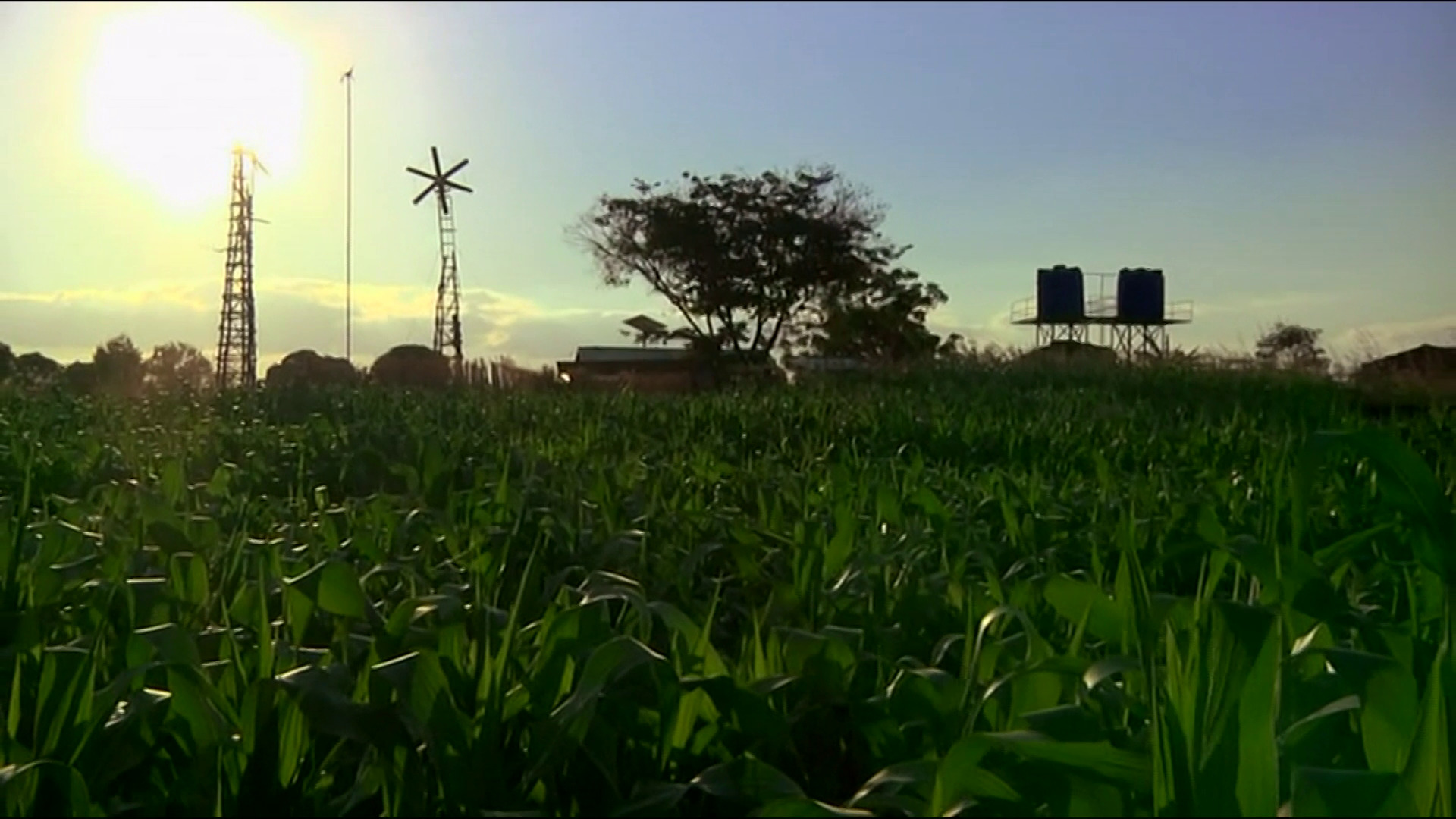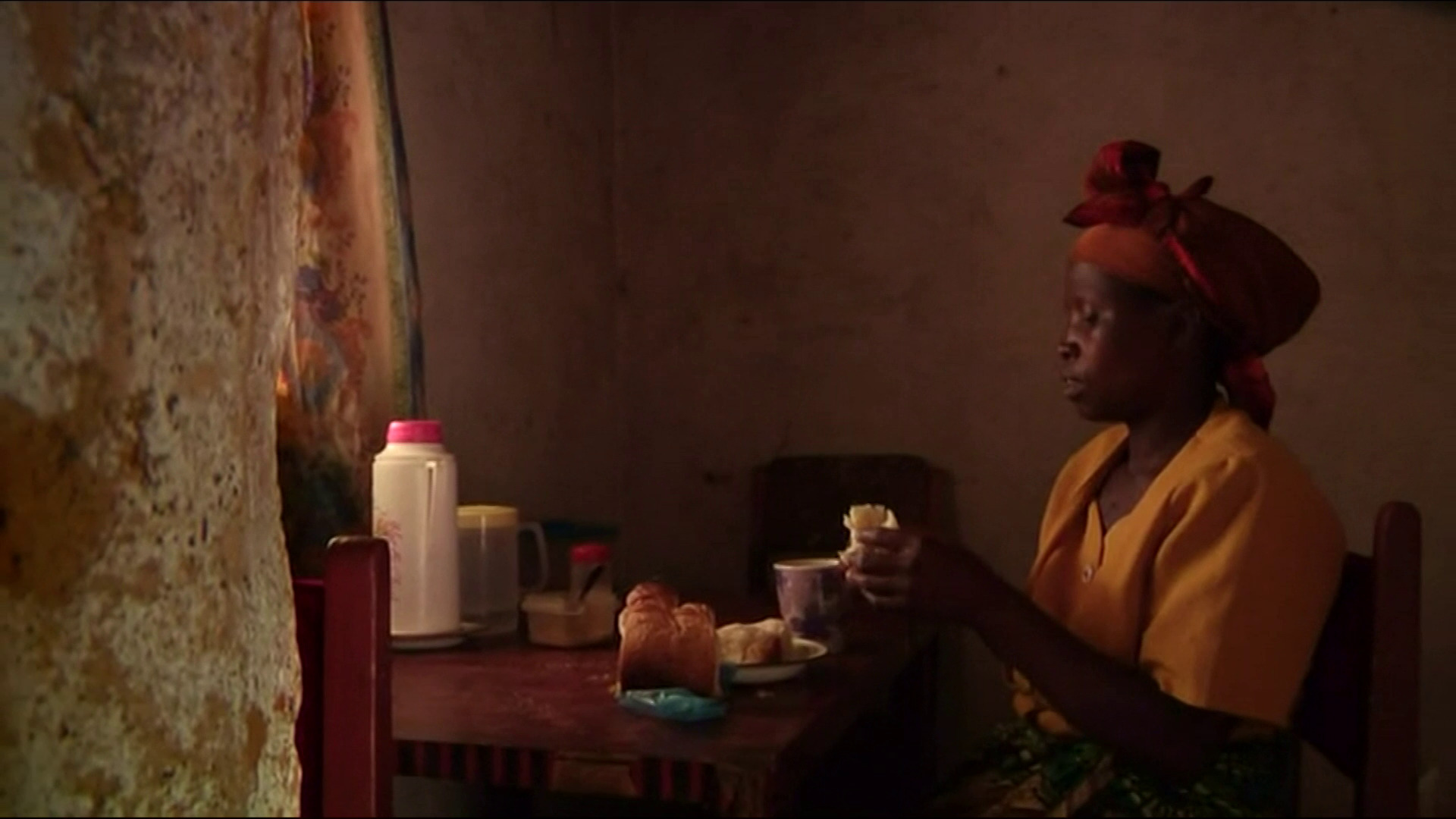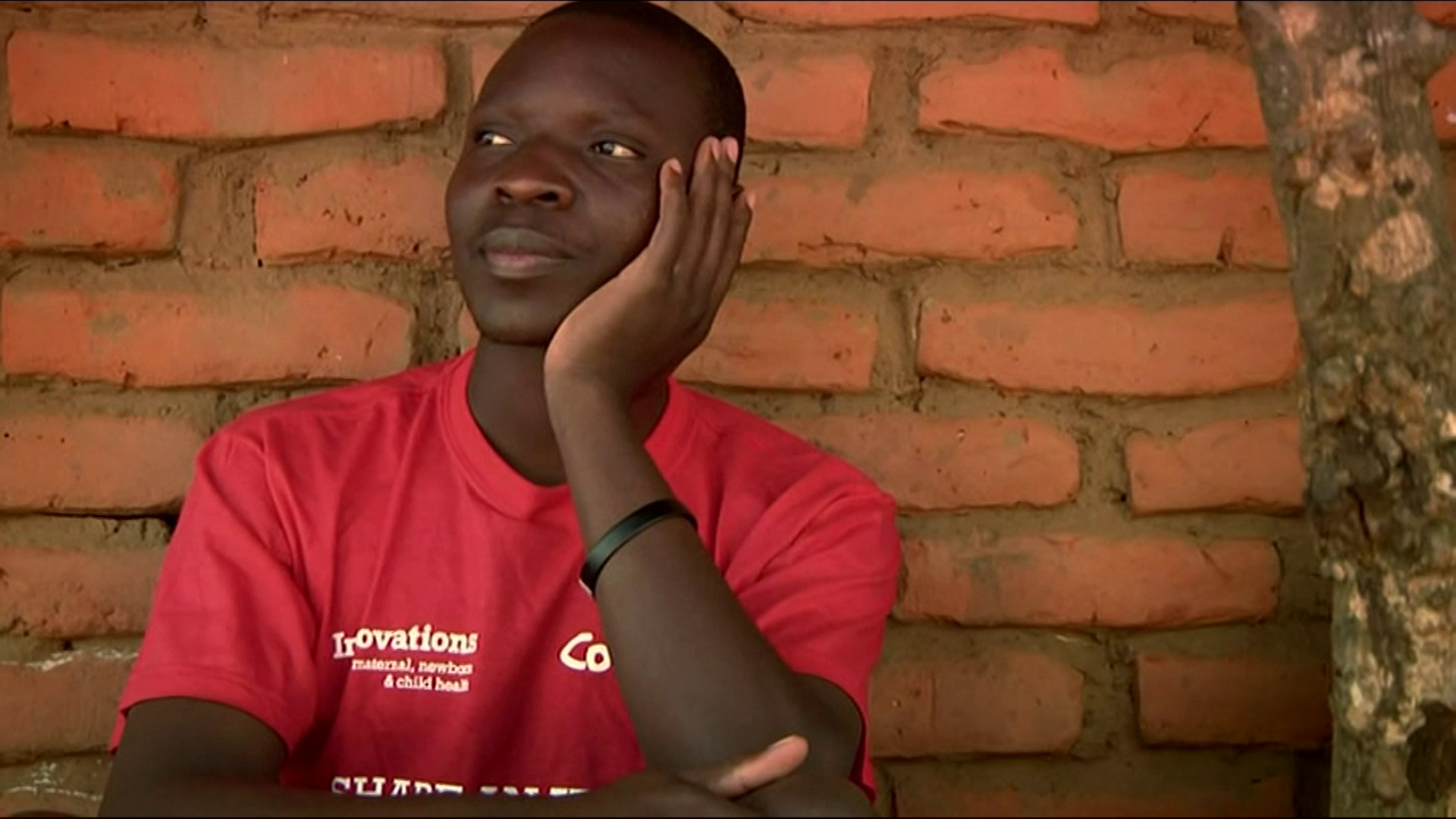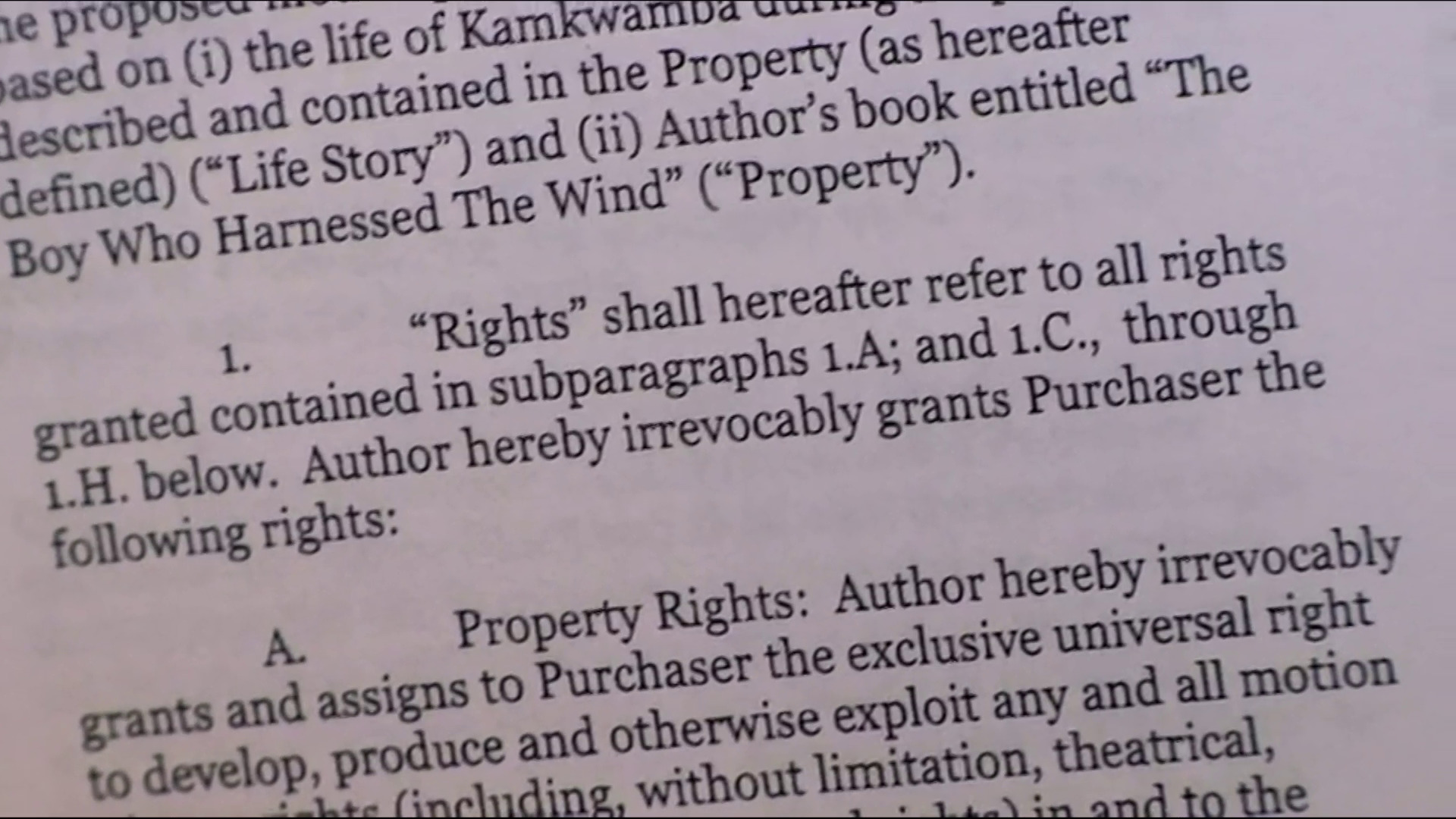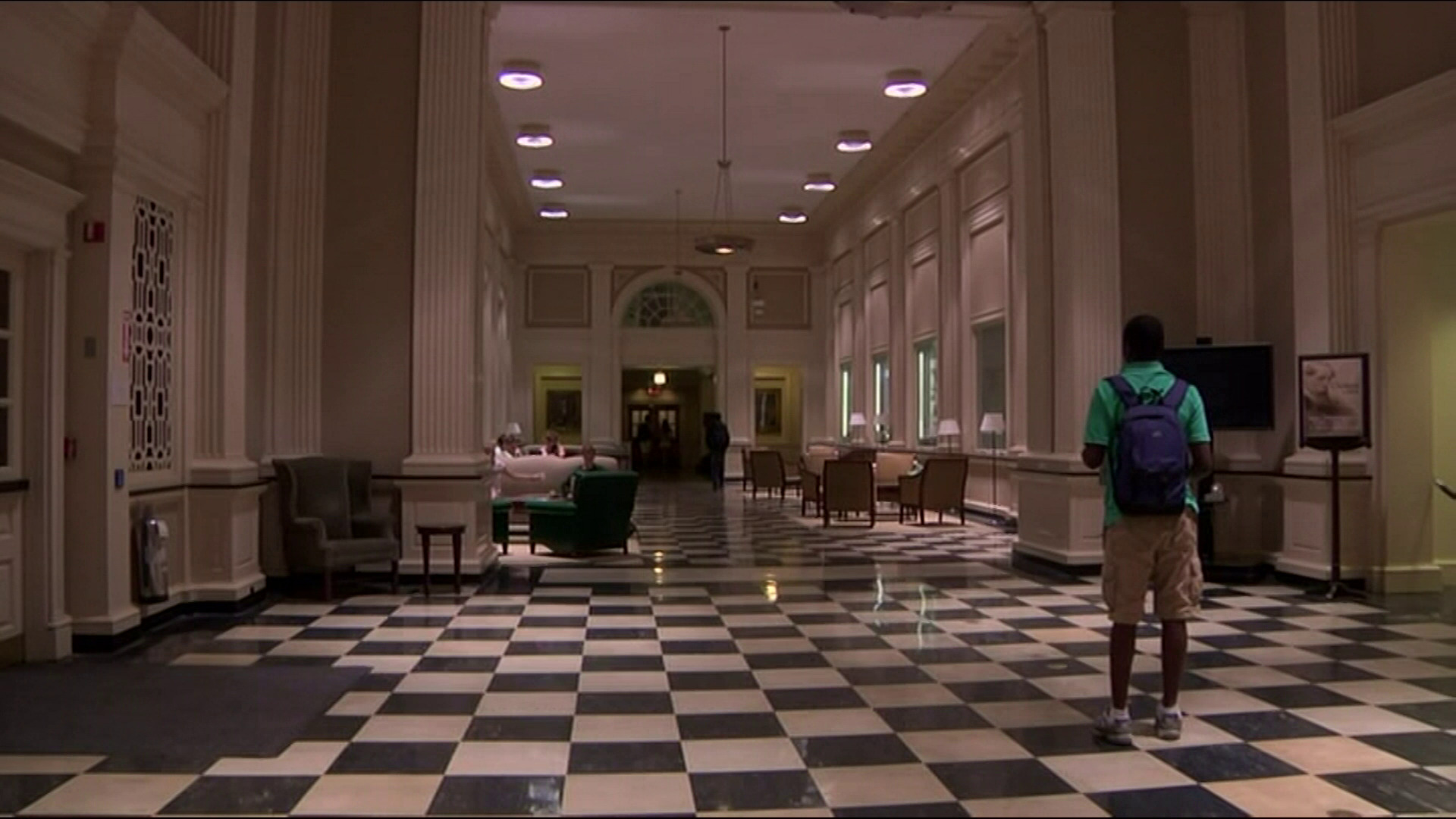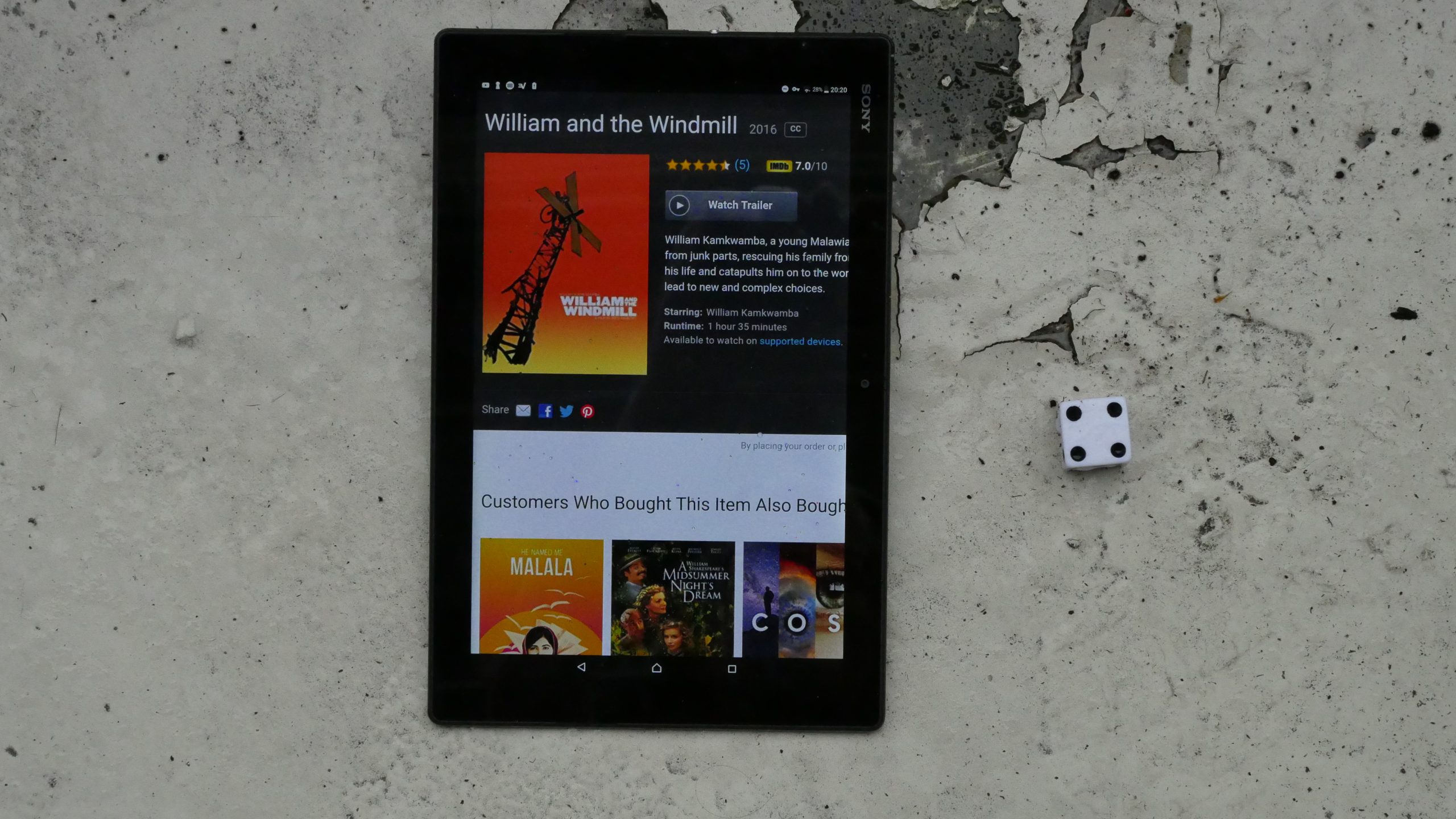After spending so much time last year on that Fantagraphics project, I amassed a huge backlog of comics that I just didn’t have time to read. I guess if I were to put that backlog into a stack, it’d be over two meters high.
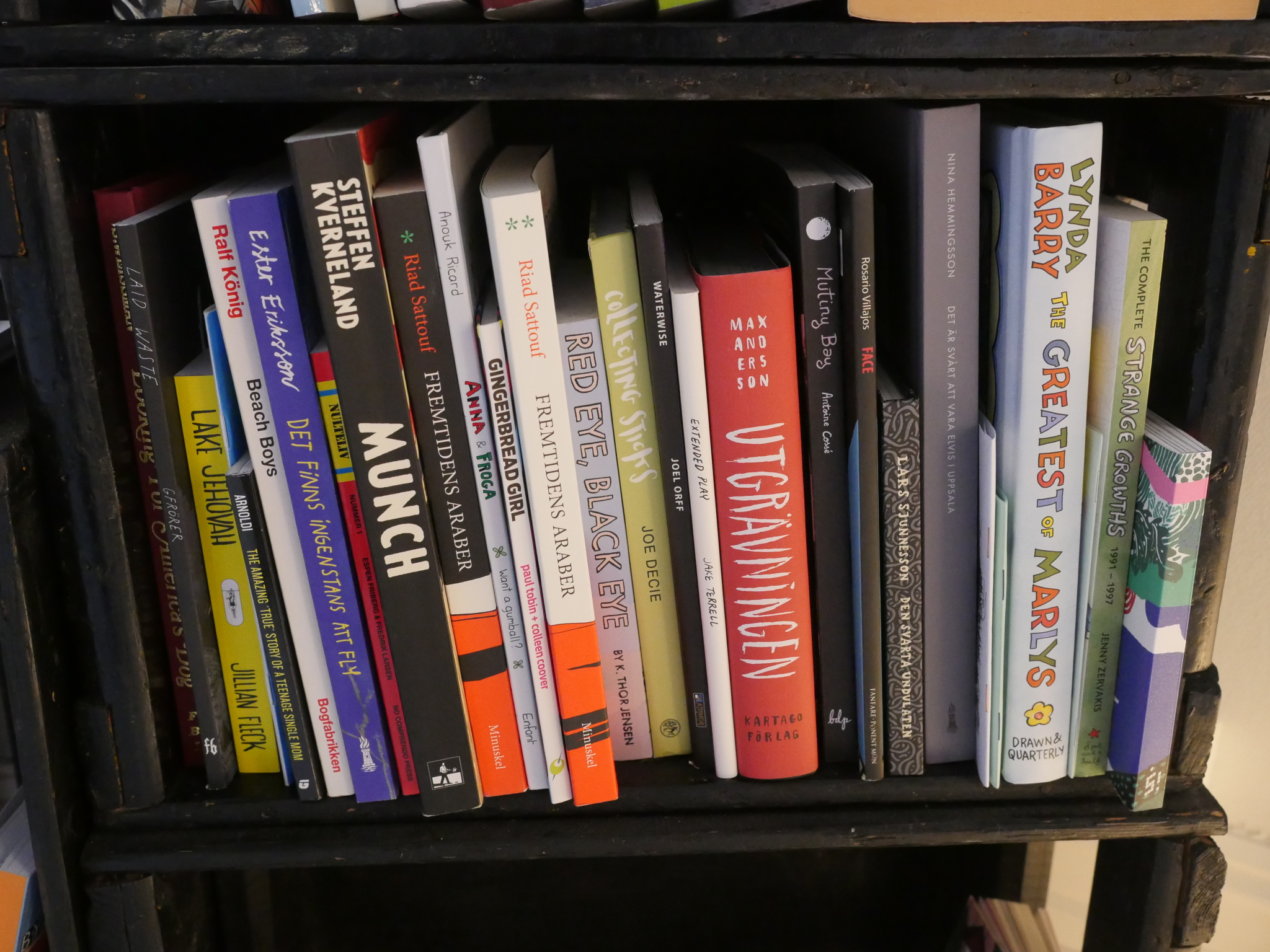
As usual, some were more interesting than others, and those books migrate to that little shelf over there, and since I finally finished with the backlog today (Comix Inbox Zero!) and that shelf is full, I thought it might be fun to have a little peek at these comics.
Weirdly enough, virtually none of these “comics of interest” were published this year. And it’s not because I haven’t been getting new stuff, I think? Has it been a lighter year than usual? In any case, I’ll just exclude the handful of new comics to have the title of this blog post make more sense.
Right?
Right.
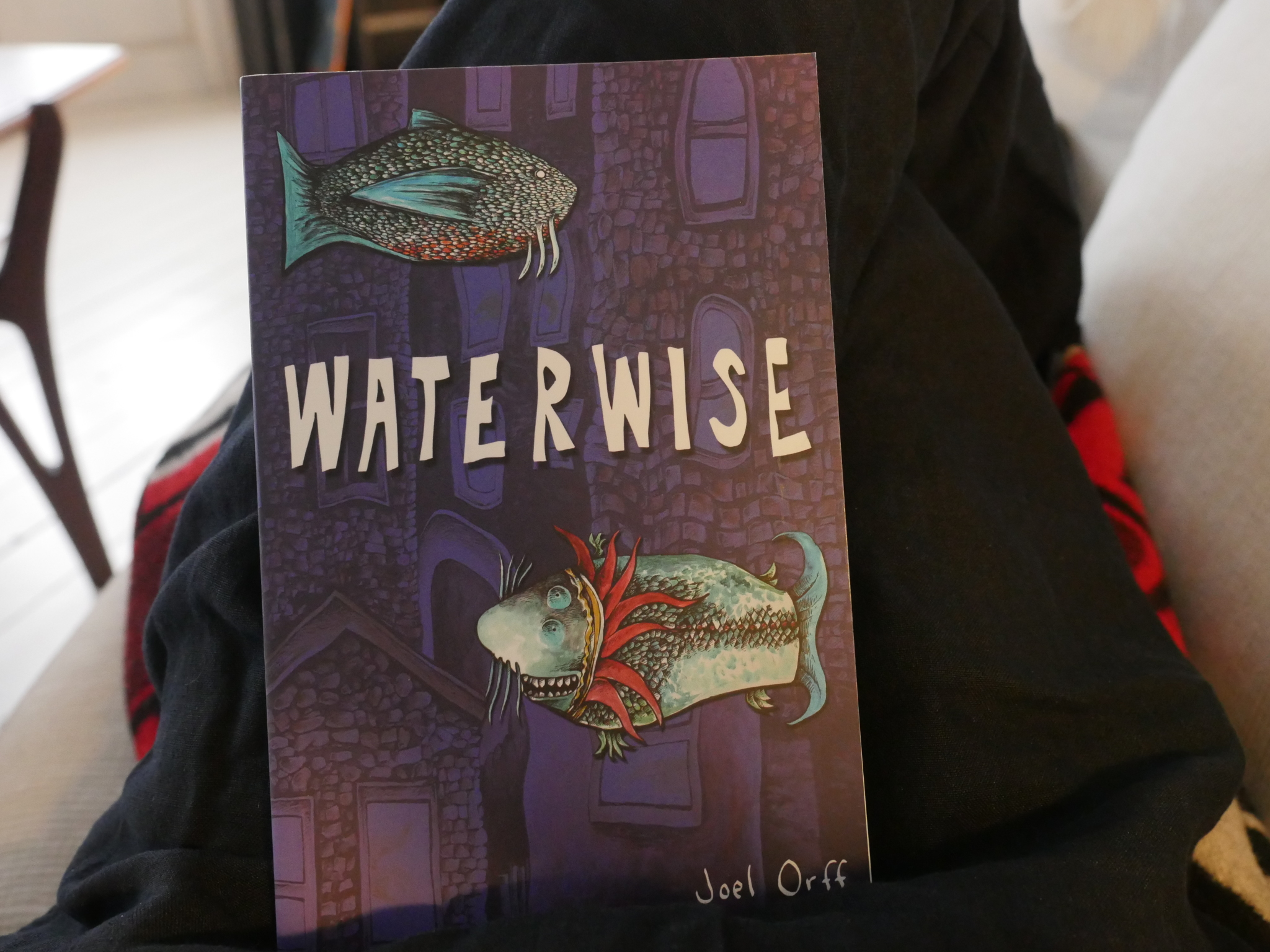
Waterwise by Joel Orff (Alternative)
Alternative had a huge sale earlier this year, and I basically bought everything I didn’t already have. Lots of nice stuff, but like with Top Shelf, most of it just isn’t very interesting. Most of it is a bit on the quotidian side… like Fantagraphics in the 90s, not Fantagraphics in the teens.

This book (from 2004) was a pleasant surprise. The artwork has a slight Richard Sala vibe, although not as accomplished. It’s a simple but somehow mysterious and tense tale.
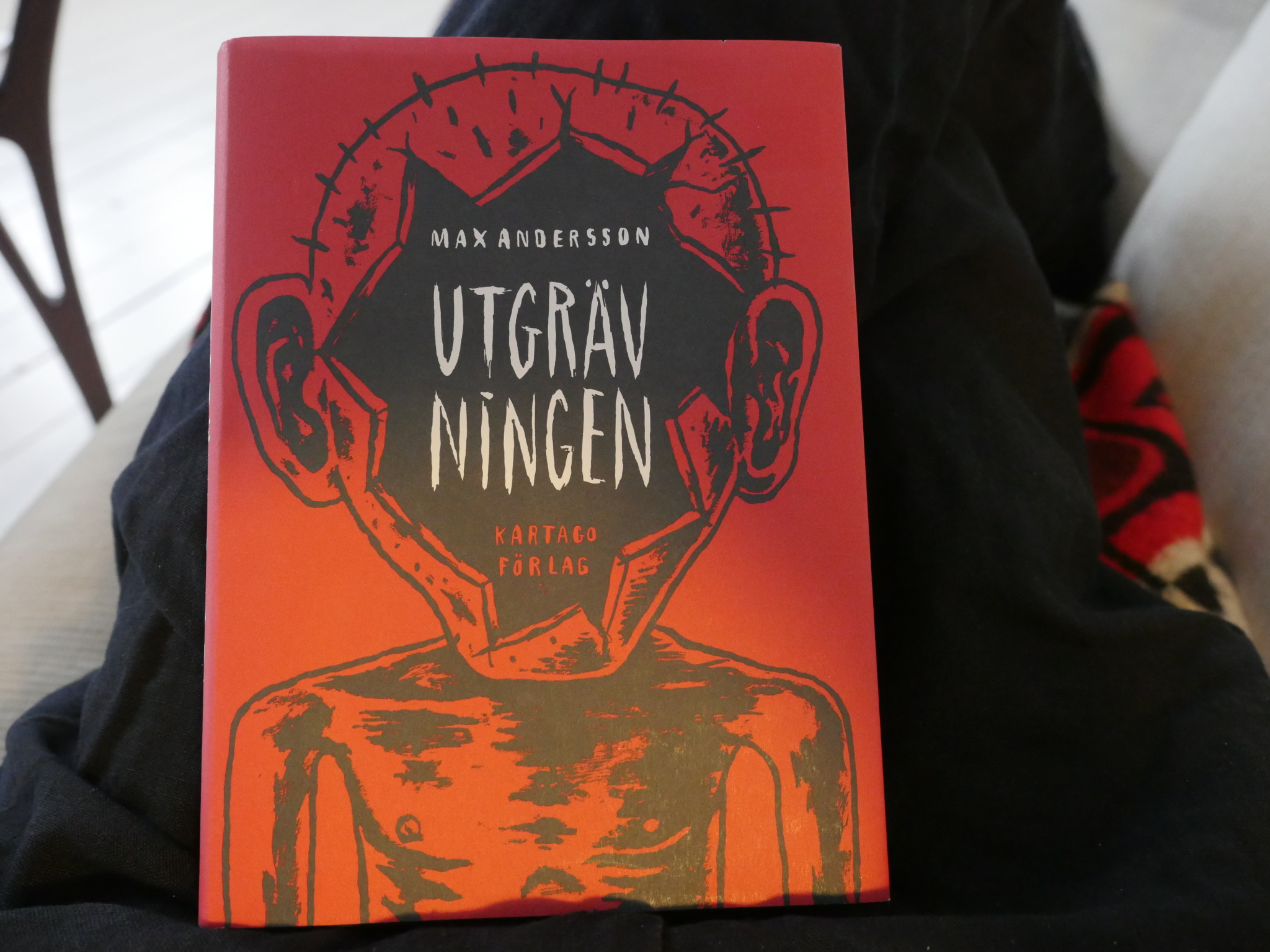
Utgrävningen by Max Andersson (Kartago)
Readers of the Fantagraphics (there’s that word again) anthology Zero Zero from the 90s will be familiar with some of this material.
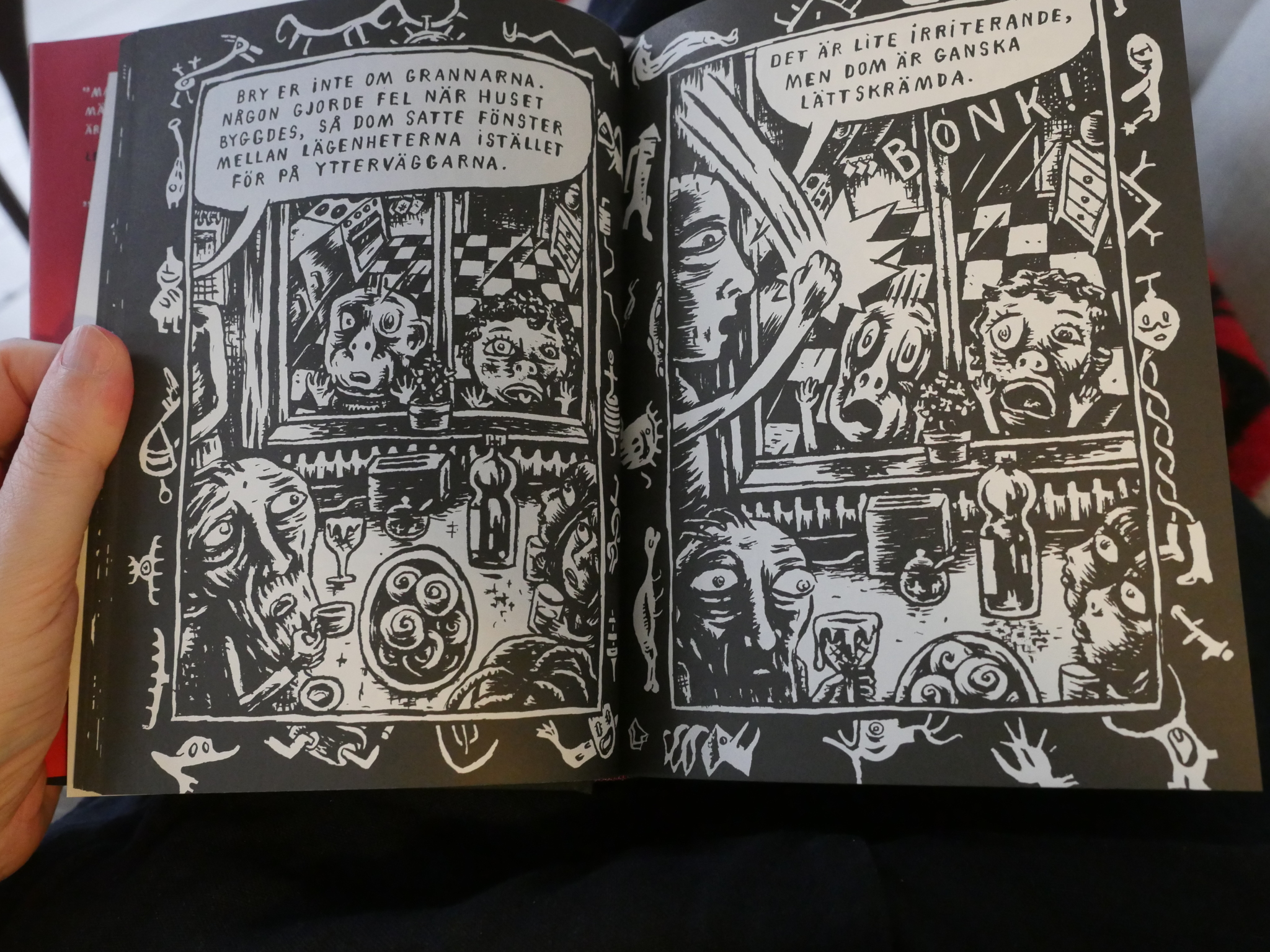
Andersson has apparently been working away at this hefty tome for a couple of decades. It consists of his dream imagery stitched together into a kind of cohesive narrative. Well, cohesive if you squint at it.

It’s a very handsome book with larger reproductions of this material than I’ve seen before, and reading the scenes feels very much like dreaming. Some of the scenarios are so much like my own dreams that it can be jarring sometimes.
Since this was published in 2016, I assume that somebody will pick it up for publishing in English soonish. To not do that would be weird.
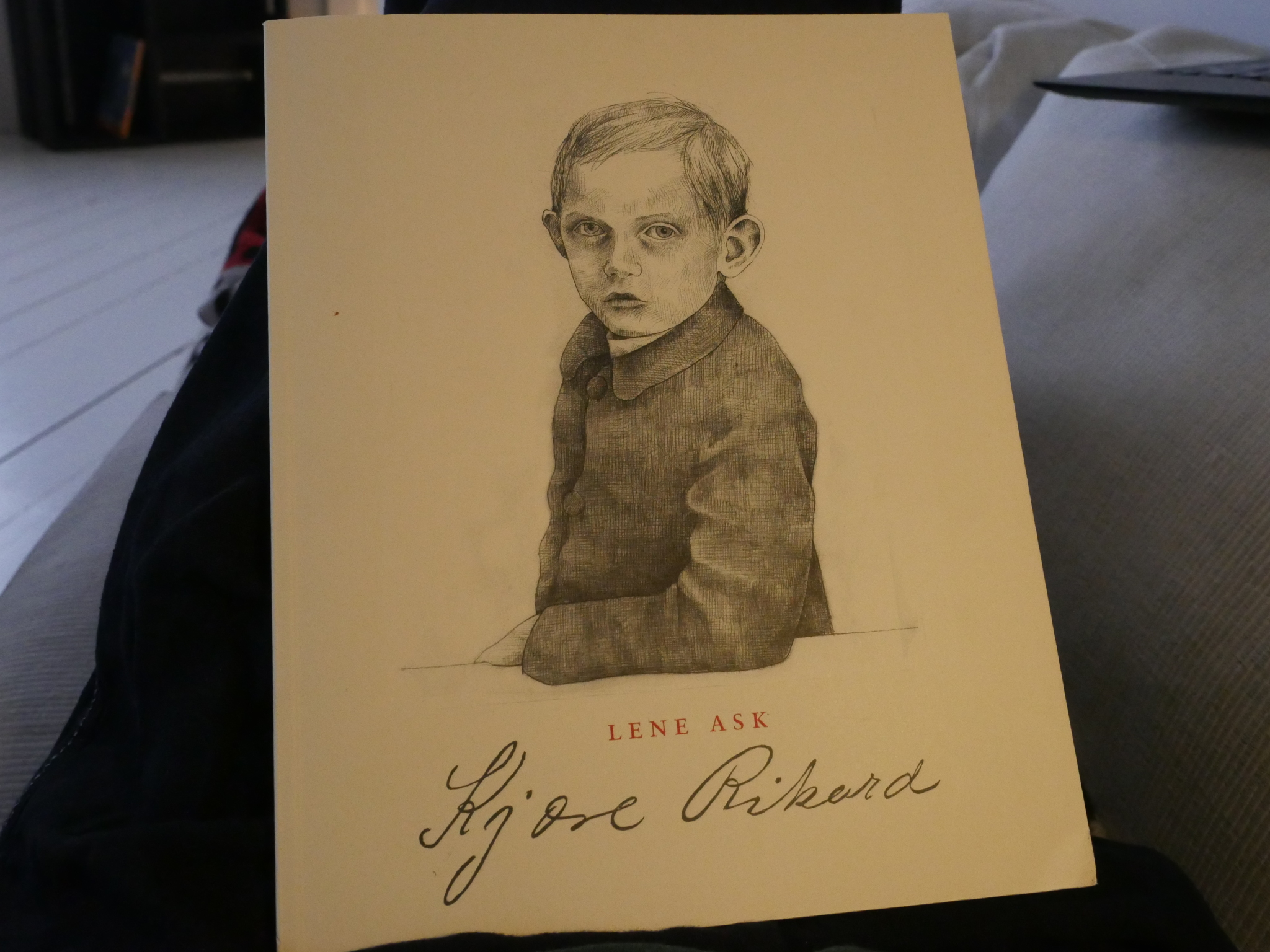
Kjære Rikard by Lene Ask (No Comprendo)
Speaking of translations, this book was translated and published in the UK last year.
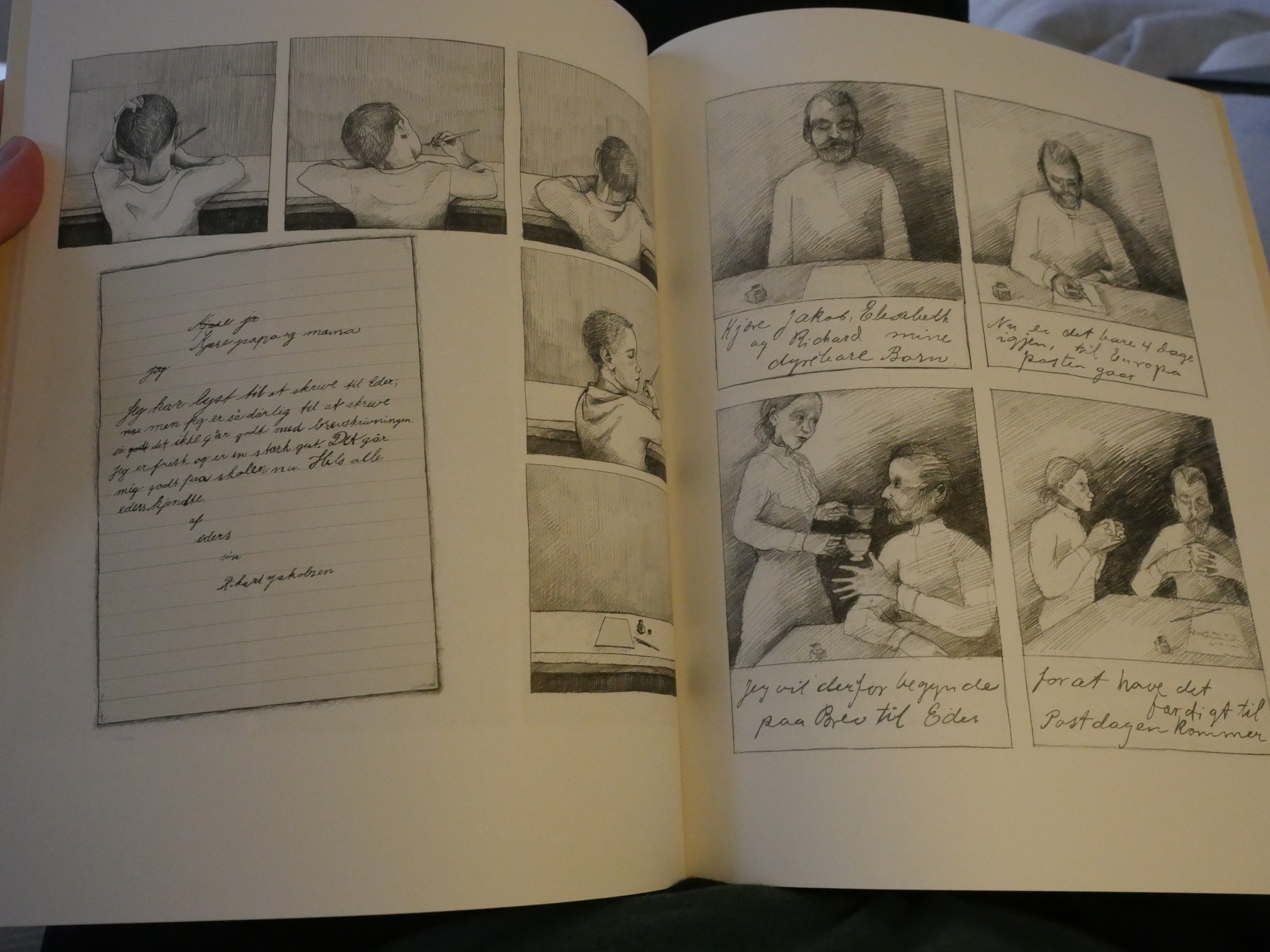
It’s a rare epistolary comic based on (apparently; I haven’t checked) real letters between a missionary and one of his children left back at home in the 1890s. It’s really quite heartbreaking, and it’s easy to see why it was picked up in the UK.

Mutiny Bay by Antoine Cossé (Breakdown)
Speaking of both the UK and olden times, this one is about Magellan and a mutiny, and again, it presents itself as being a true story. And again I’m too lazy to do any research.
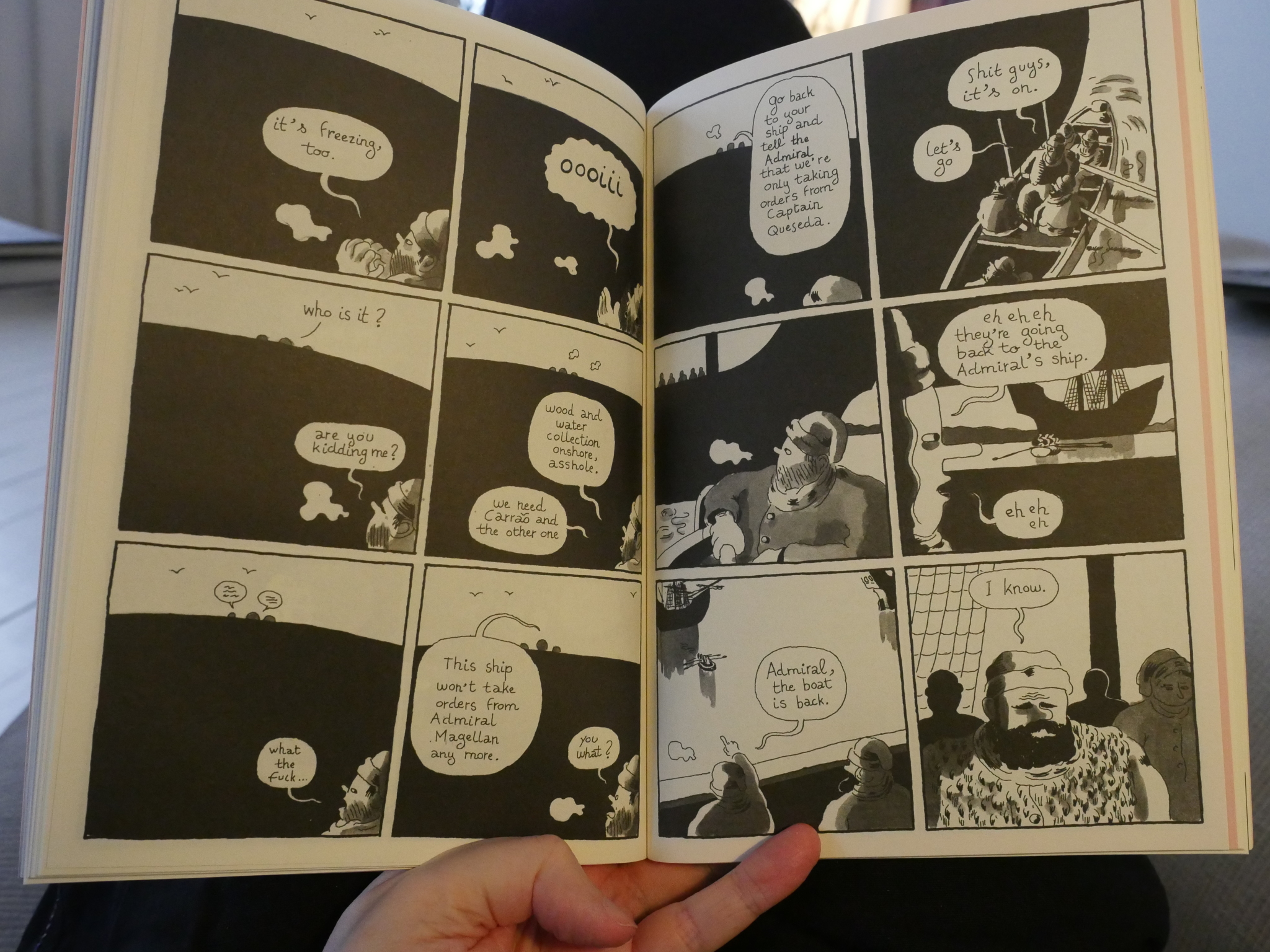
In any case, it doesn’t really matter: It’s funny and affecting, and the artwork is deliciously lumpy, which befits this somewhat oddly structured tale. Cossé depicts the events irreverently and manages to provide a non-clichéd look at a theme often depicted before in all kinds of media (mutineers at sea back in the days). Arr!
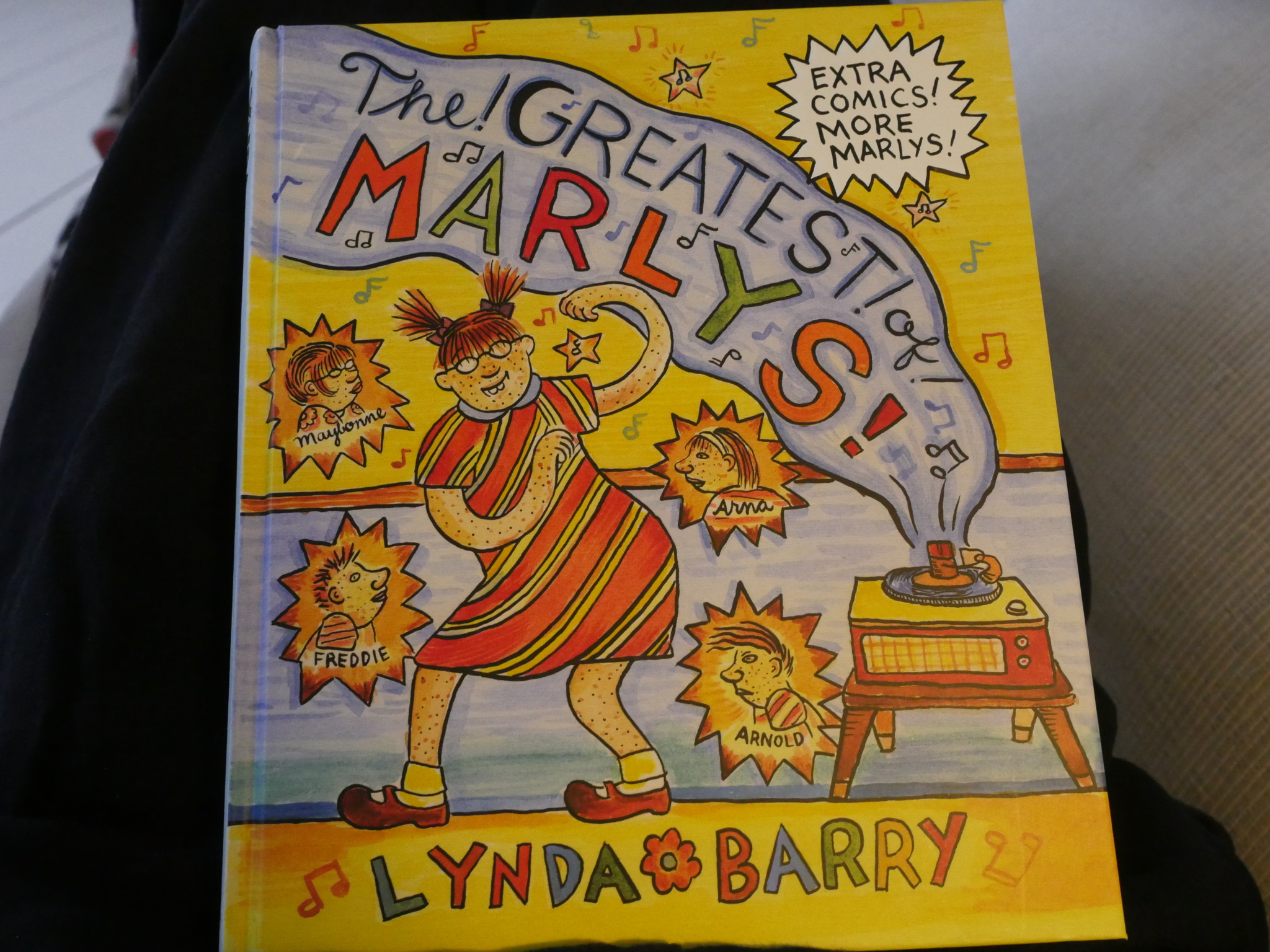
The Greatest of Marlys! by Lynda Barry (Drawn & Quarterly)
This is an expanded version of a collection of Barry’s weekly comic strip from the late 80s to the 90s. How expanded is it, though? I’ve got the earlier edition here…
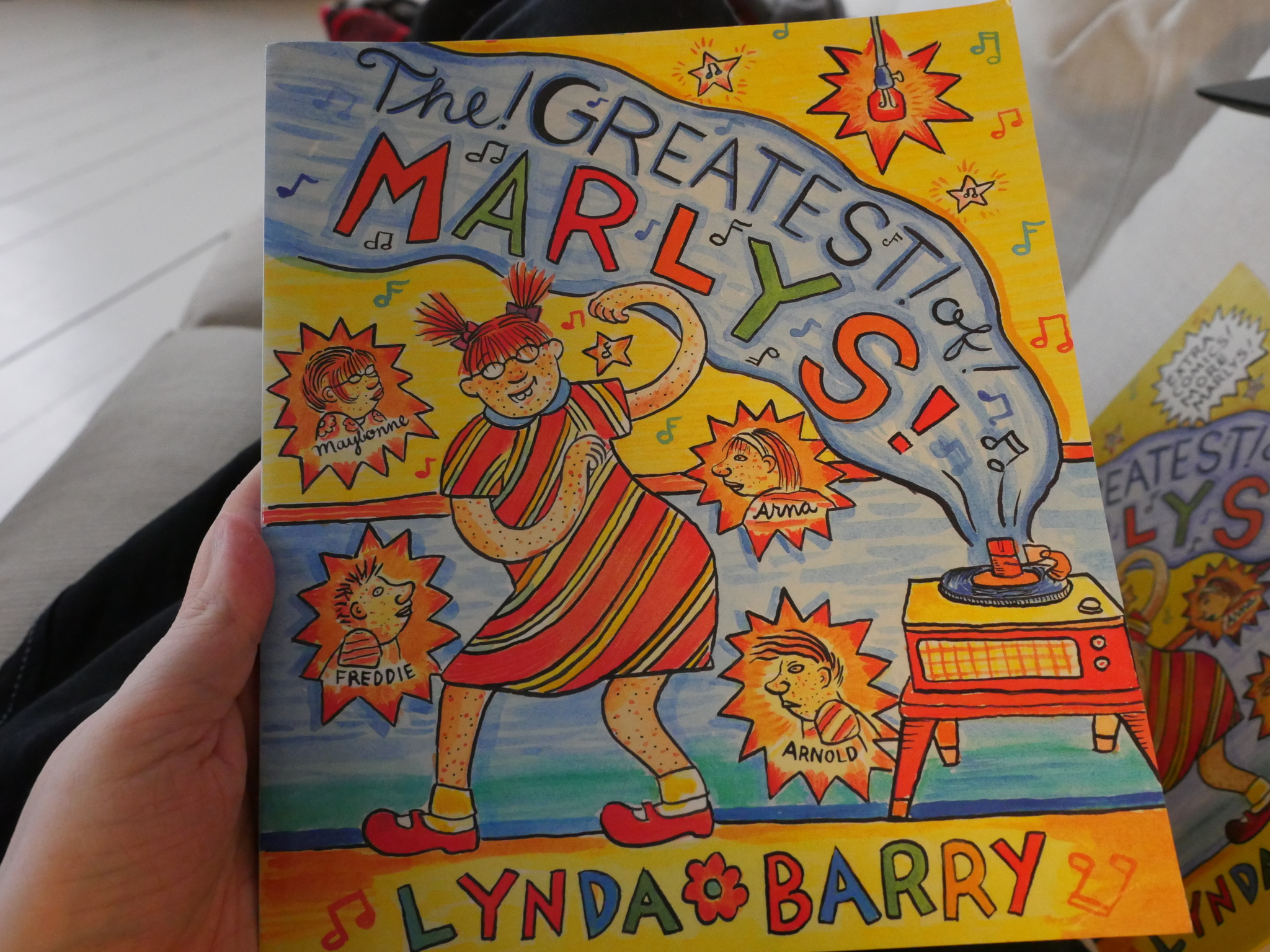
Uhm… let’s see… I went through the first 30 pages, and I couldn’t really see any additional strips. Is it expanded at the end? Hm… Nope, went through the last 20 pages, and it’s all the same.
Well, anyway, re-reading Lynda Barry is always a pleasure.
I remember back in the 90s when I would stumble onto an independent book store and a dusty corner where they’d have collections of alternative weekly comics: Life in Hell by Matt Groening, Sylvia by Nicole Hollands, Dykes To Watch Out For by Alison Bechdel, and, of course Lynda Barry. It was like stepping into an alternate universe where comics were just better. But these collections seemed to have spottier distribution than comics that were part of the normal comics universe, so I missed out on a lot.
Some years back I finally decided that I must have all Lynda Barry, and I got all the collections from ebay. And three minutes later Drawn & Quarterly announced that they’d republish everything.
*sigh*
The lesson here is: Buy good stuff earlier.
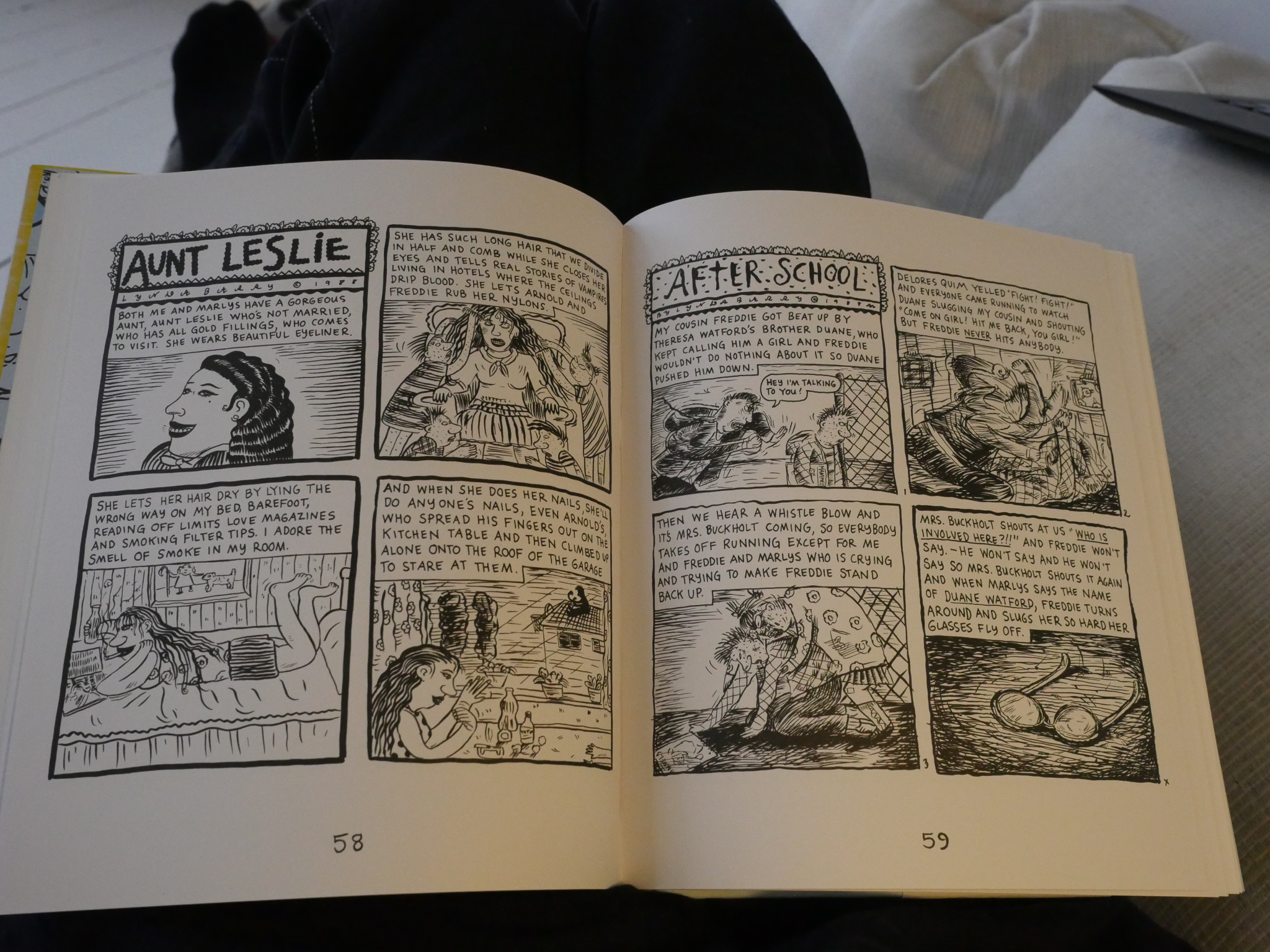
Anyway, anybody writing about Barry mentions that she does a pitch-perfect recollection of what it’s like to grow up, which is true. Her work is funny and touching and it’s all brimming with emotion. It’s almost exhausting to read, because you get so involved. But since everybody already mentions that, I’m just going to skip past all that and note that I find Barry’s artwork to be absolutely beautiful. Her line and the way she depicts expressions and movement is just so engaging.

Which is why I find the strips that are supposedly drawn by the children themselves rather less riveting. The writing is still there, but when confronted by the page to the left there, my eyes can’t wait until they reach the right page there.
It’s not that this is horrible or anything, but it’s a thing. For me, at least.
It’s a wonderful book.
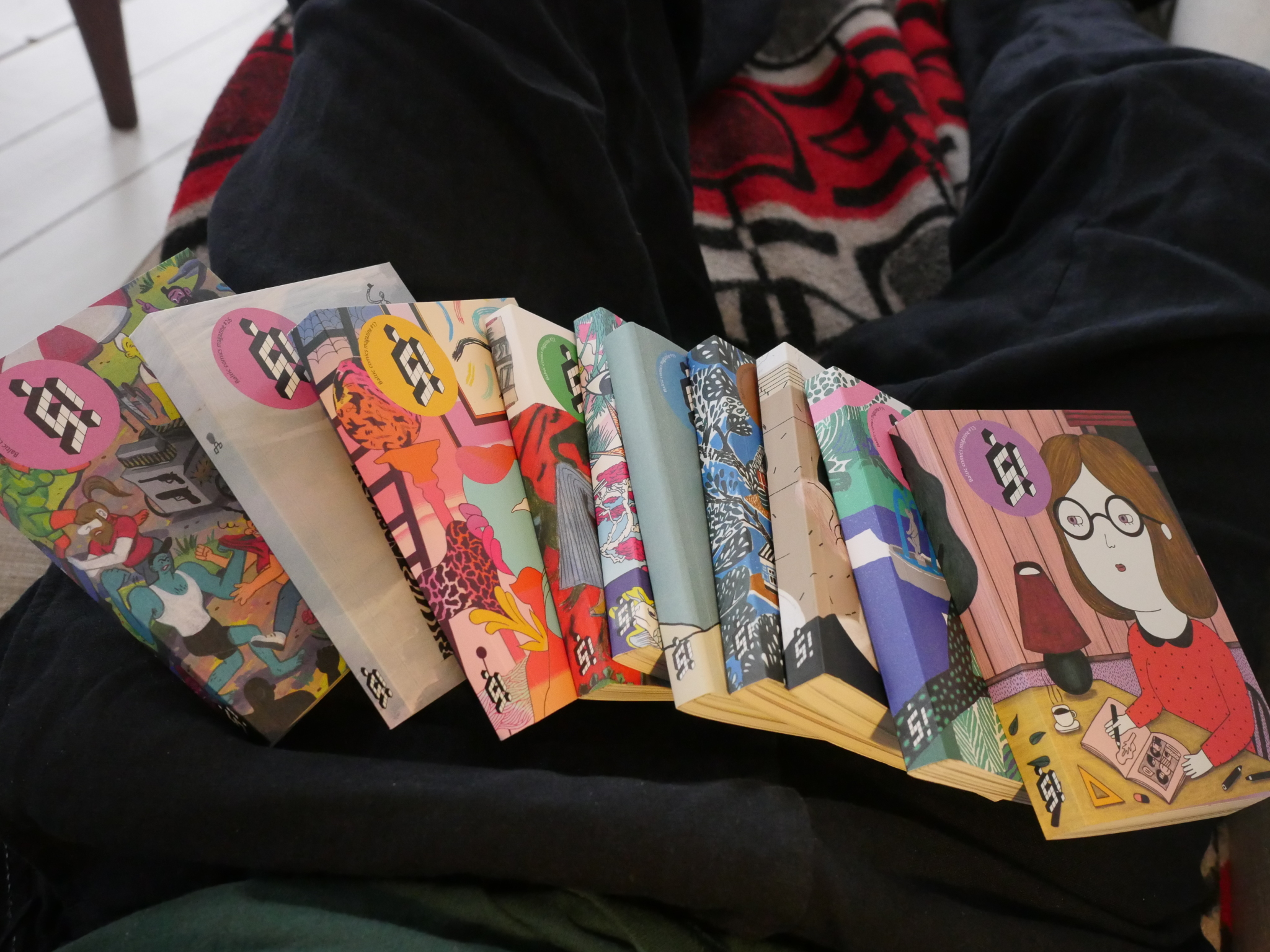
š! edited by David Schilter and various (Grafiskie stasti)
Speaking of “buy good stuff”: I’ve been picking up issues of this A6-size anthology here and there over the years, and I suddenly realised that I could just order them all from Latvia directly. So I did, and here’s as many of them that would fit into my lap.
The thing is, they’re all good, and they’re all interesting.
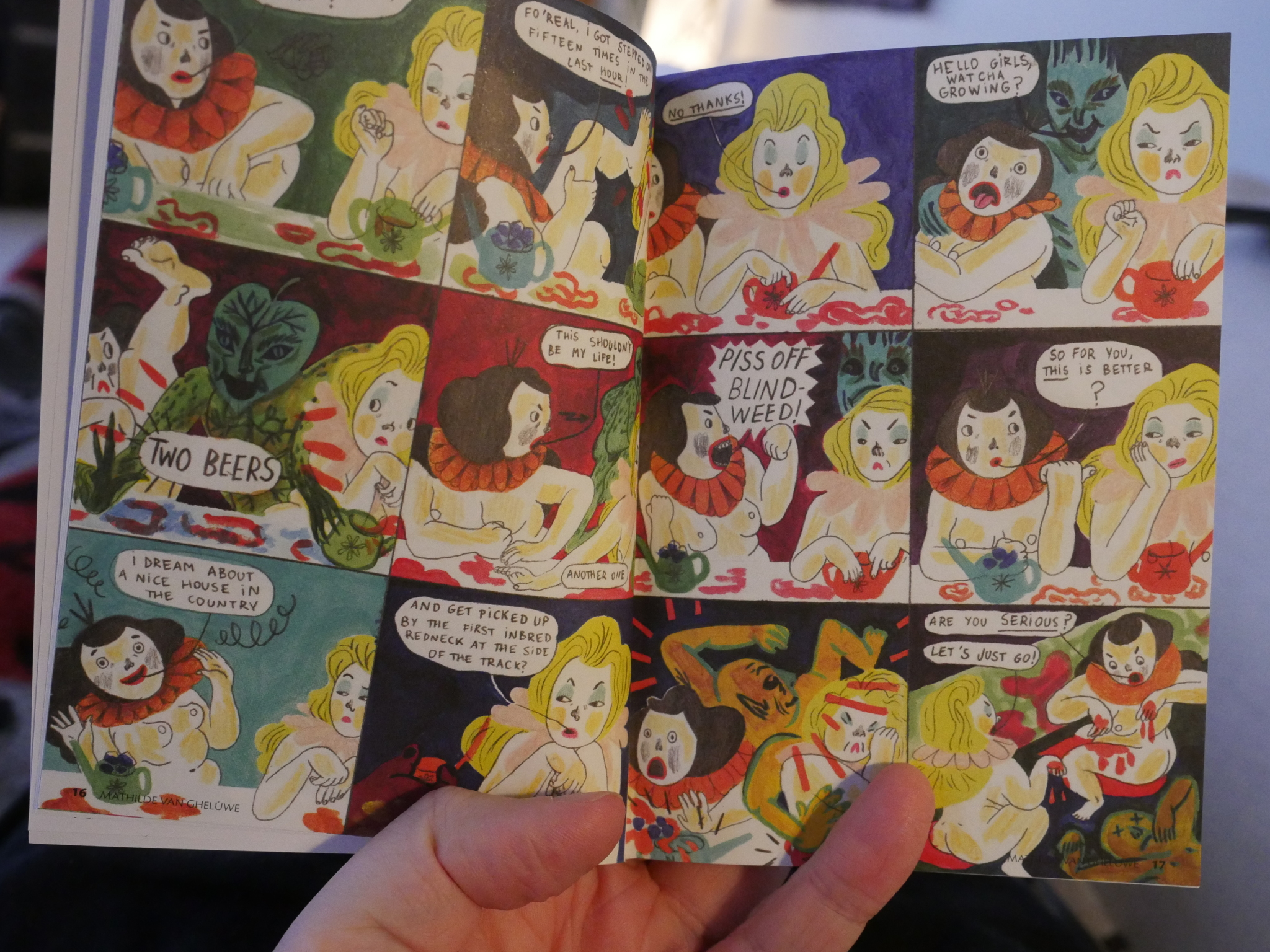
The artists are mostly from the Baltics, I guess? (I haven’t read the endmatters of any of the issues.) But artists from all over the world are represented, and it’s all fortunately in English.
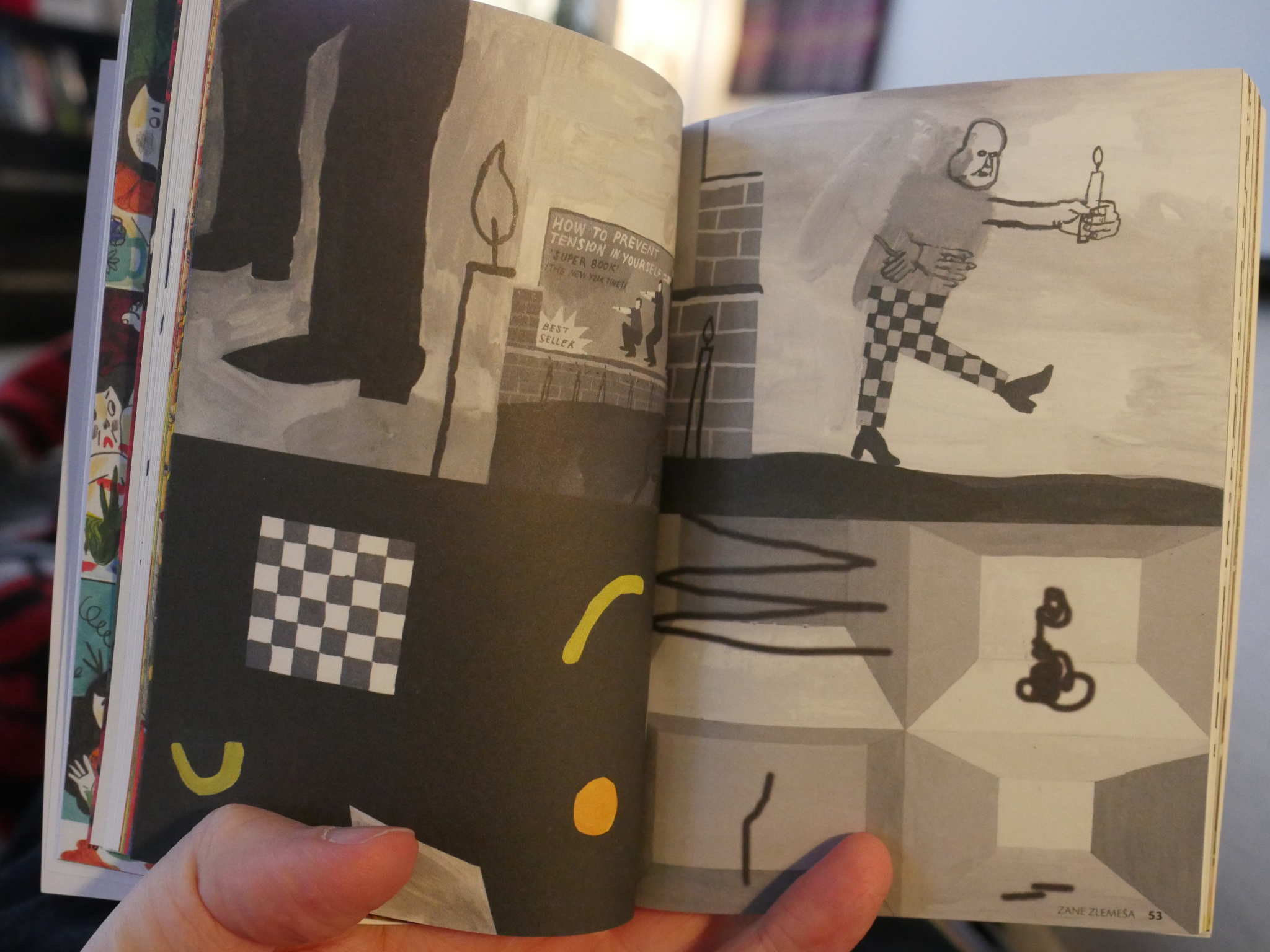
With such a disparate range of contributors, it’s amazing how cohesive the entire project feels. While there is no specific “š!” style, I there are some tendencies: There’s often some abstraction to the stories; it’s more art focused than text focused; the narratives are often somewhat vague; and there’s an interest in hand-drawn marks: While some of the pieces seem to have been through a computer at some point, most of them have that very “touched by human hands” look.
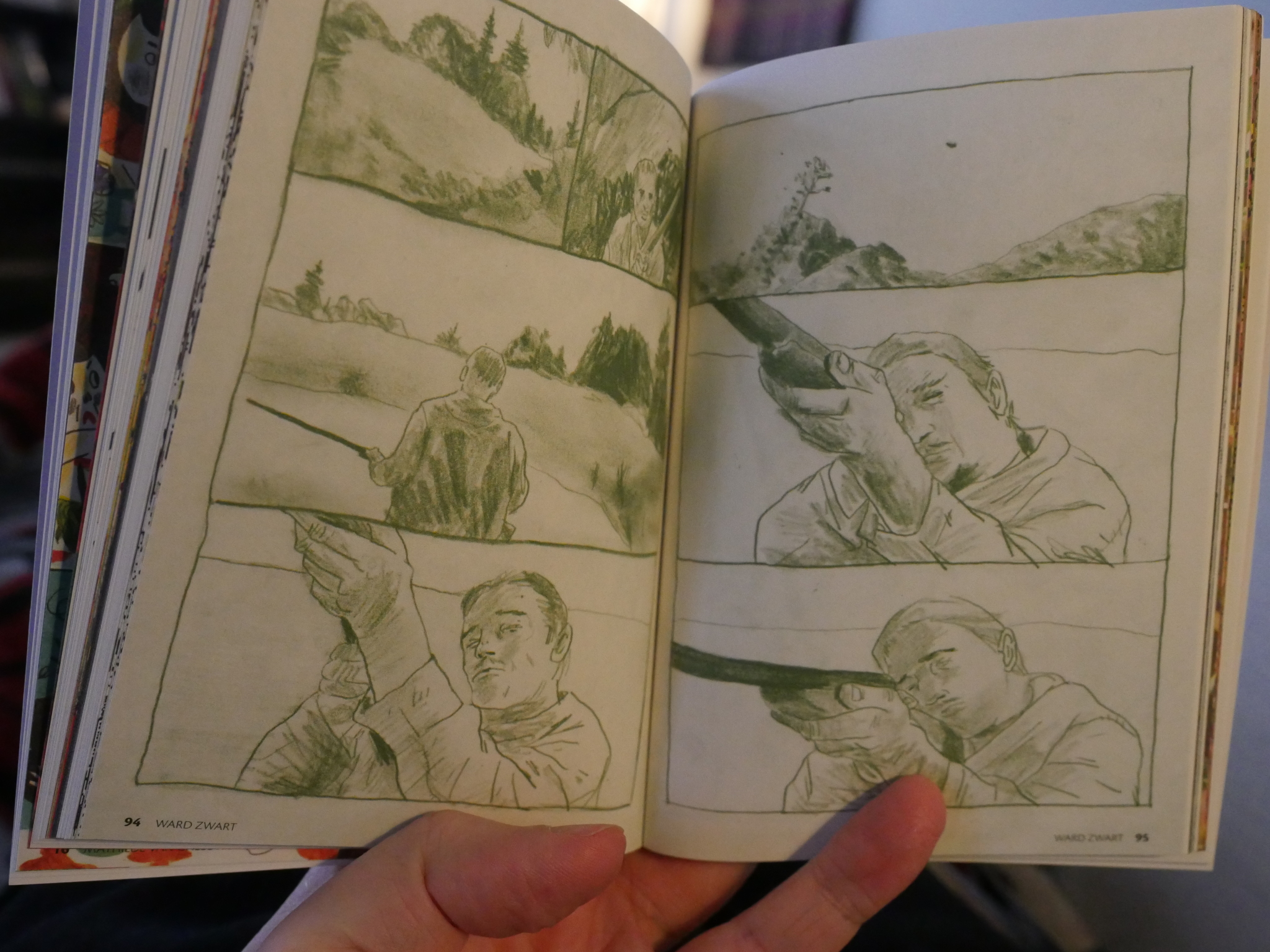
Lots of pencil work (coloured and otherwise), and seldom even computer lettering (which is a scourge plaguing most comics these days).
Beyond that, these objects are just fun to read. The small format contributes to that, of course: You’re turning pages faster than you would in a larger format book. There’s also no separating pages between each piece. Those pages sometimes lends a ponderous self-important air to an anthology. “Stop here and think about what you’ve just read.”
And finally, just the thoughtful courtesy to have the artist’s name at the bottom of each and every page: I love that. Every time I go “huh; that’s great, I wonder who…” and then I cast my eyes down and there it is. It’s a small thing, but I absolutely loathe having to go back to the table of contents to get the info: That’s an annoying disruption while reading.
So, like: All thumbs up.
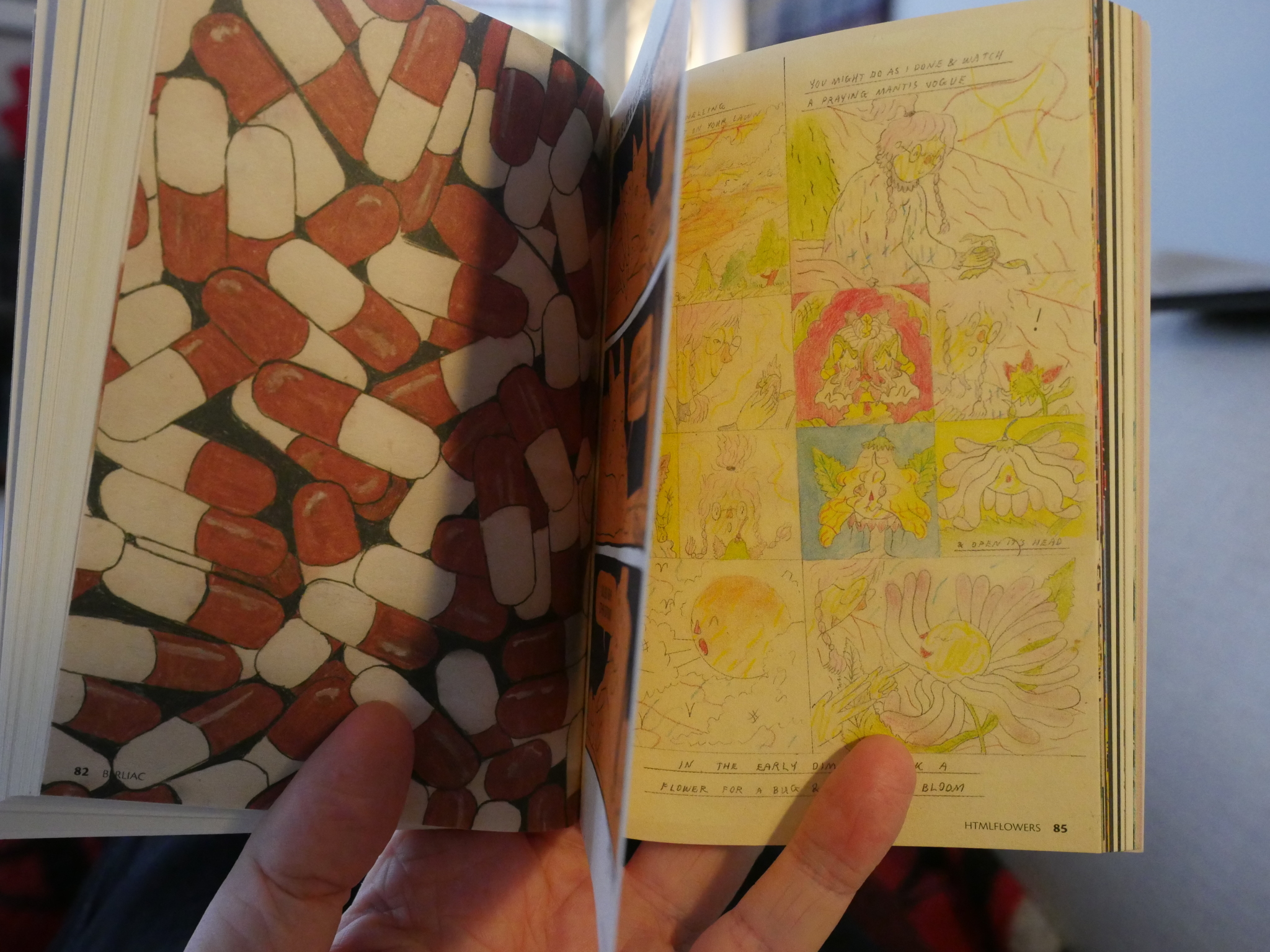
By the way, I though it was slightly amusing to find Berliac’s story here snuggling up to an HTMLFlowers piece (separated only by a one-page strip) because I was reading this exchange the day before. It’s a small comics world.
You can subscribe to Kuš! comics.
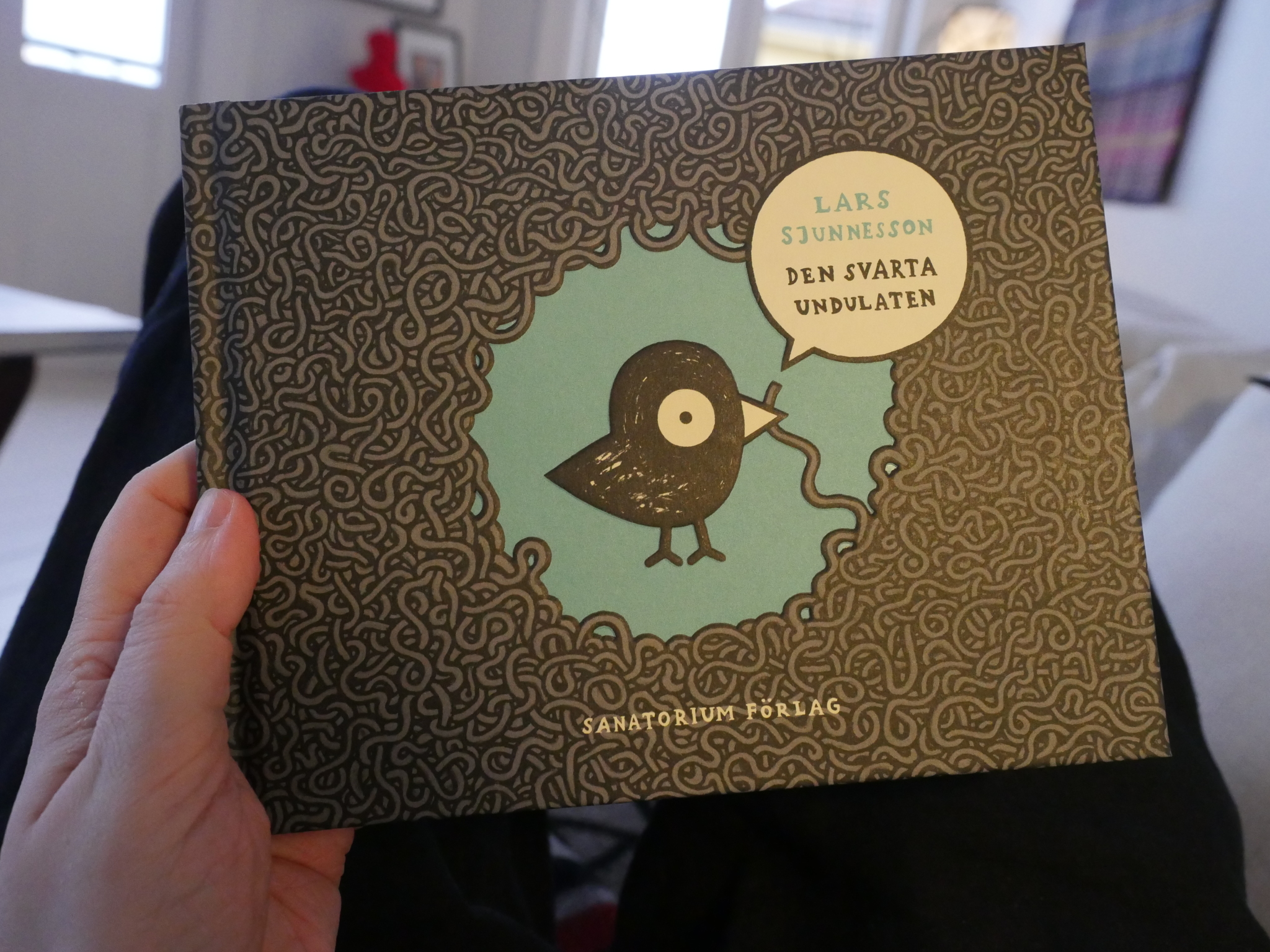
Den svarta undulaten by Lars Sjunnesson (Sanatorium)
I picked up quite a lot of Swedish comics at random. I haven’t really been paying much attention to Scandinavian comics.
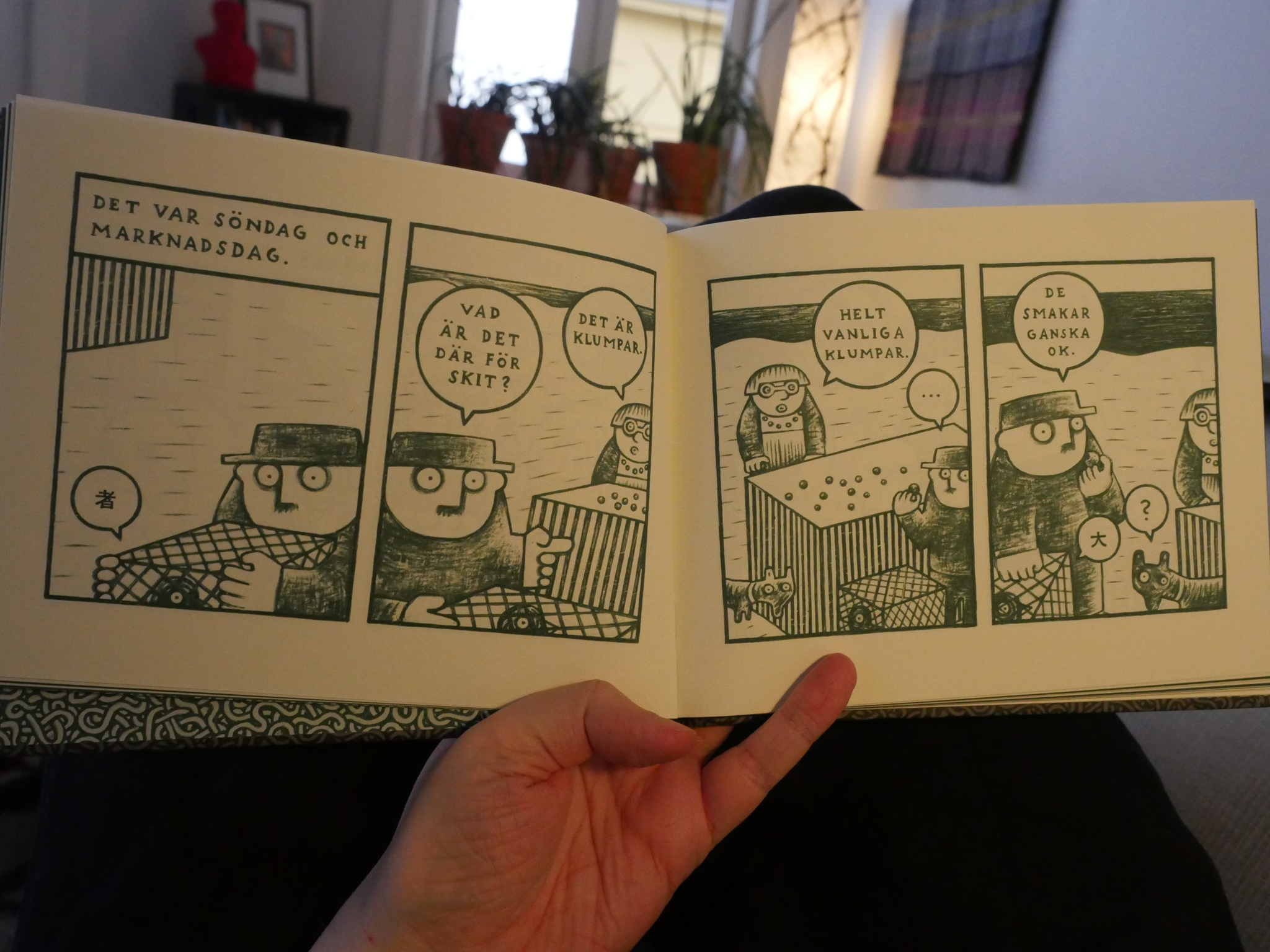
And quite a lot of the books were on the “well, OK then” side, but this one was really funny. It’s a slight work, but the wild artwork sells it.
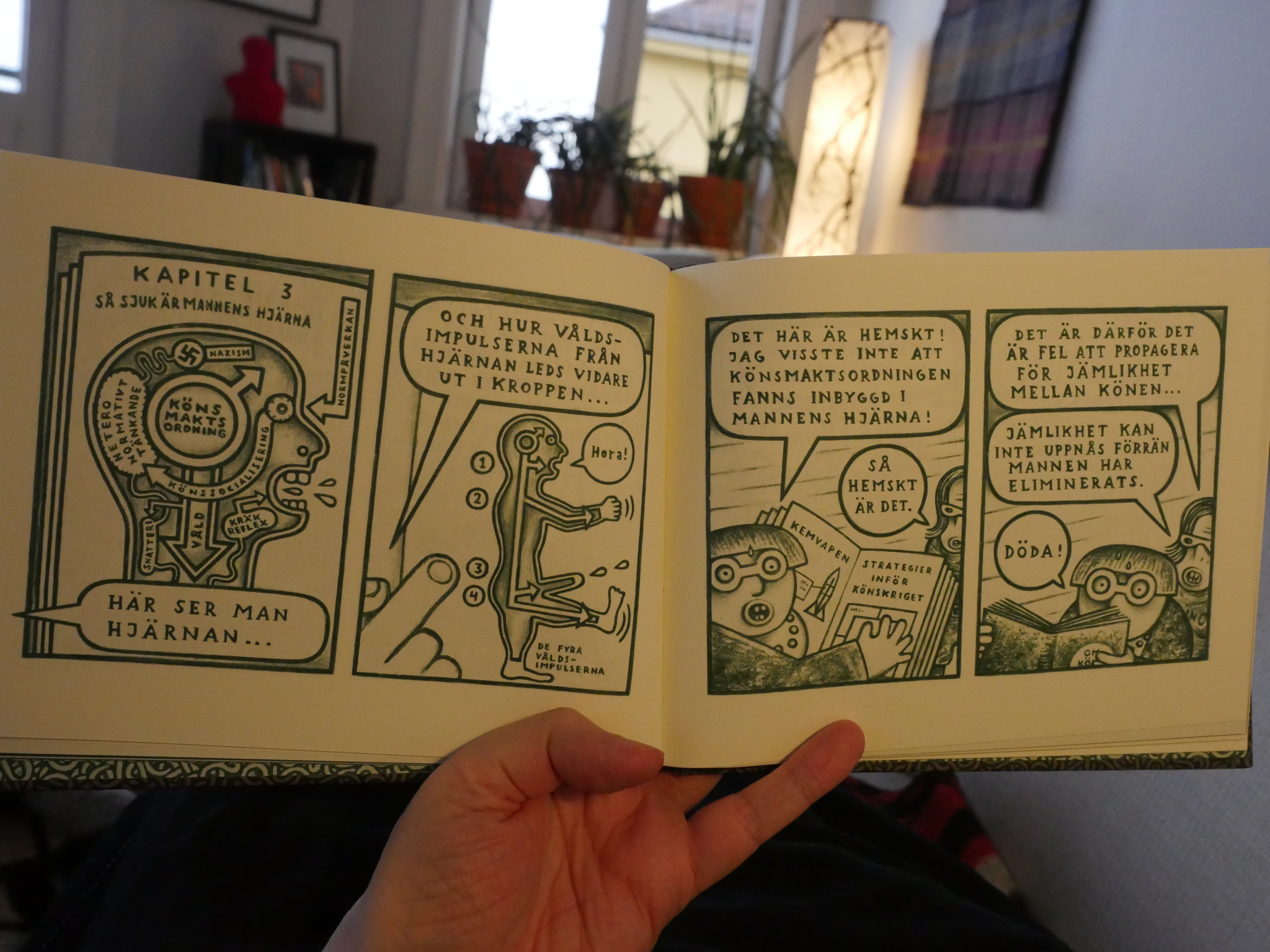
I mean, how can you not love that diagram that shows how a male human works? (The solution, as she explains on the right, is to kill all men. Darn tootin’.)
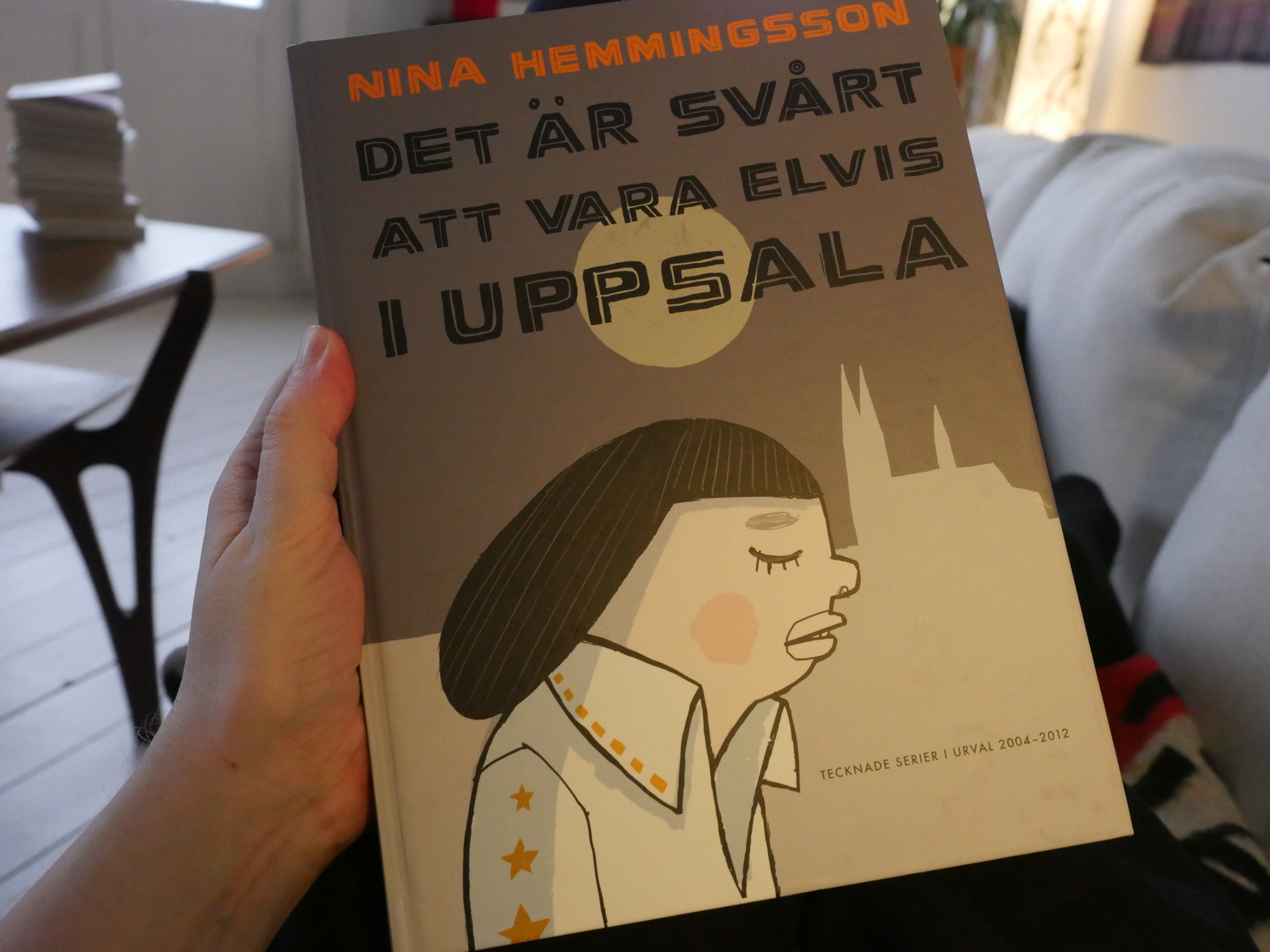
Det är svårt att vara Elvis i Uppsala by Nina Hemmingsson (Kartago)
This is a collection of Hemmingsson’s shorter pieces, and the title means something like “It’s difficult being Elvis in Uppsala” (which is a smallish city). After reading the story of the same name I think everybody’ll agree.
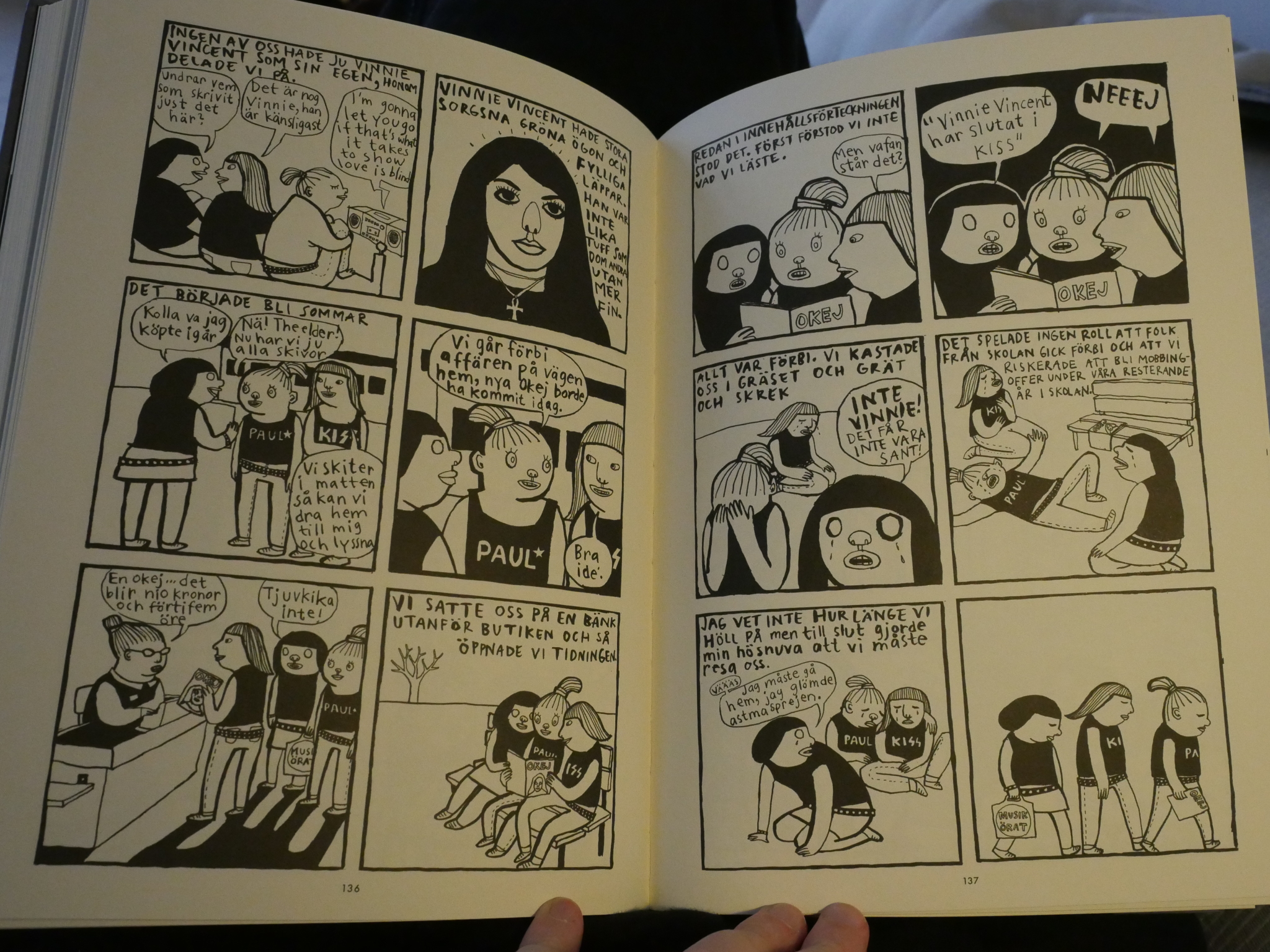
But not only is she an Elvis fan, but she’s also a Kiss fan. Yes.
These are apparently autobiographical stories, mostly about growing up, but also some about being grown-up and depressed. They veer wildly between hilarity and bone-crushing sadness, which makes for an exhausting but very satisfying package.
Her artwork is very distinctive and becomes better and better as time passes. Not that it’s bad at the start, but it’s a bit basic, and becomes richer after a while.
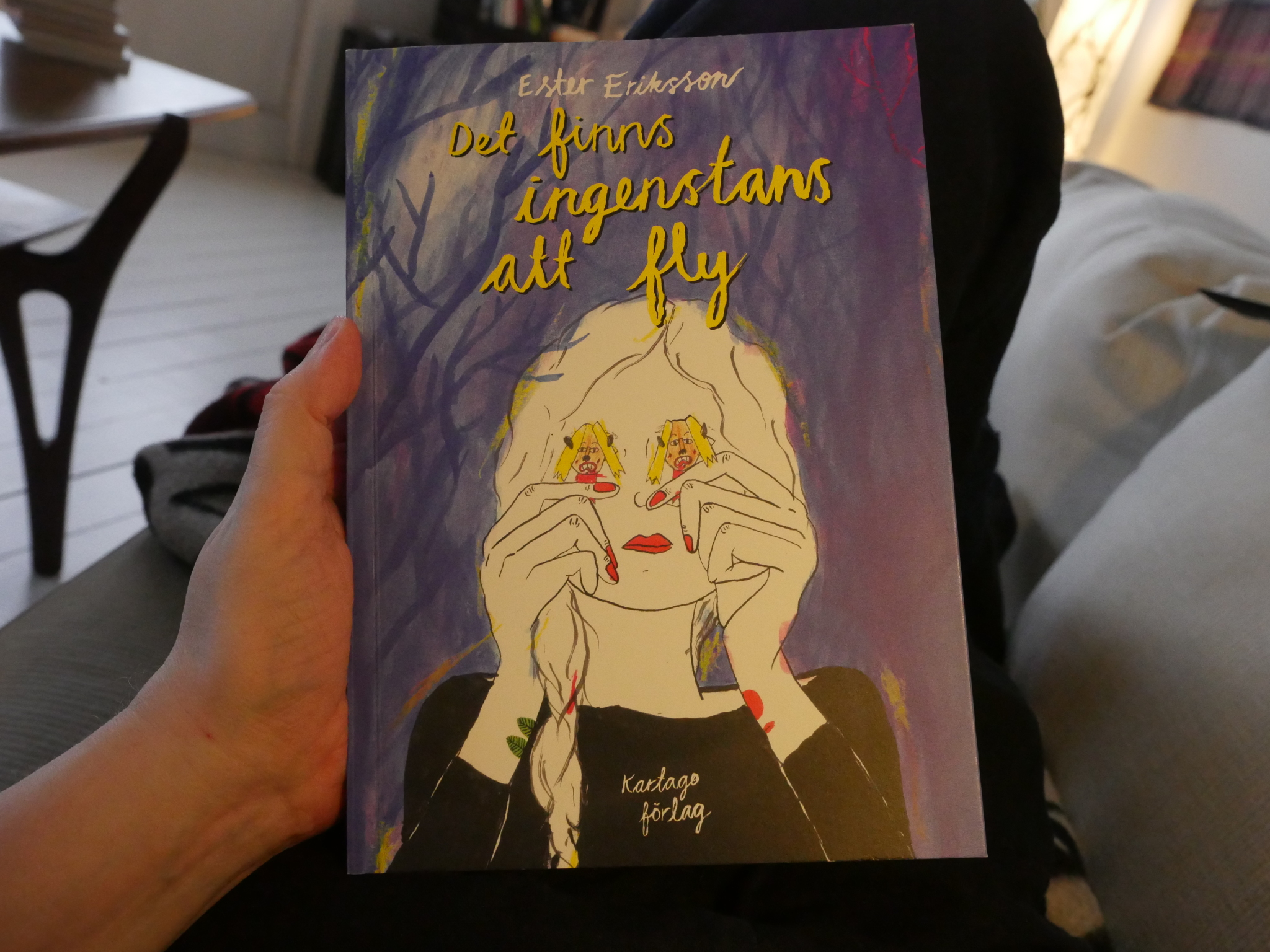
Det finns ingenstans att fly by Ester Eriksson (Kartago)
Apparently Kartago is the major publisher for good comics in Sweden, because here’s yet another book published by them. This one could translate to “There’s No Escape” and is about depression.
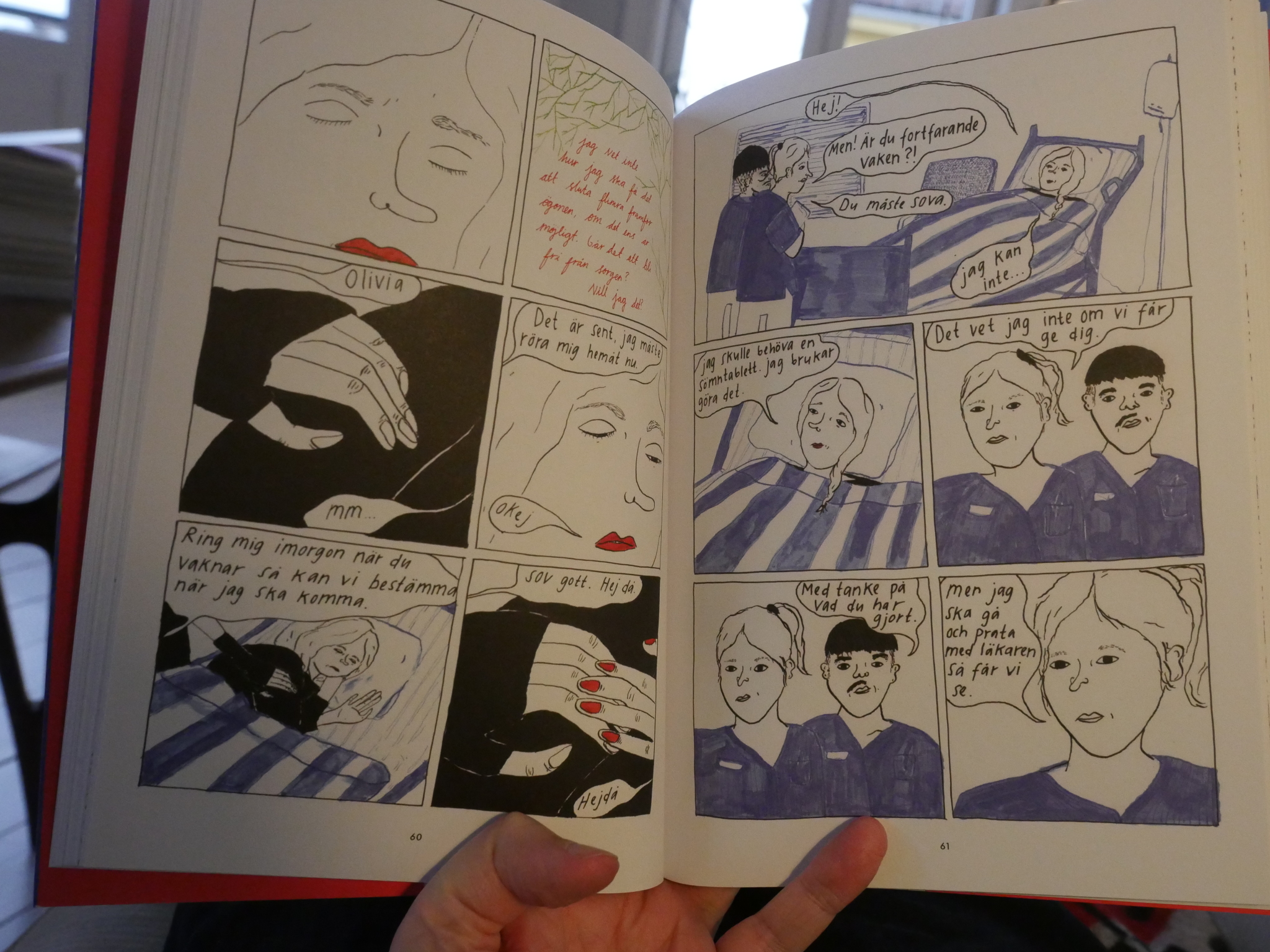
The clinical kind, involving numerous visits to the hospital.
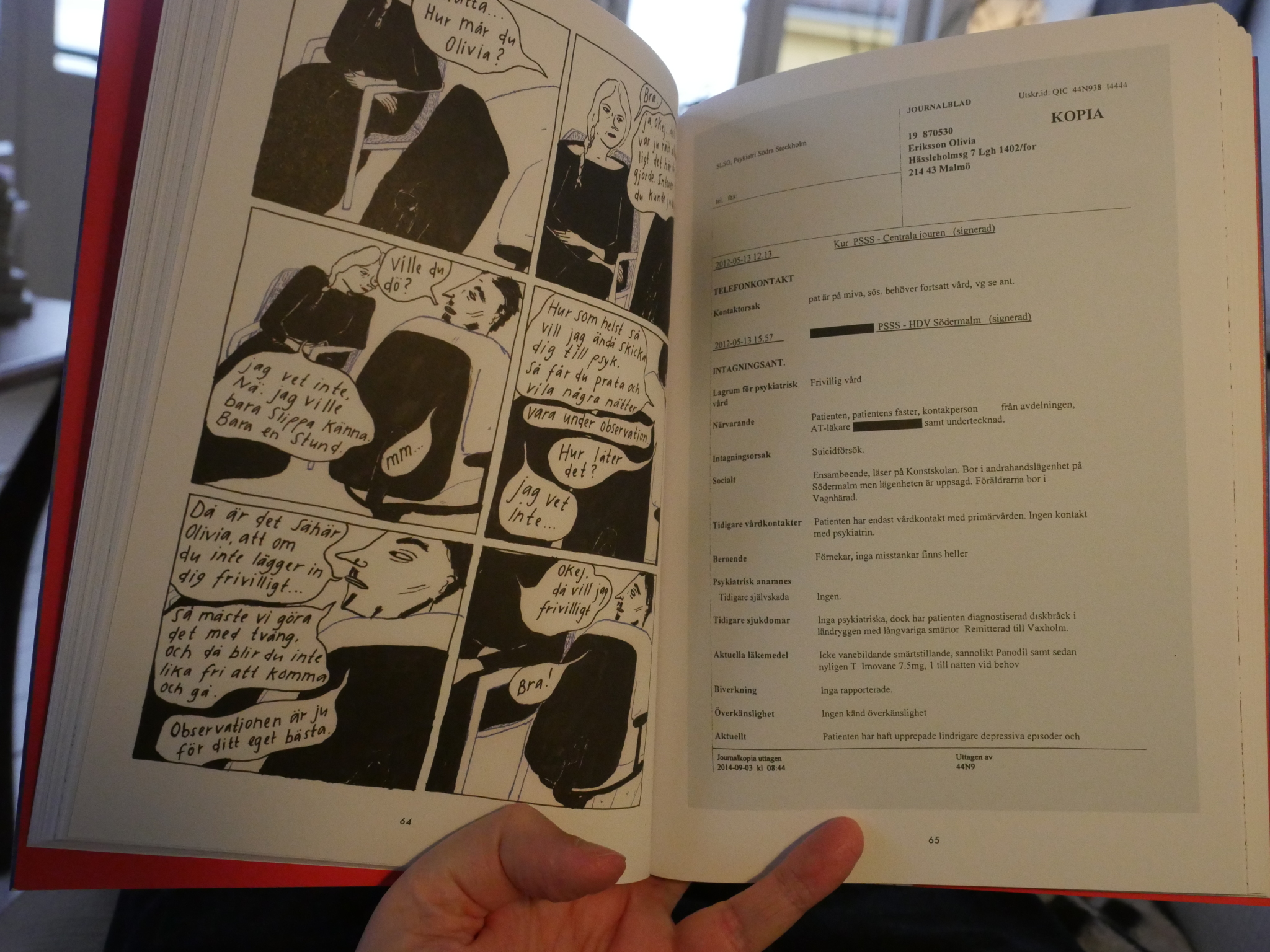
Even including slightly redacted facsimiles of admittance paperwork and journals. It’s all quite harrowing, and it’s a very powerful work.
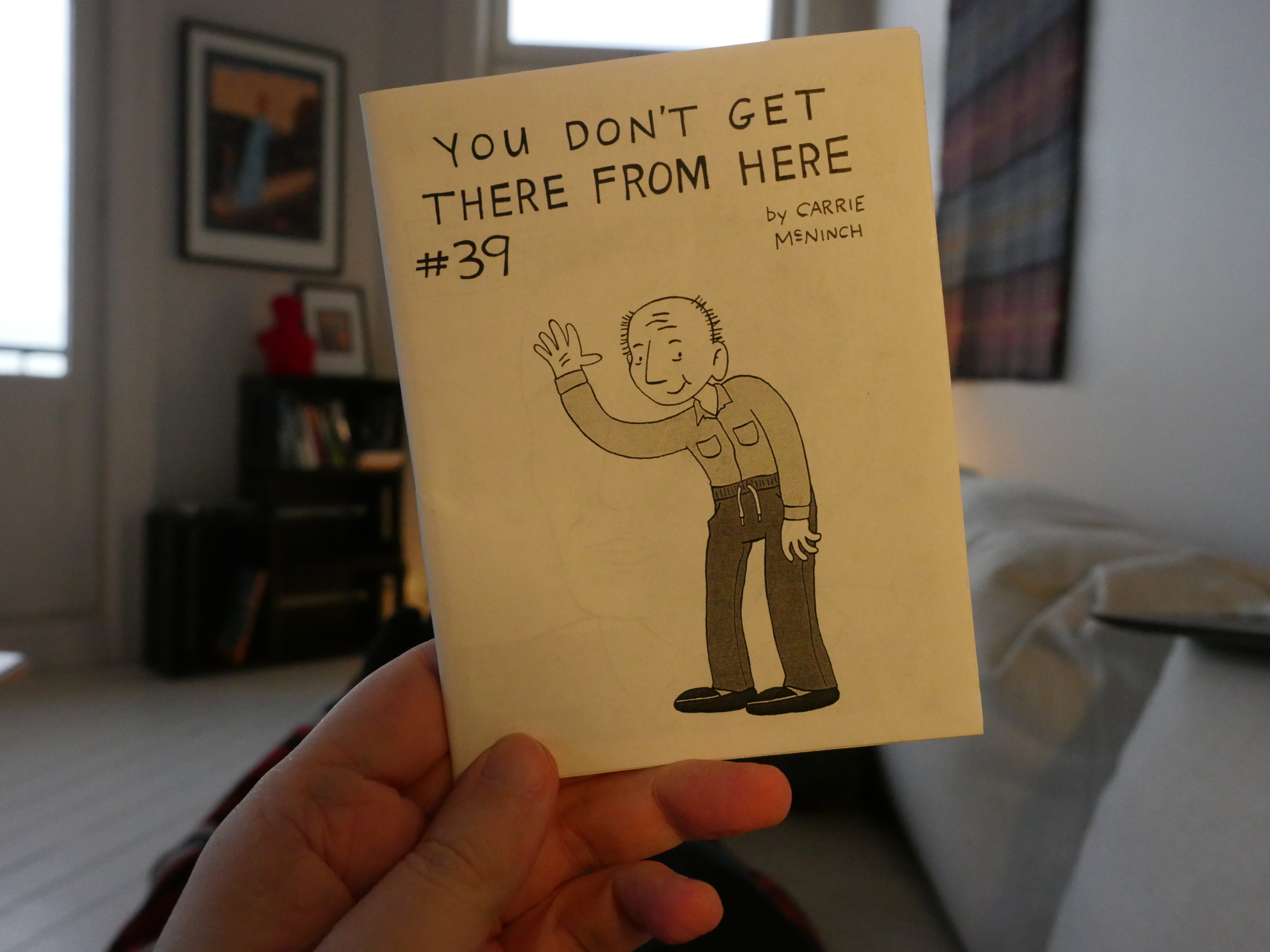
You Don’t Get There From Here by Carrie McNinch (self-published)
And speaking of depression… but of a less debilitating kind: I started reading McNinch’s autobio mini only last year, so I’m a newcomer here, but I went and bought all the back issues, so I’ve been reading her life quite a lot the past few months. No matter how good an author is: I get tired of reading the same voice for a long period of time, so I’ve tried spacing them out. But these comics are kinda addictive.
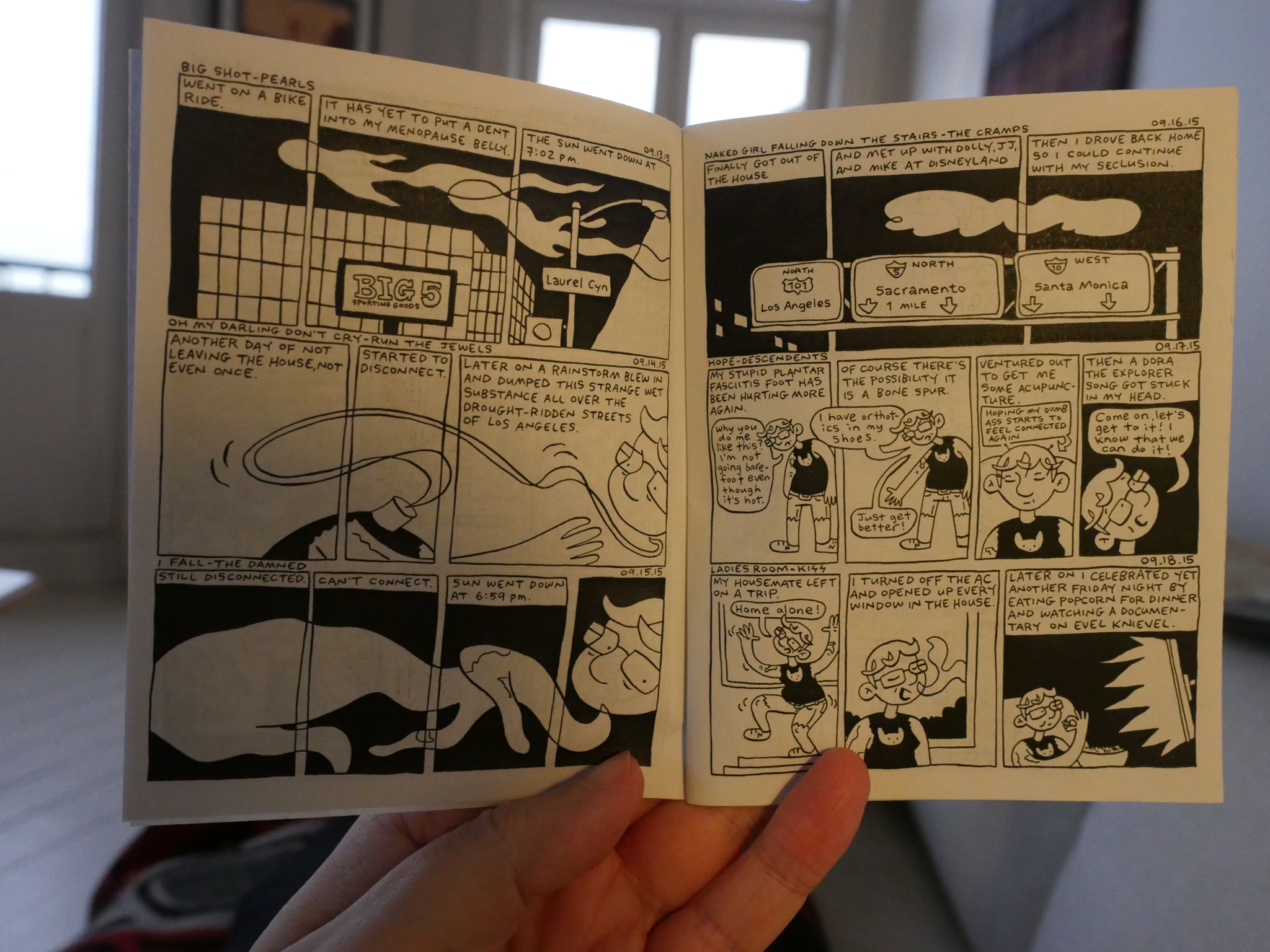
“Just one more before bedtime” I’ll say to myself and then find myself unable to not grab another one.
Anyway, I’m now all caught up. I find it somewhat difficult to say just why I like reading these so much. There’s generally one strip per day, and they’re mostly somewhat repetitive (cappuccino, jogging, cuddle cats), but I find myself settling in to the rhythm of the strip, and then something (like the above) disrupts the rhythm completely, and it’s shocking.
That her comics are so clear, pretty and easy to read doesn’t hurt. I mean, from a storytelling point of view, they’re kinda perfect.
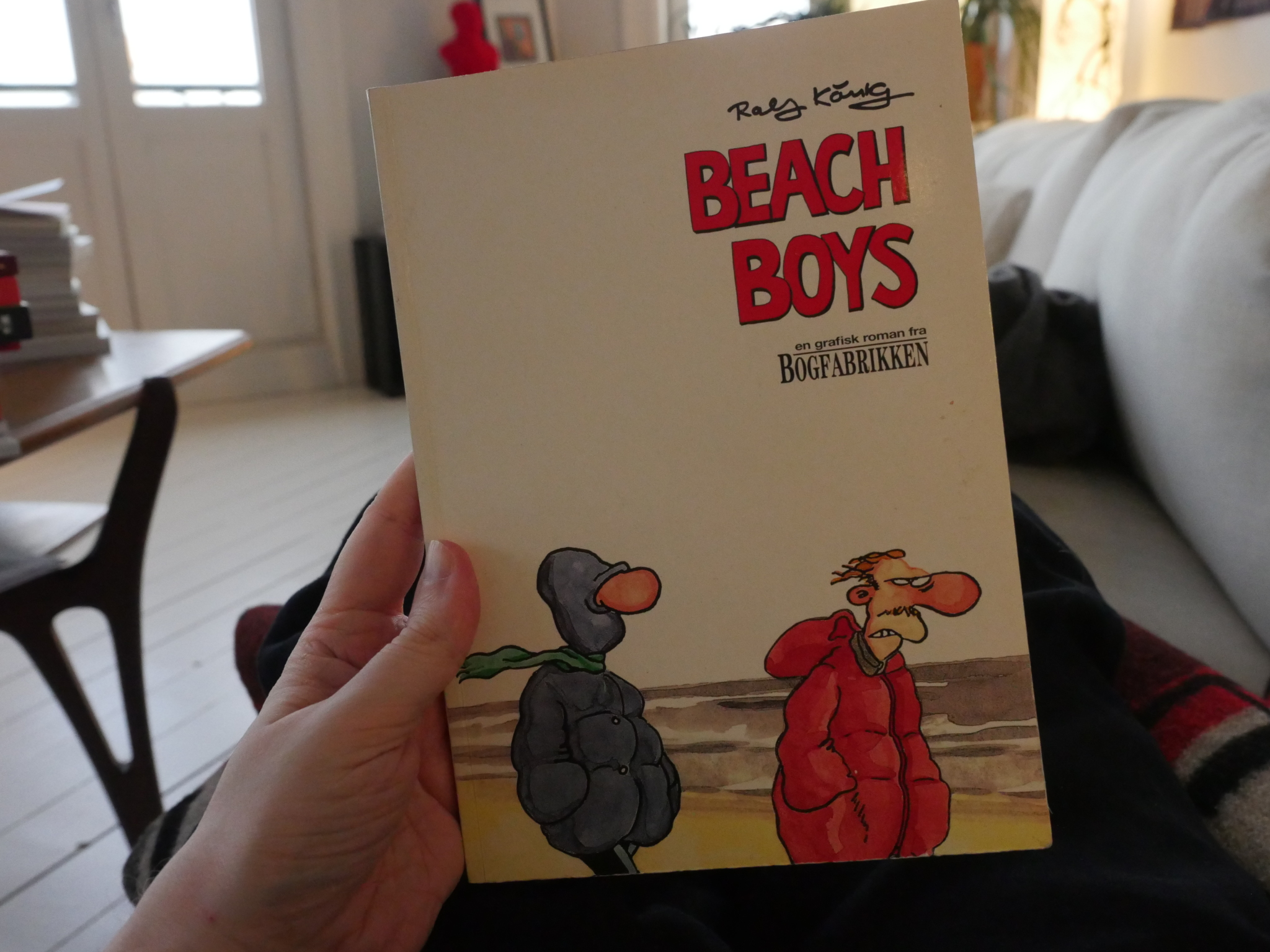
Beach Boys by Ralf König (Bogfabrikken)
I scored a massive stack of König books from a used bookstore. These were all published in Denmark in the late 80s and early 90s, and they’re about life in gay Germany.
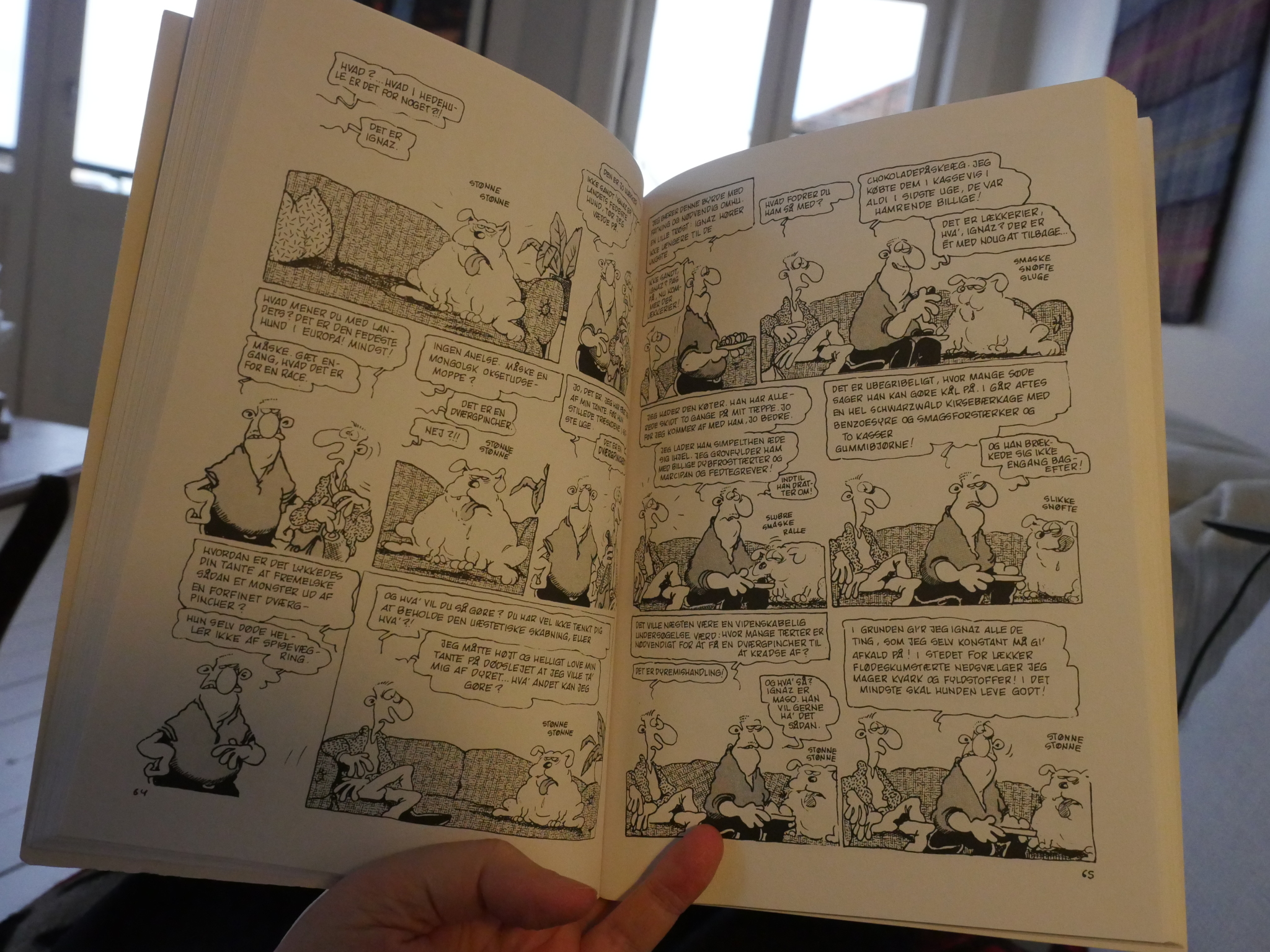
So it’s pages and pages and pages of this where you have people bitching and talking about sex and life and stuff, and while it does tip over into sit-com-land quite a bit, it’s all very amusing. And sometimes when he takes time to do longer stories, he can even be moving. Now I just have to find the couple of books he’s done that wasn’t in this haul…
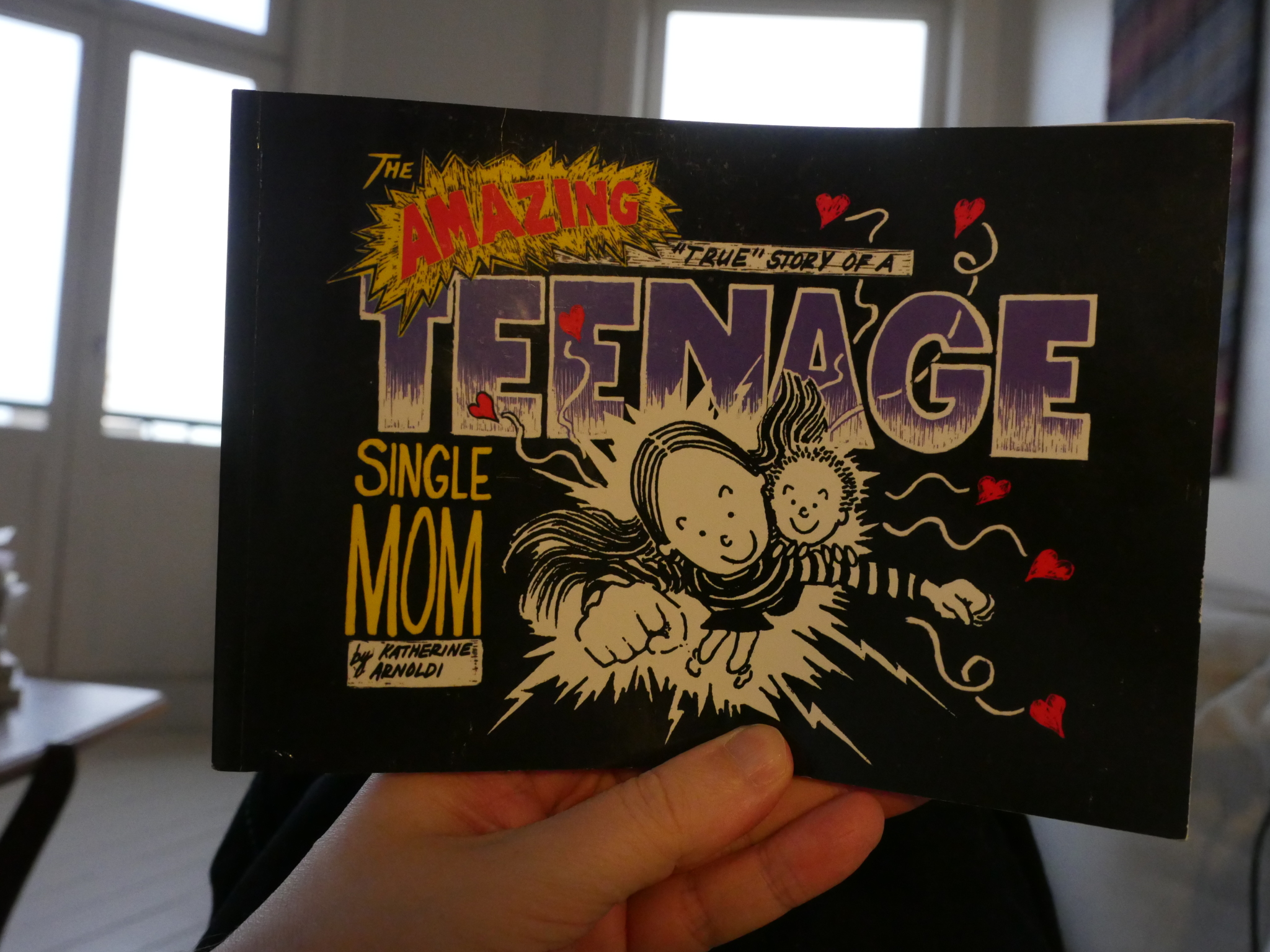
The Amazing “True” Story of a Teenage Single Mom by Katherine Arnoldi (Graymalkin Media)
This is an oddball book from 1998 (republished in 2015) that feels like it doesn’t fit in any category.
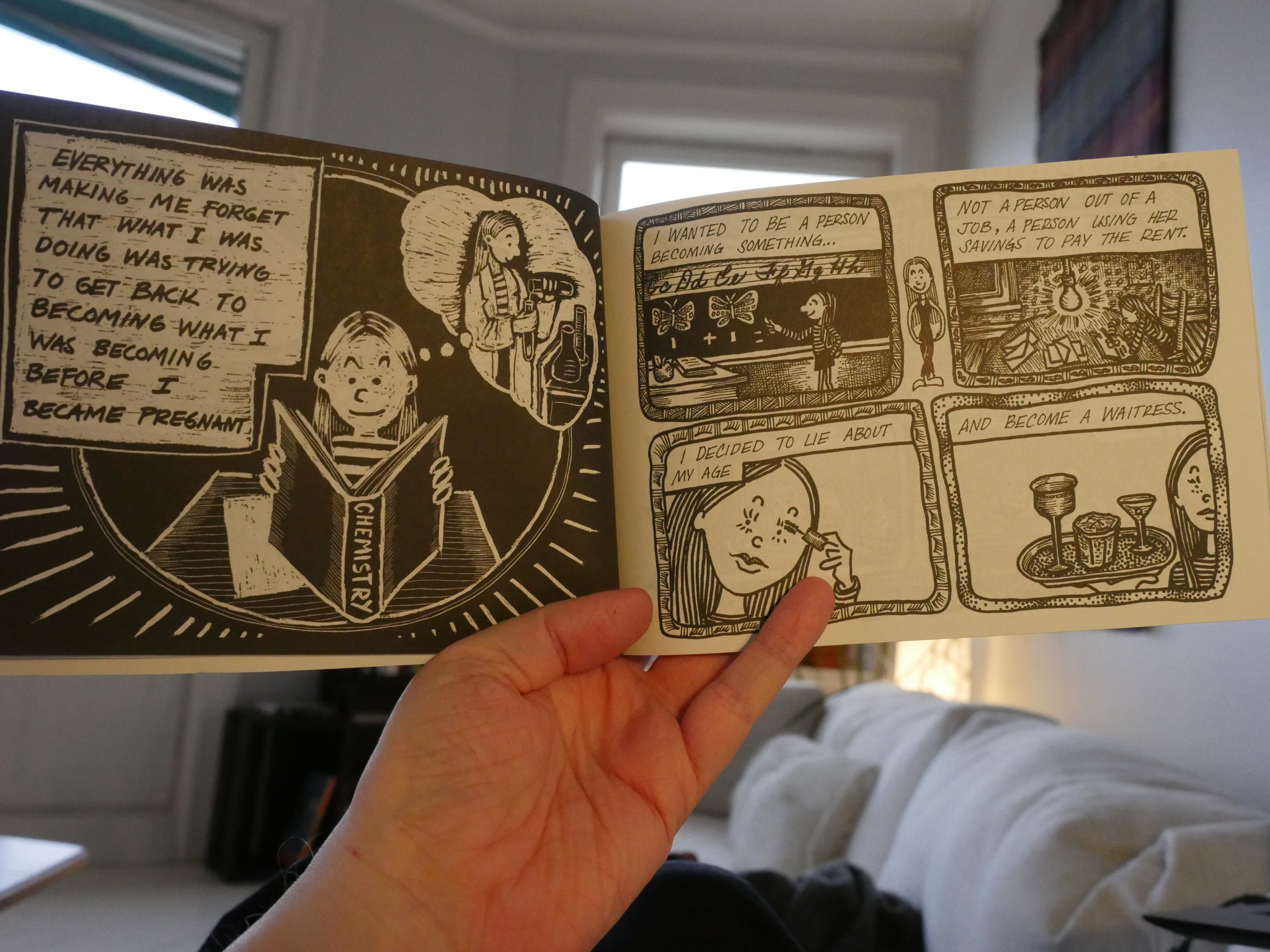
The artwork shifts randomly between quite accomplished scratchboard-like pages and traditionally inked, but more basic pages. This is apparently an autobiography and tells a harrowing story.
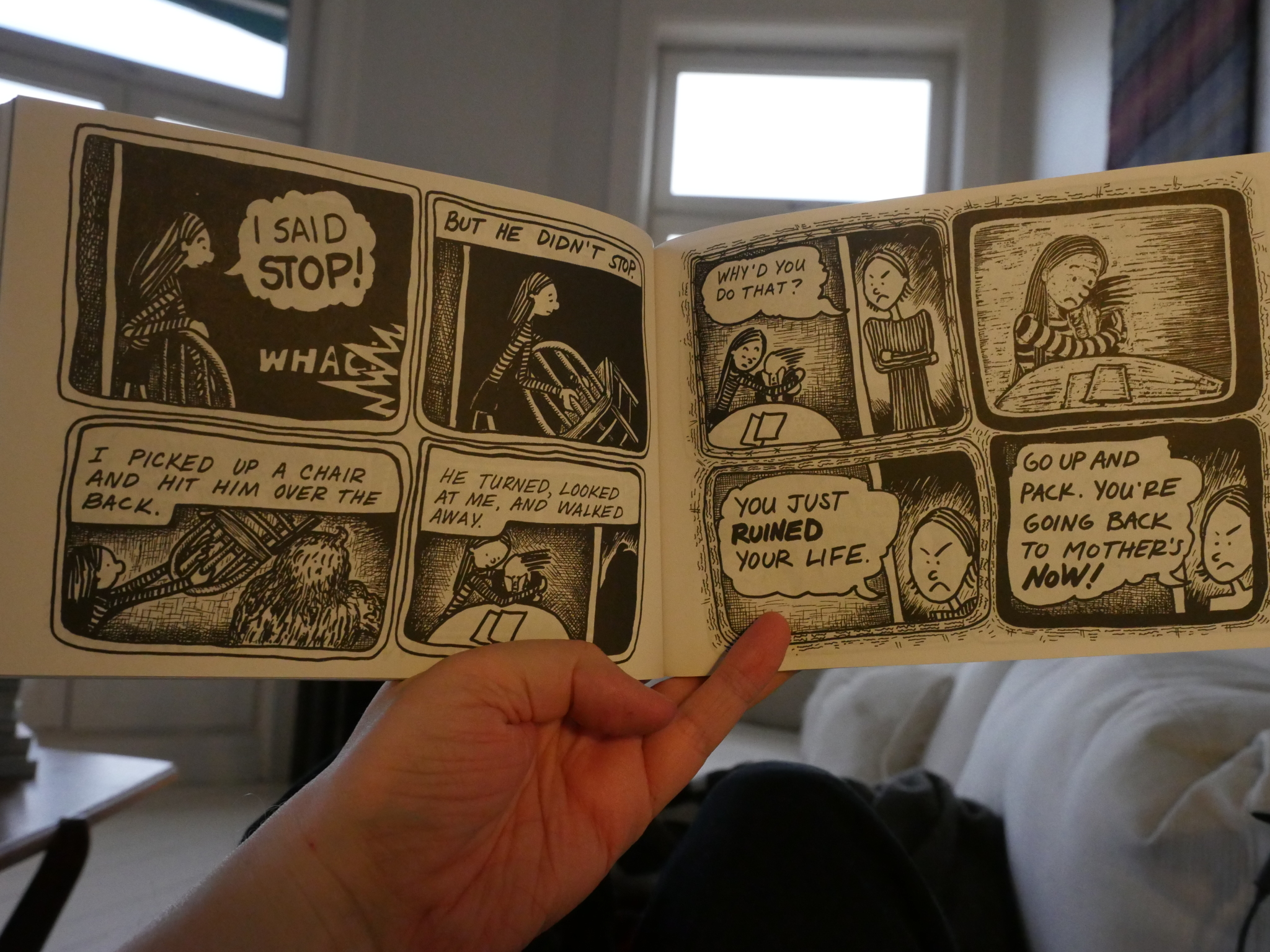
The obvious point of comparison for the story is artists like Debbie Drechsler, but while Drechsler is also an interesting, complex artist, while most of the pages here are rather basic. Still, it’s an engaging book and deserves more attention, I think.
Or, looking at the pull quote list, perhaps it’s really well known already, but just not in venues I’m familiar with? Seventeen magazine and Entertainment Weekly.
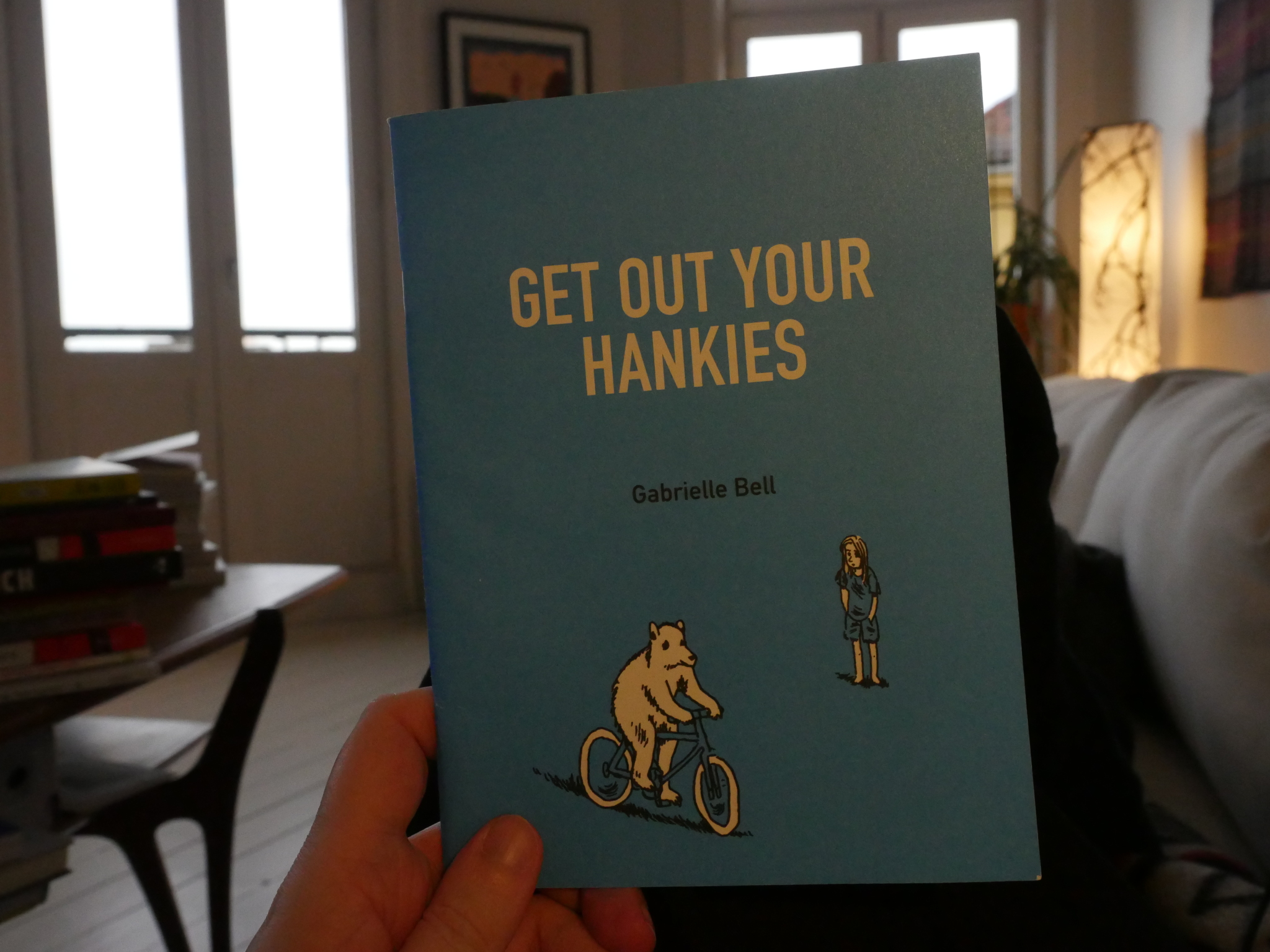
Get Out Your Hankies by Gabrielle Bell (Uncivilized)
Hey, this is from December 2016, so it’s not that old…
Anyway, it’s another chunk of Bell’s “diary” comics.
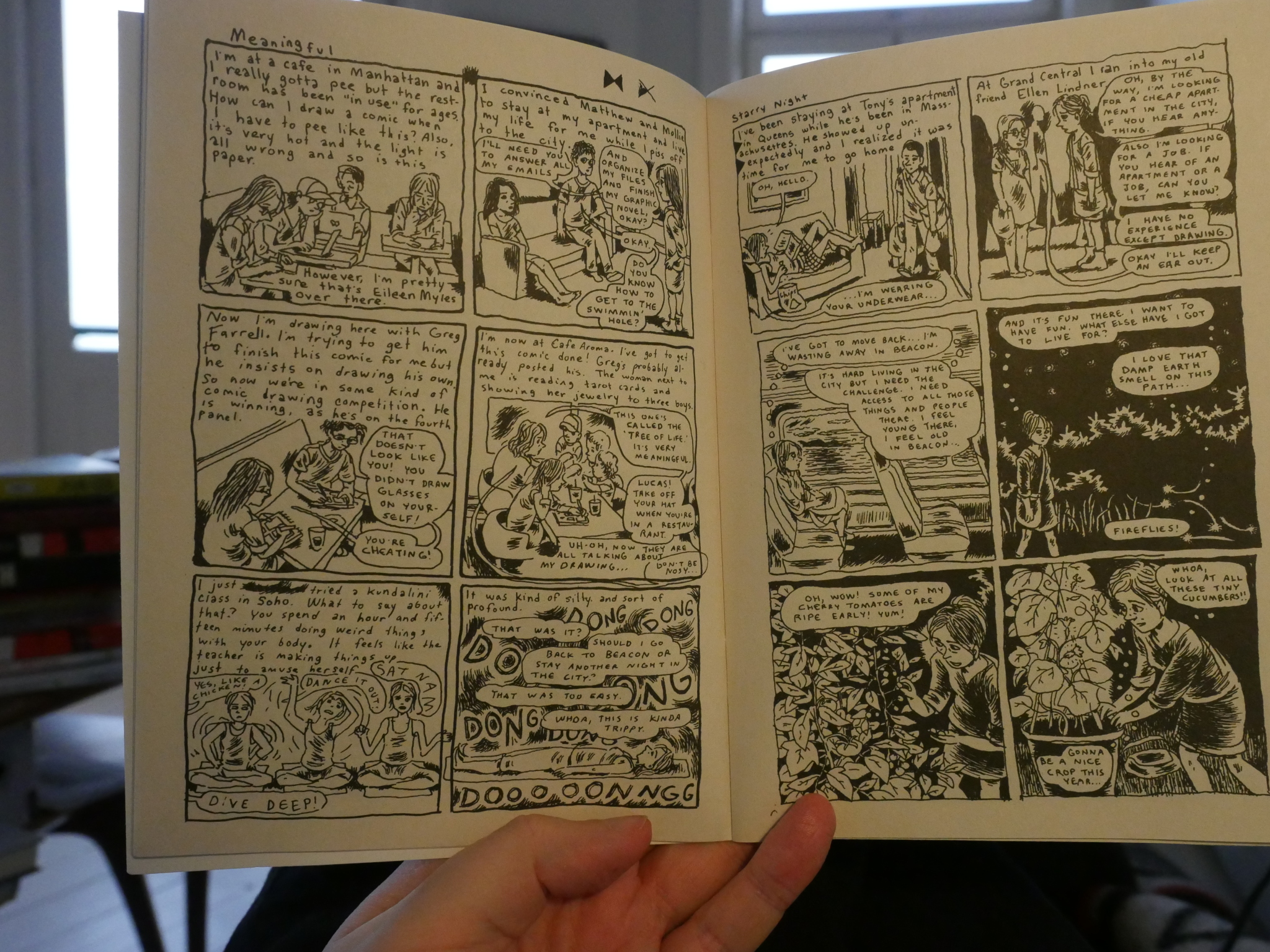
And as usual, it’s wonderful. I love the dialogue and I love the artwork. Endlessly inventive. I could read these forever.
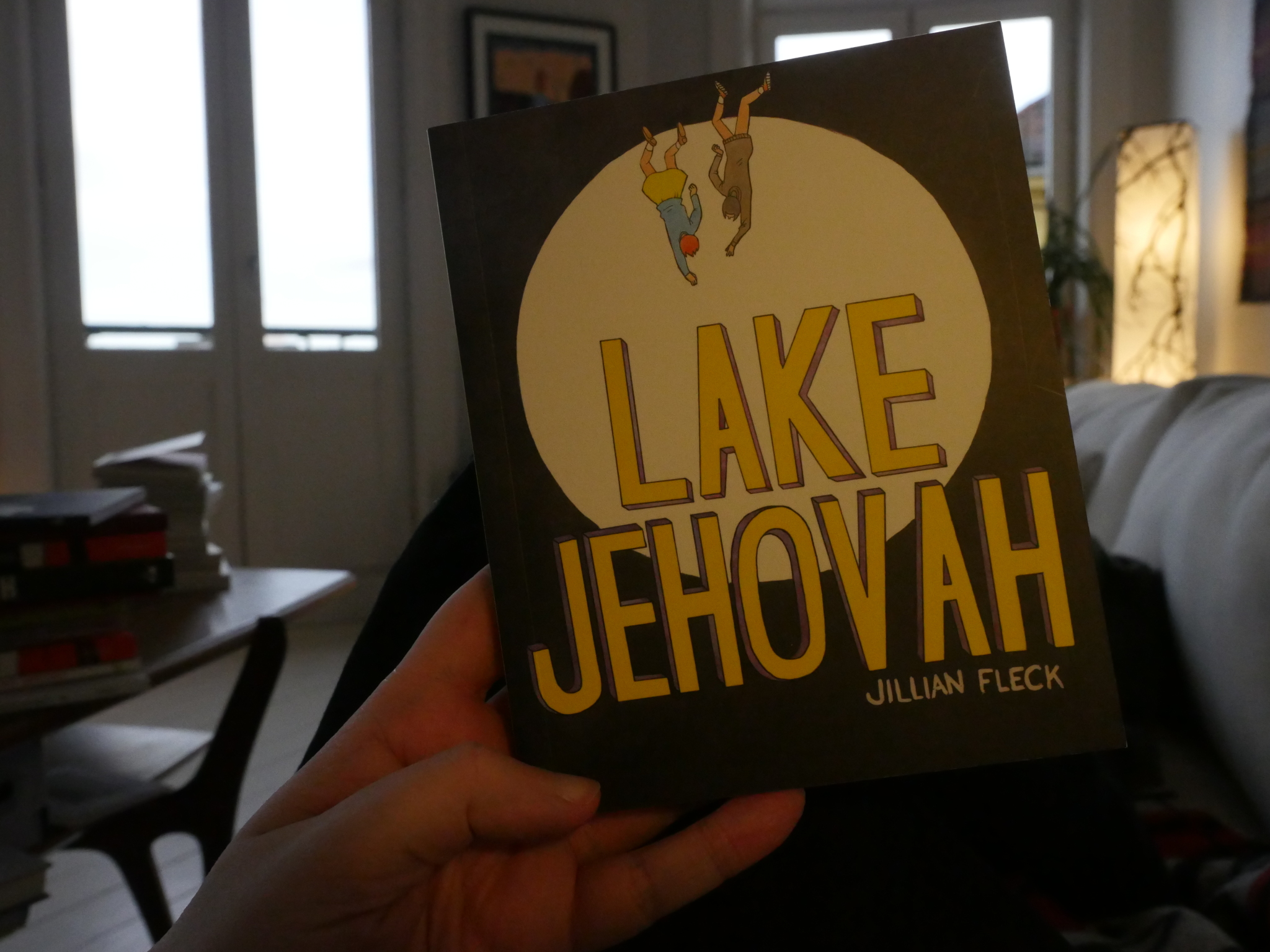
Lake Jehovah by Jillian Fleck (Conundrum)
I seem to remember this book being on a lot of “best of 2016” lists, and it’s difficult to disagree.
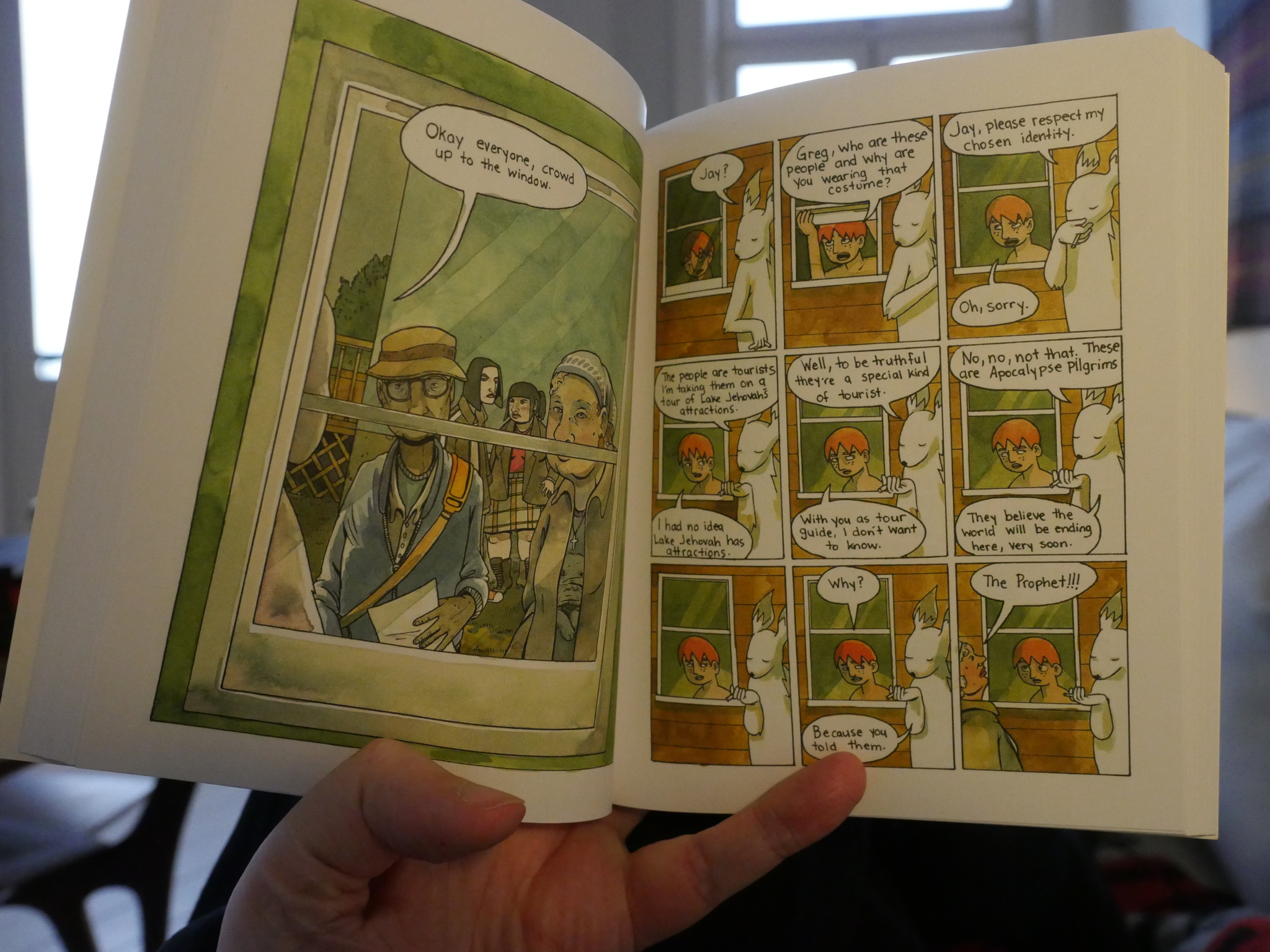
It’s a very strange story about the end of the world and prophets and stuff, mostly played for yucks.
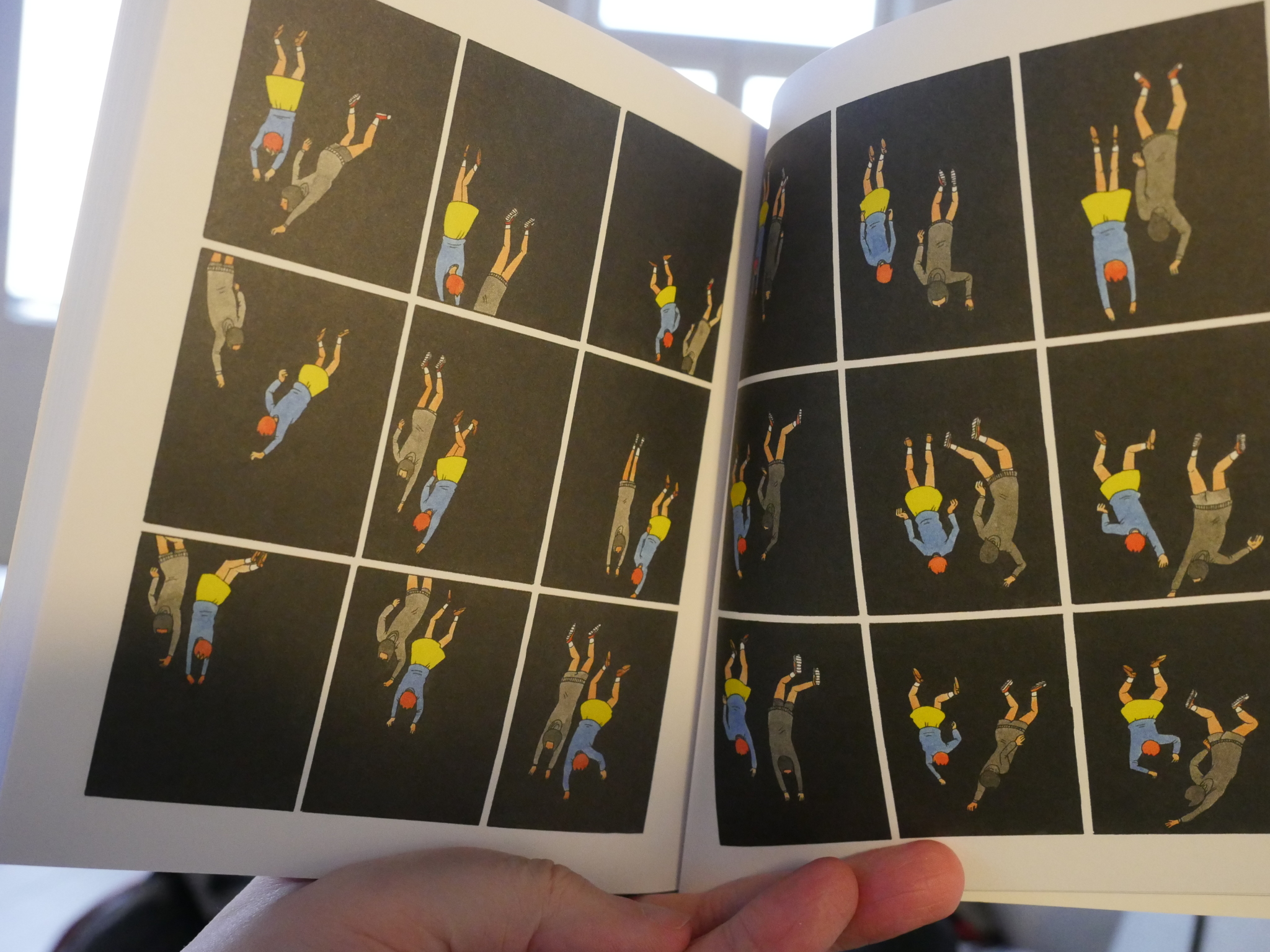
But the work has an emotional resonance. I’m not quite sure what it’s really about, but looking at it now, I feel drawn towards re-reading it to find out just what.
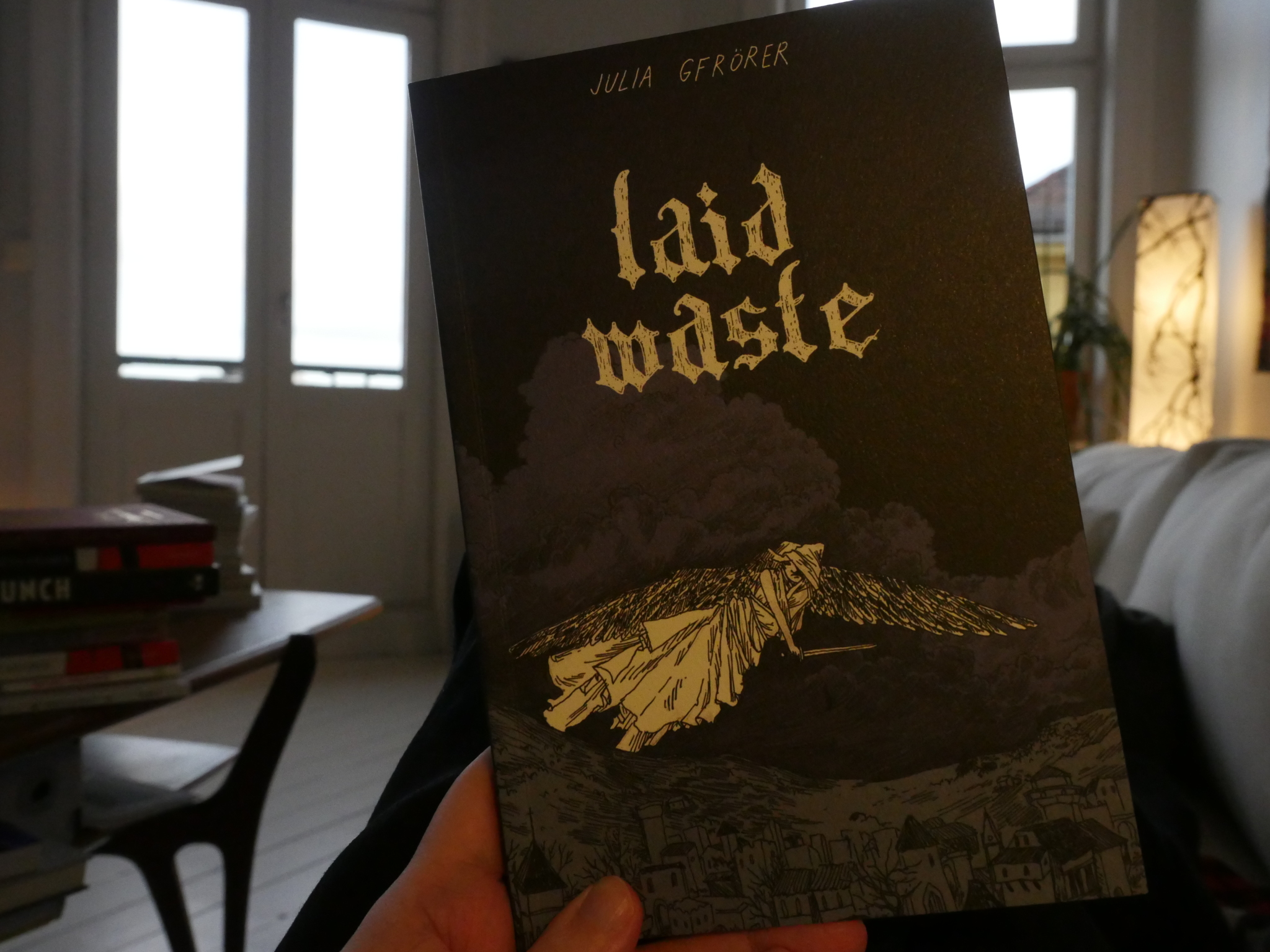
Laid Waste by Julia Gförer (Fantagraphics)
I’ve always been intrigued by Gförer’s artwork.
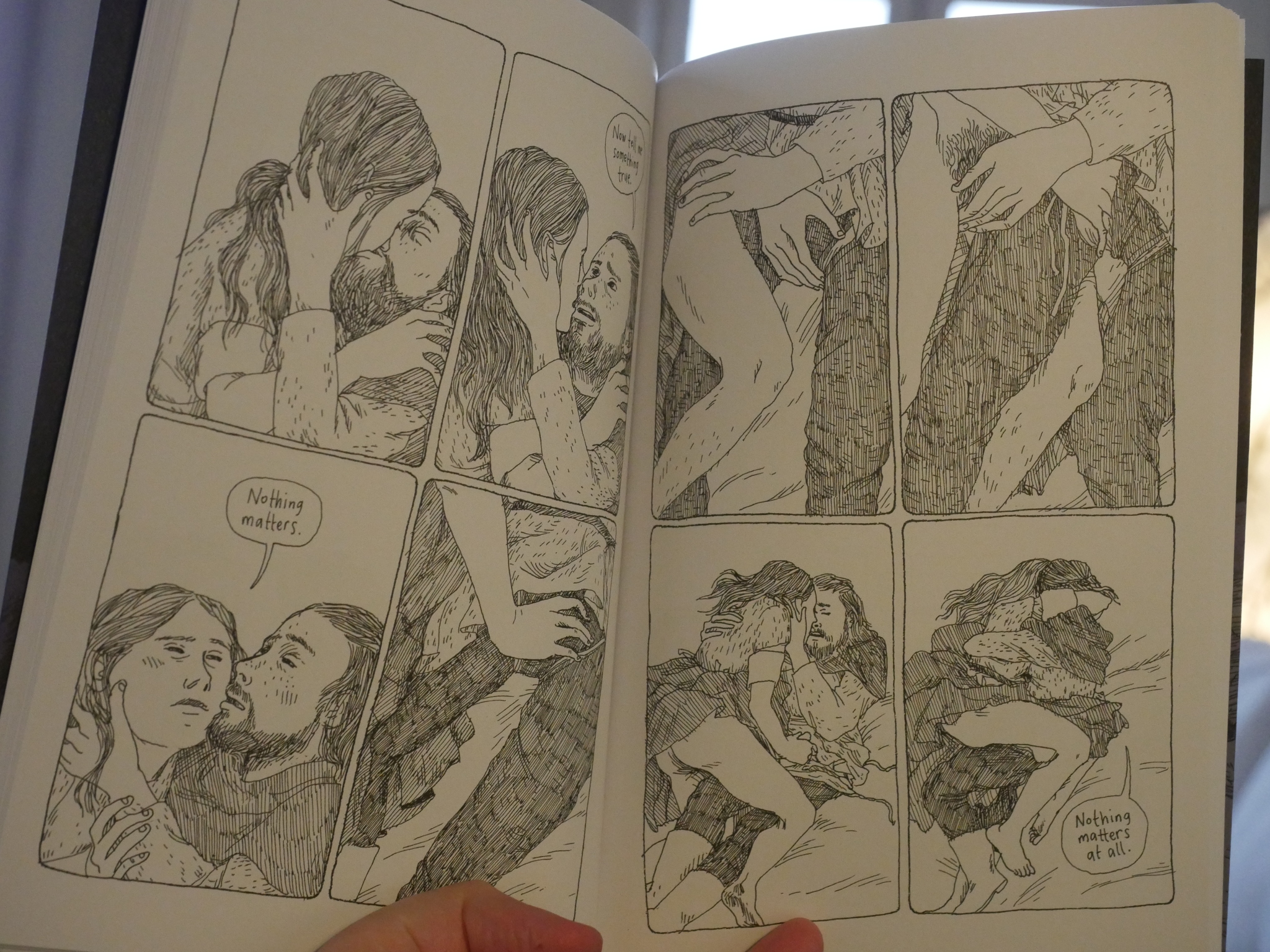
The rendering has an oldee-tymee feeling while the layouts are anything but. It creates an interesting frisson.
The story is apocalyptic and fittingly overwrought. But also funny. The funny bits makes the dramatic parts even more distressing, somehow.
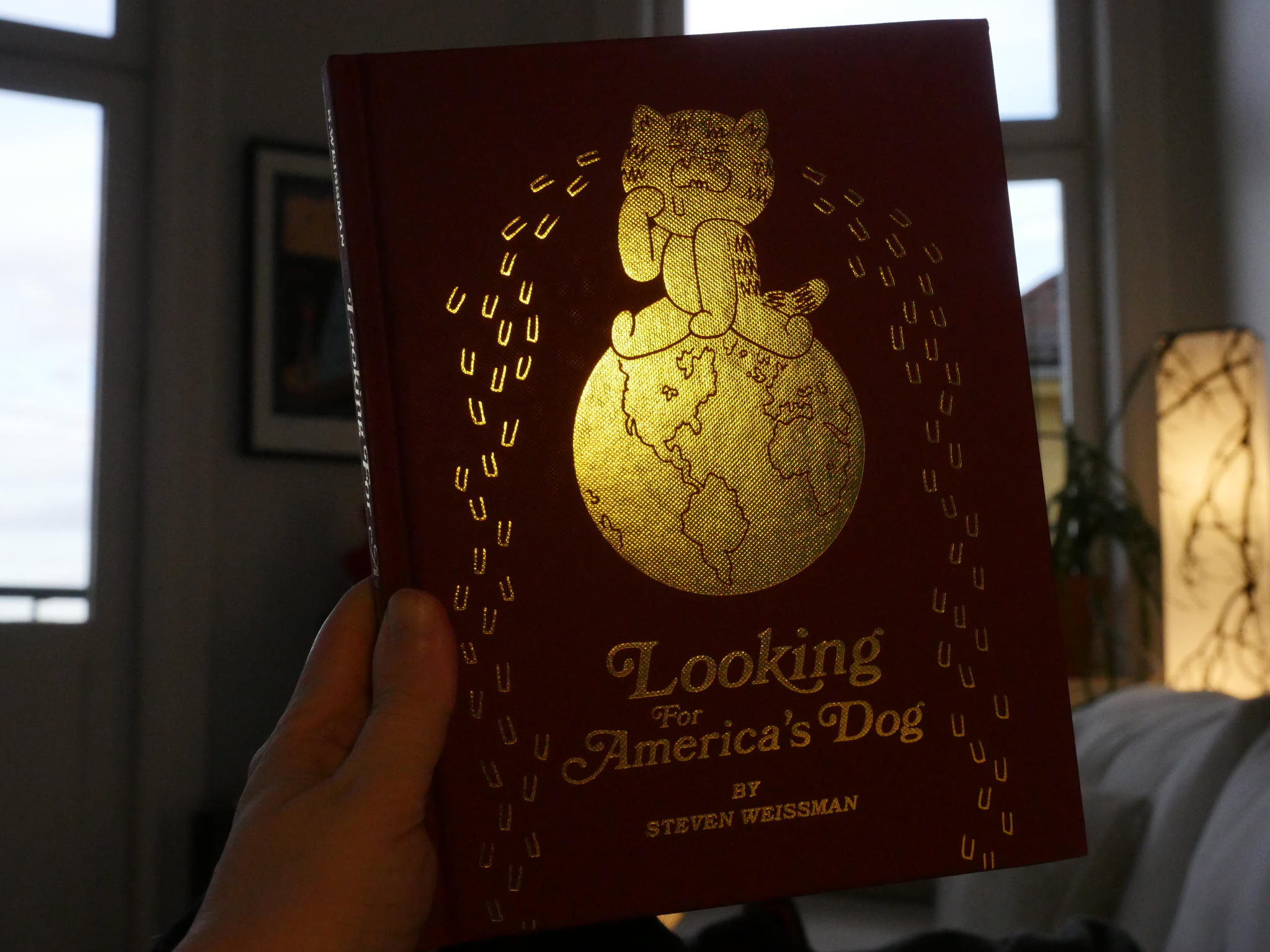
Looking For America’s Dog by Steven Weissman (Fantagraphics)
Is this the same Weissman that did Yikes? If so, that’s a rare huge artistic change: Those comics were absolutely nothing like this one.
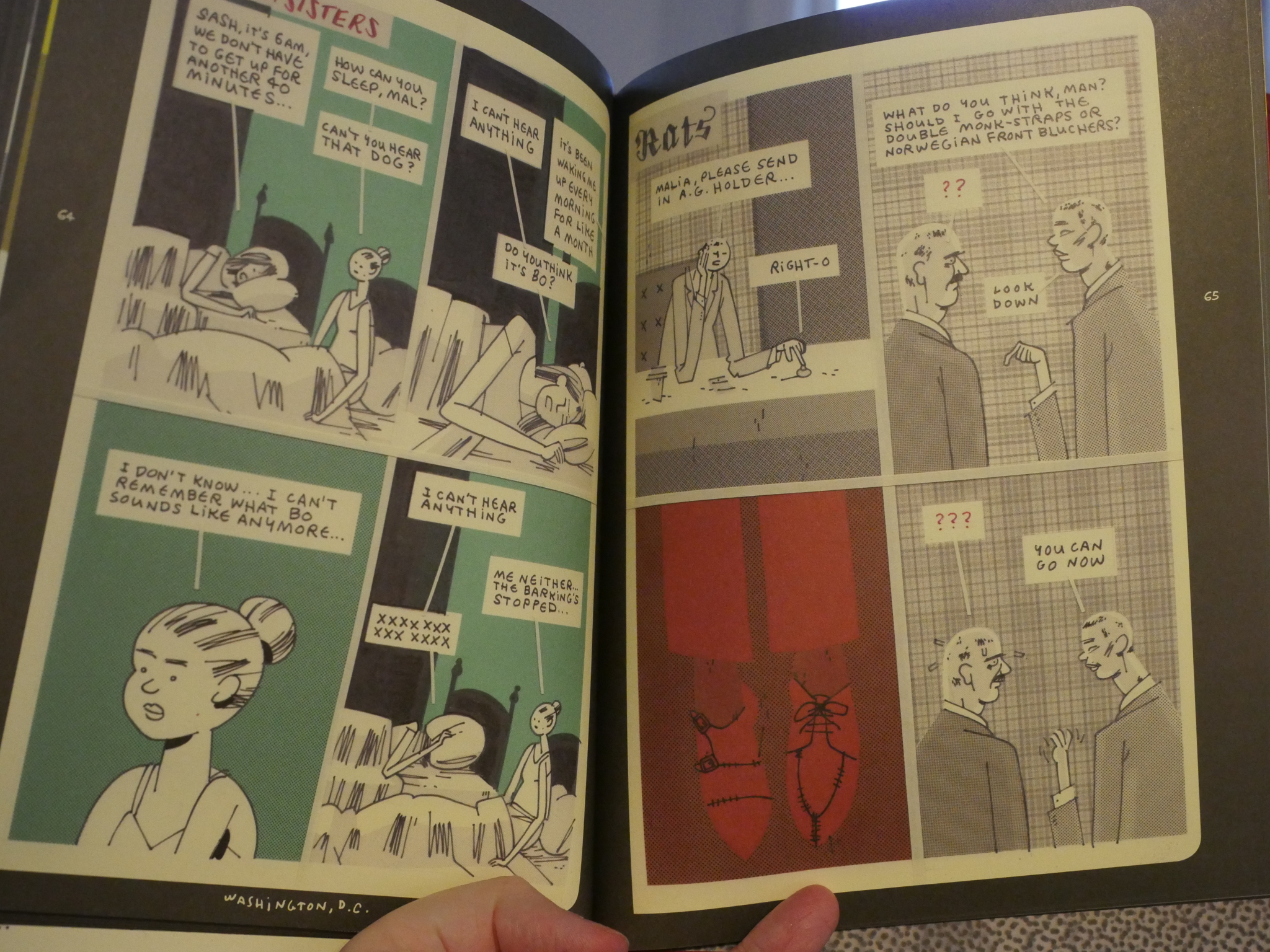
Which is about the Obamas (in a different universe, perhaps). There’s a plot of sorts…
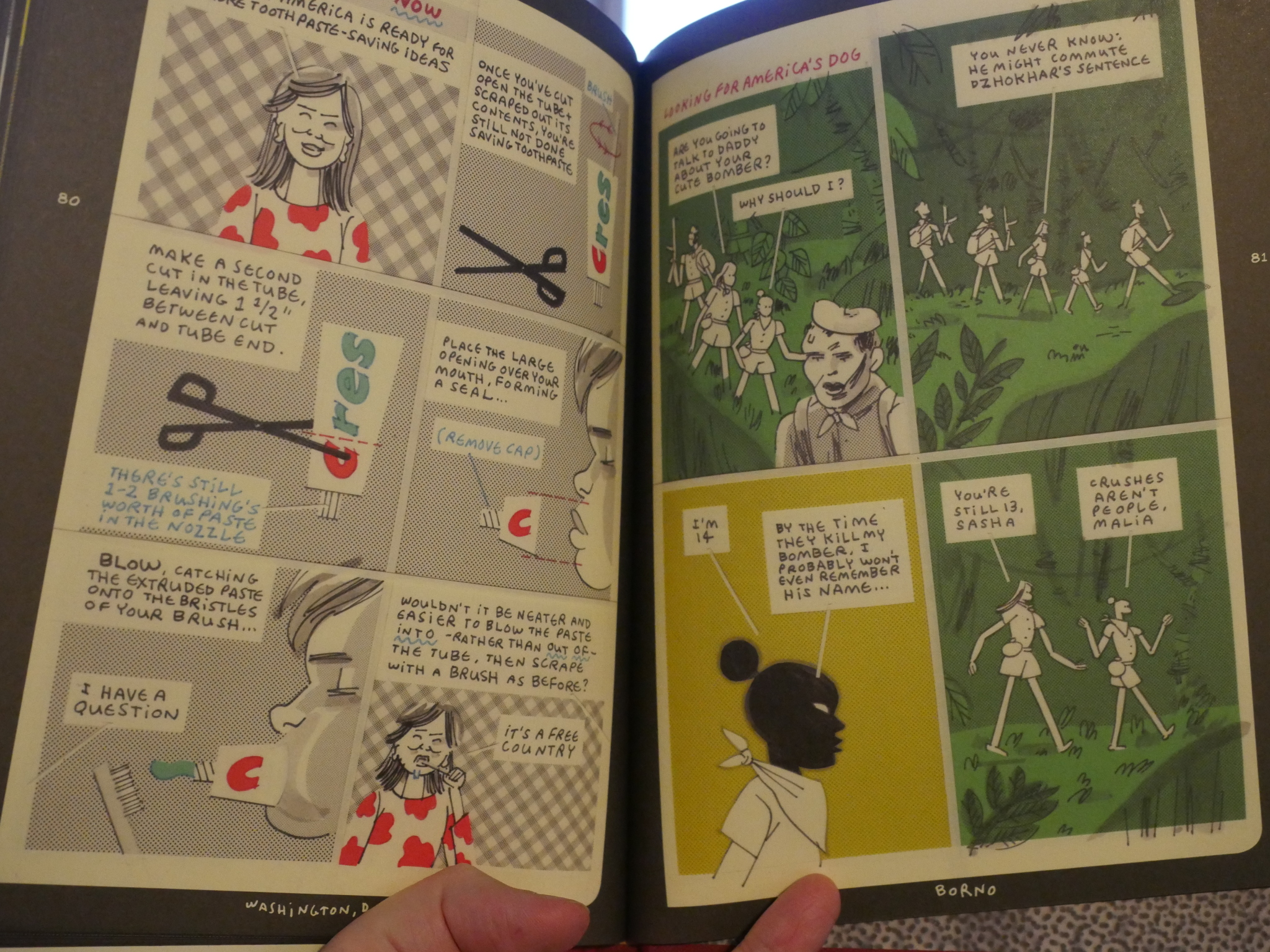
… but there’s also a lot of (funny) asides and formal experimentation. I don’t recall seeing this popping up on those “best of” lists last year, which is surprising: It’s got everything.
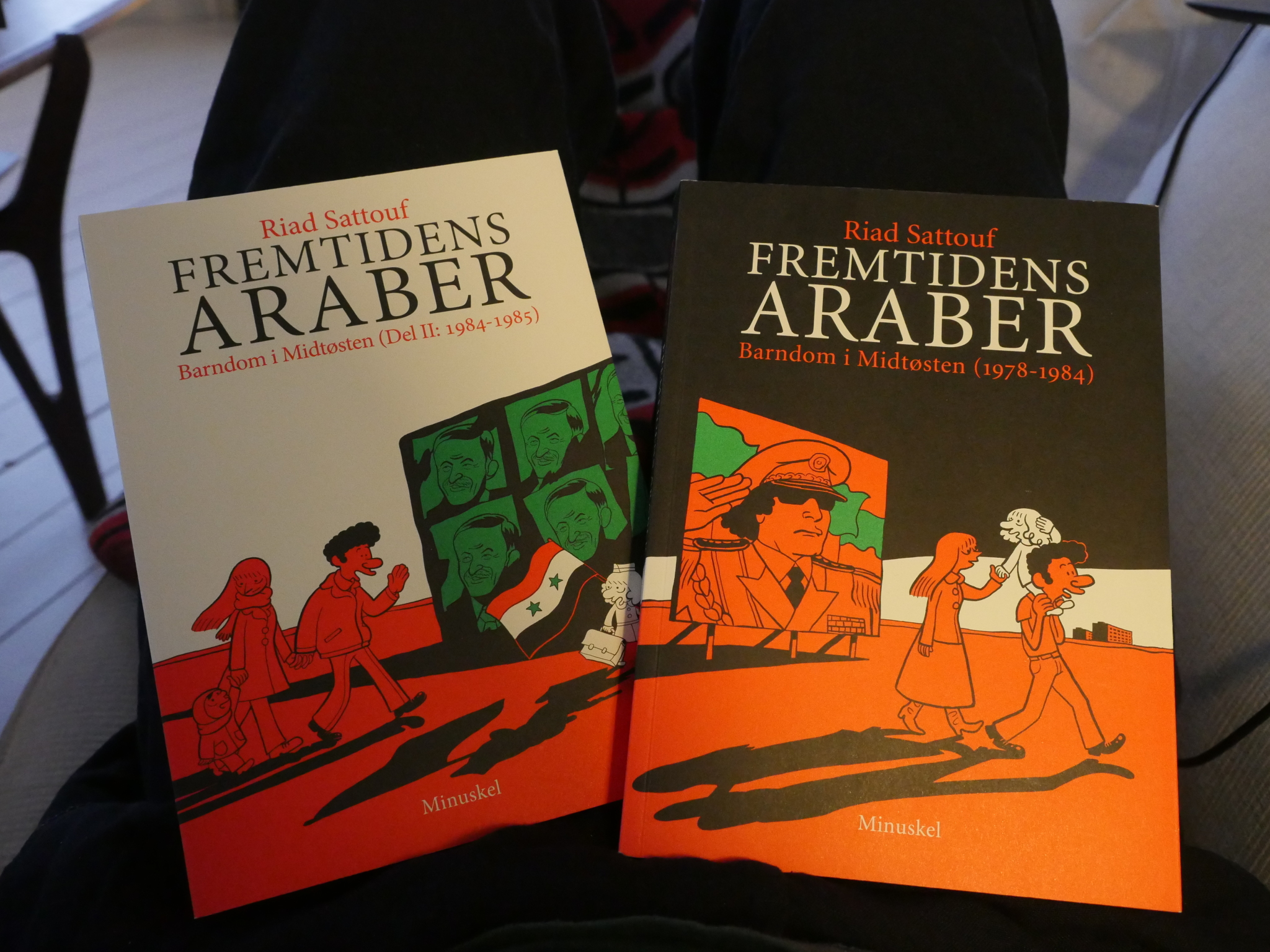
L’arab de futur by Riad Sattouf (Minuskel)
This is a world-wide success… so I was naturally quite sceptical. But it’s as good as all those other people say it is. Which has to happen sometimes, I guess.
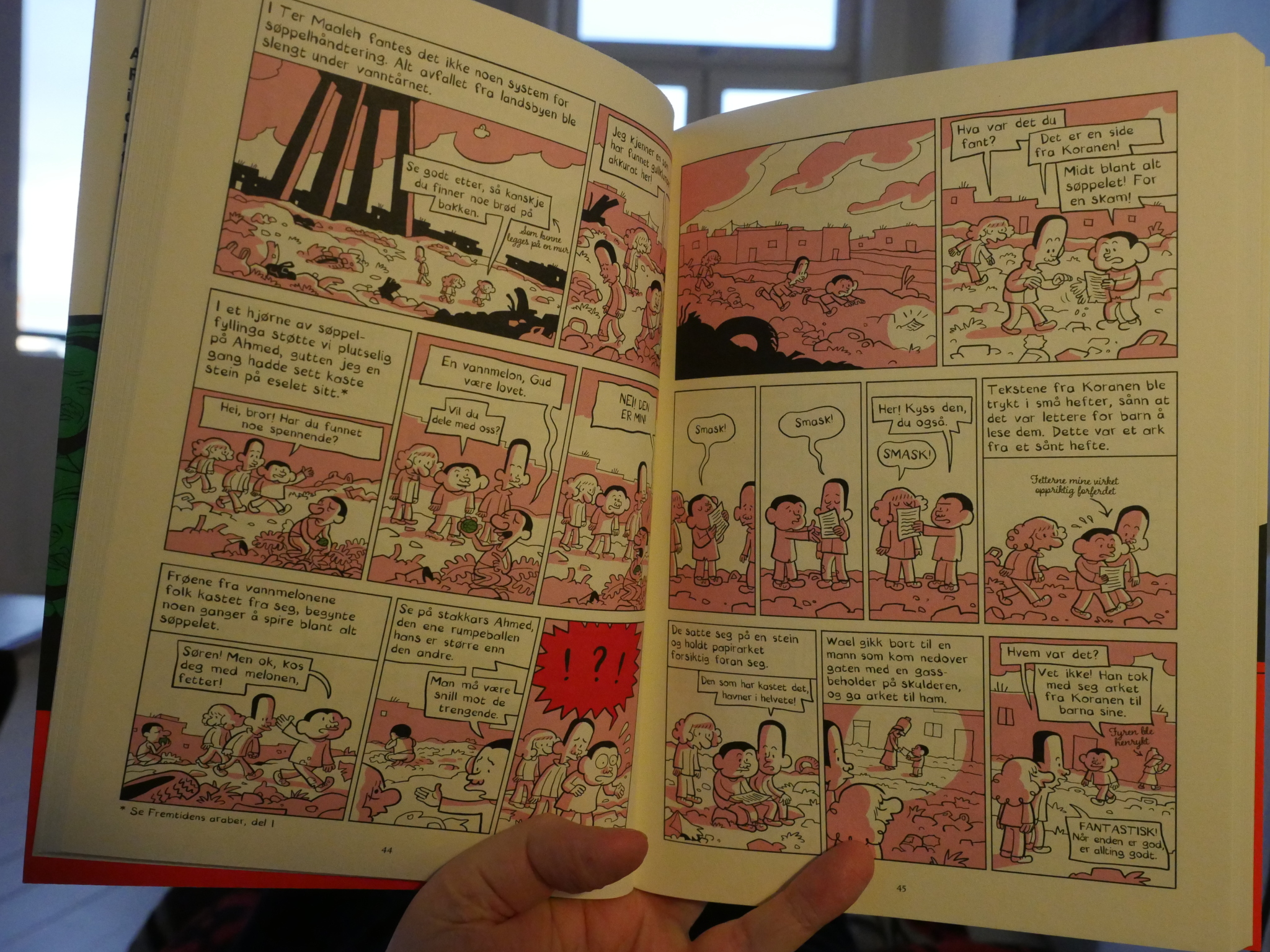
After reading it, I googled the French reception to it, and one common theme was “yes, it’s a good work, but the problem is that everybody who’s read it believe that they now know everything about Arabs”. And I can see why they’re saying that, because it’s such a convincing work. But Sattouf is very careful to depict absolutely everything through the eyes and understanding of his child protagonist, so I think that’s a bit unfair.
Can’t wait to see what happens in the third volume, when Sattouf moves to the French suburbs.
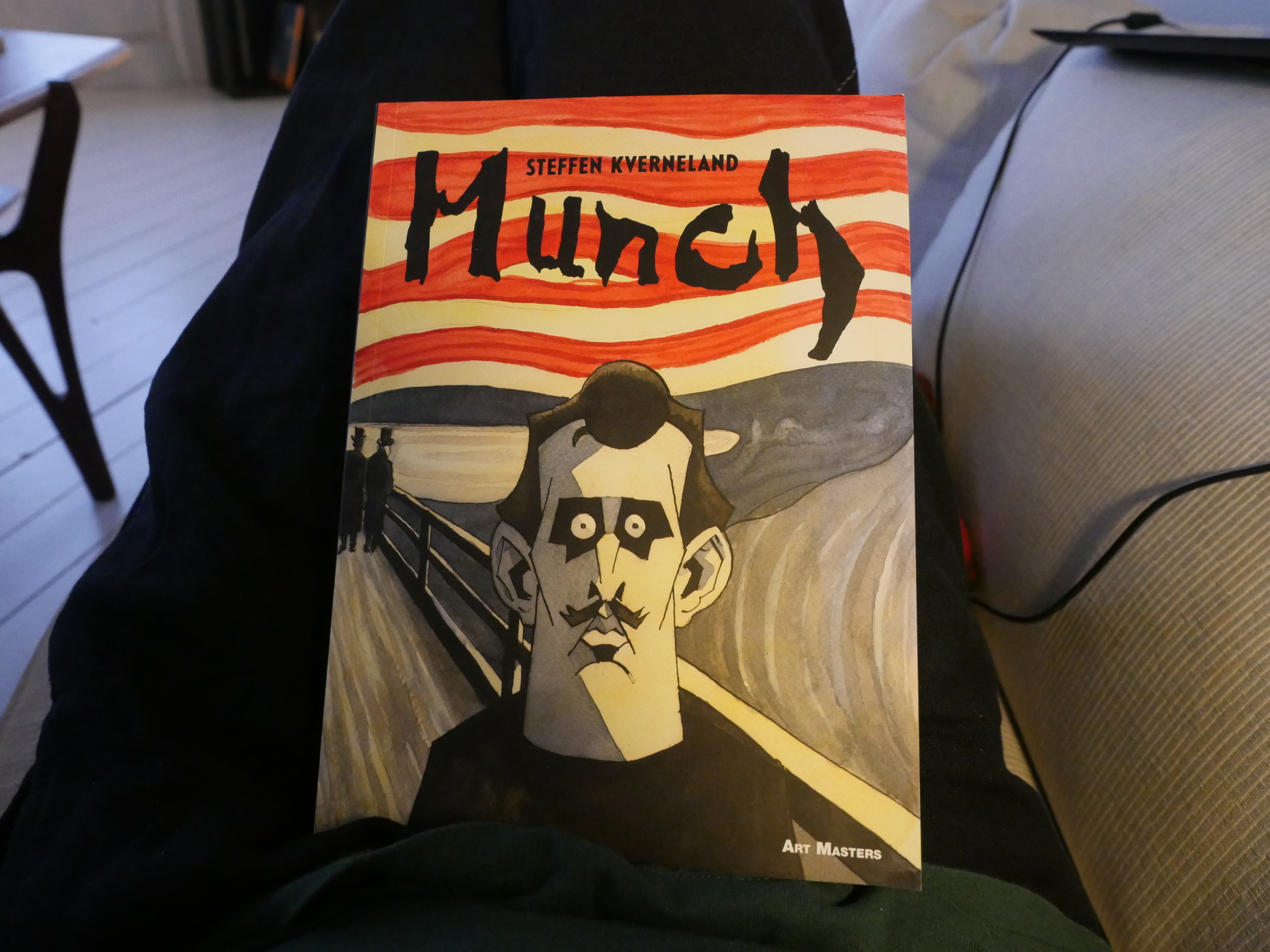
Munch by Steffen Kverneland (SelfMadeHero)
Somehow I ended up buying the English version of this book instead of the Norwegian. I think Internet shopping had something to do with it.
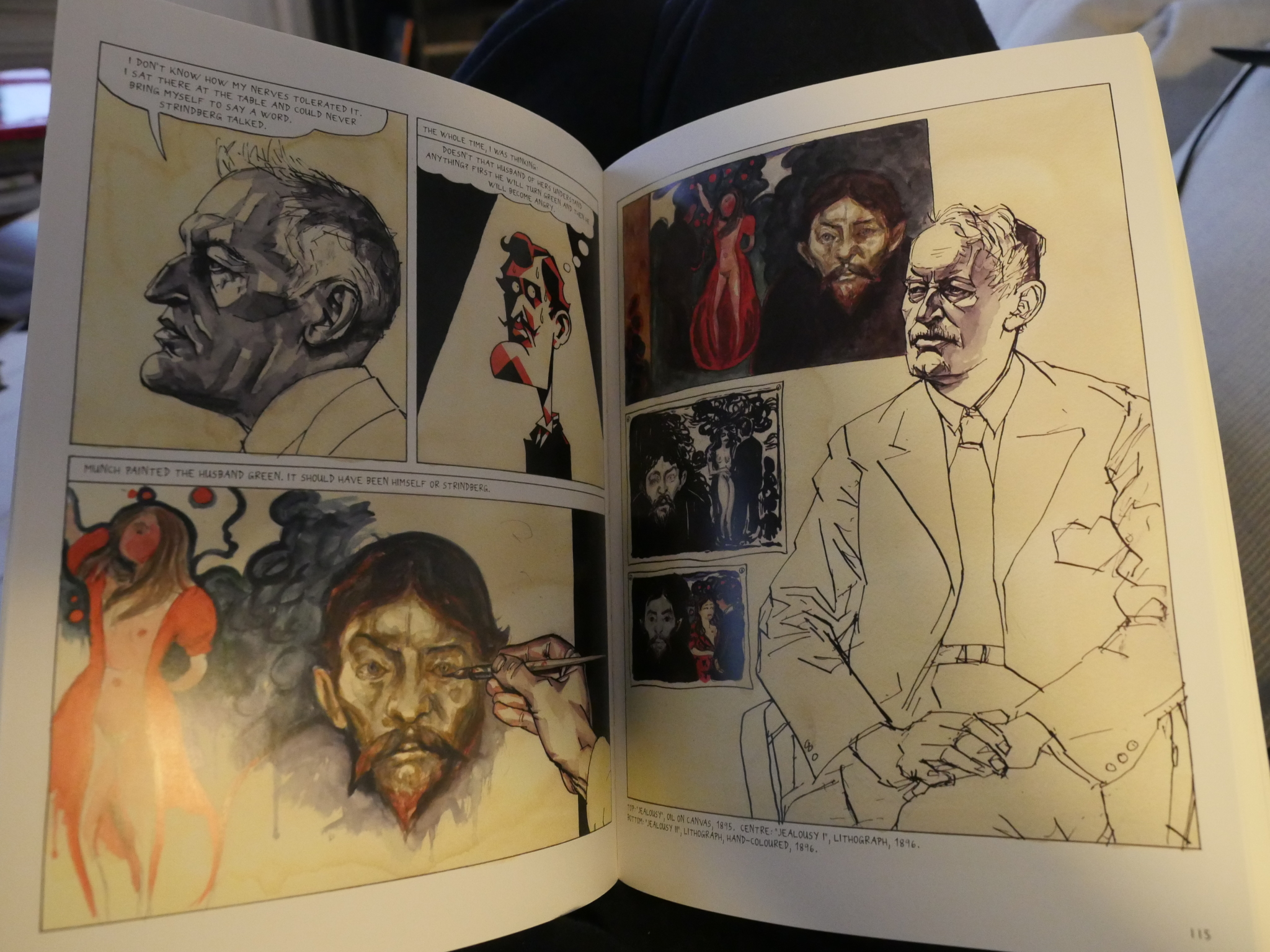
Anyway, the English version is published by SelfMadeHero, who seem to be set on pumping out uninspired biographies about artists these days. (Whenever a genre becomes hot, there’s a bunch of publishers that jump on the bandwagon, and biographical comics are in right now.) So I was expecting a snooze fest, but it’s really engaging.
You get Kverneland’s angular, distressed figures paired with recreations of Munch’s works, and it really works. It’s funny and it’s interesting.
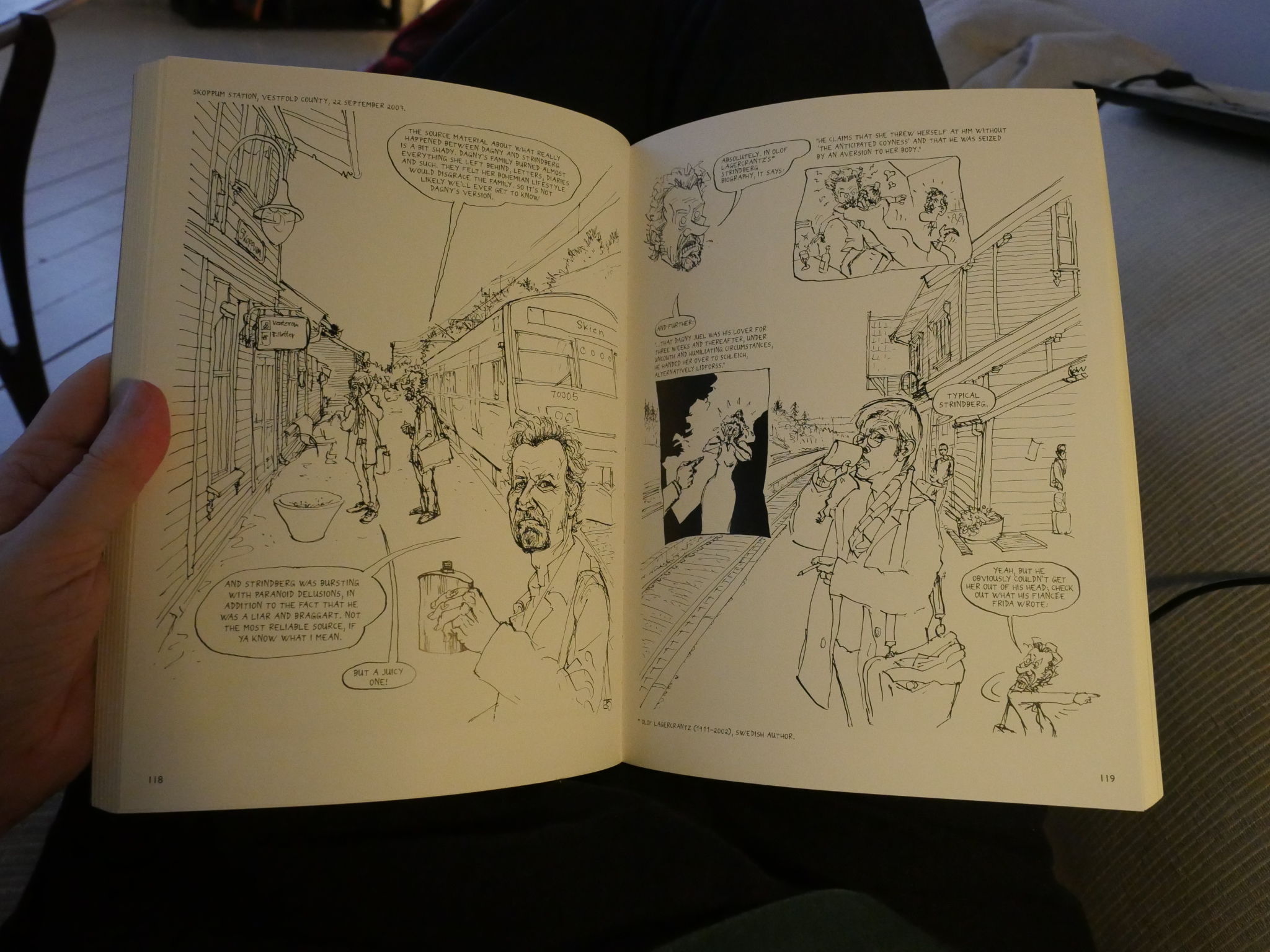
The funniest bits are these discussions between the author and a friend while doing research for the book, and they break up the narrative nicely.
I should be less sceptical.

Nulteliv by Espen Friberg & Fredrik Larsen (No Comprendo)
This unassuming digest-sized book has the look of a Norwegian digest from the 80s, which is part of the joke: It’s yet another book about growing up.
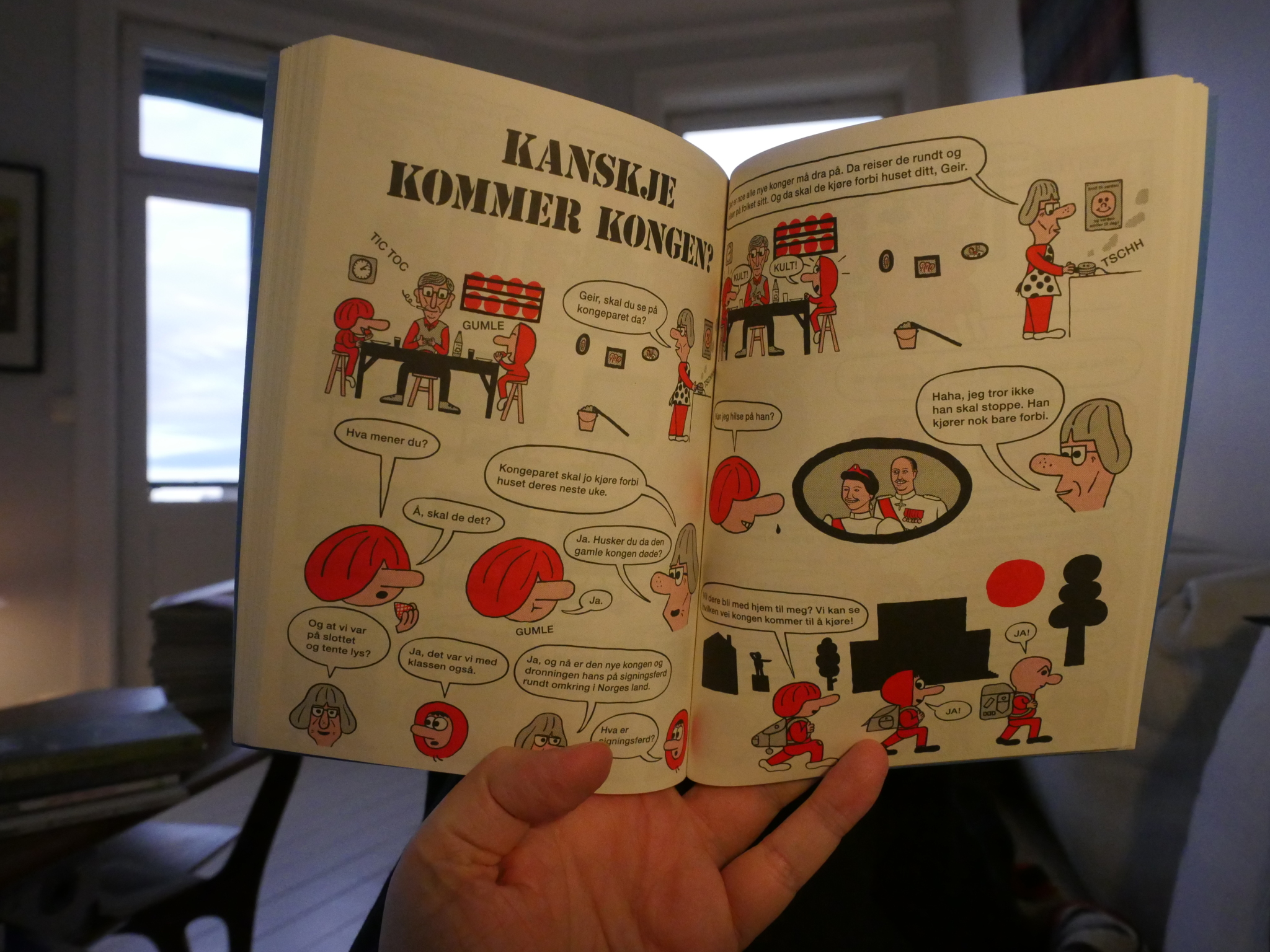
But this one is completely insane and hilarious: They use the schematically basic artwork to their advantage. The cheap look sells the absurd shenanigans. These kinds of “coming of age” books are usually written by the “smart, sensitive nerds”, but these guys are nothing of the kind: Stupid and brash. It’s all so refreshing.
And funny.
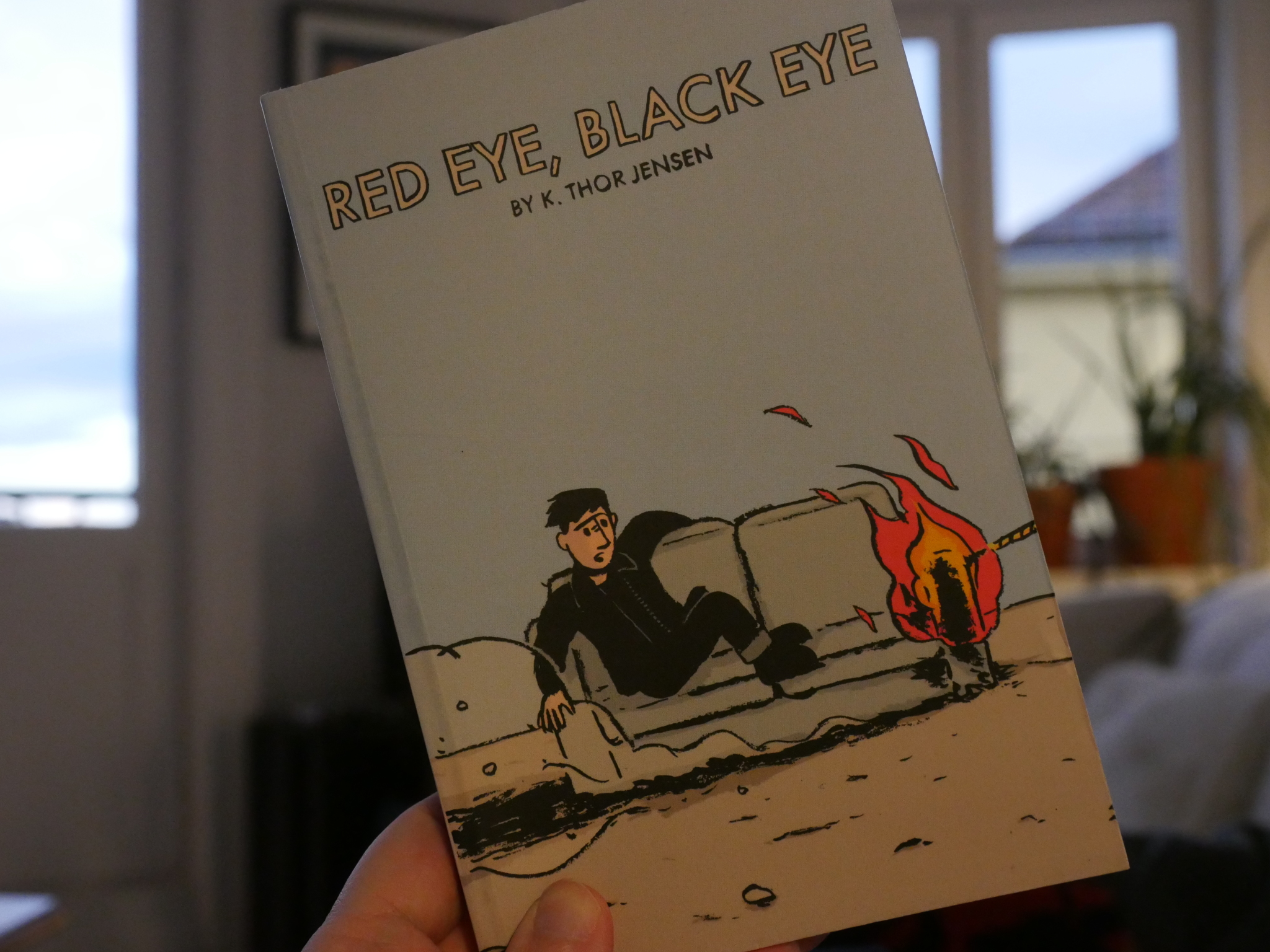
Red Eye, Black Eye by K. Thor Jensen (Alternative)
This must have been part of the Alternative sale haul…
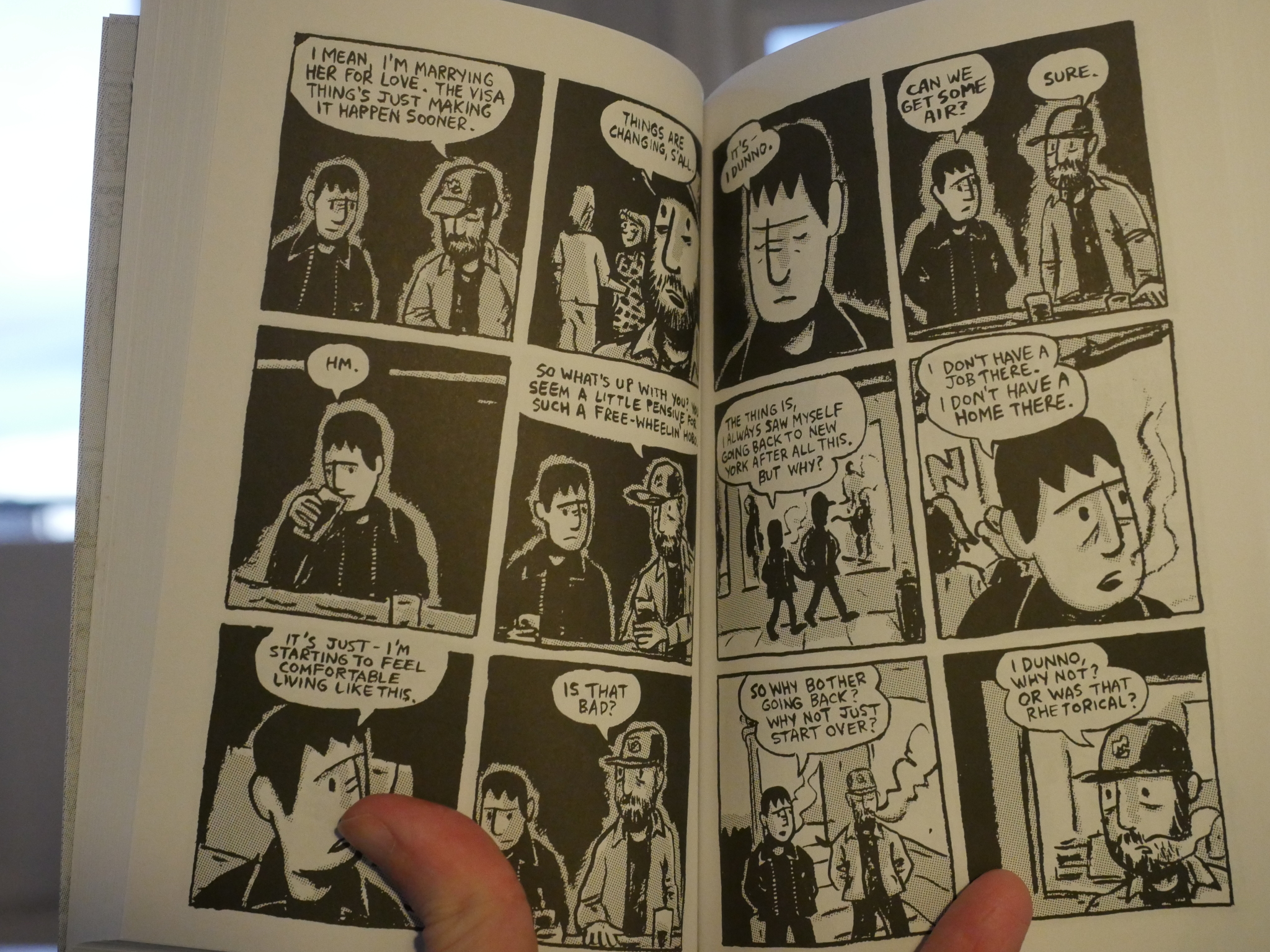
It’s yet another (apparent) autobio book. This one is about Jensen getting thrown out of his apartment and deciding to go on the road for a couple of months. So the things you expect to happen happen: This isn’t a very original book, but it’s funny and engaging.
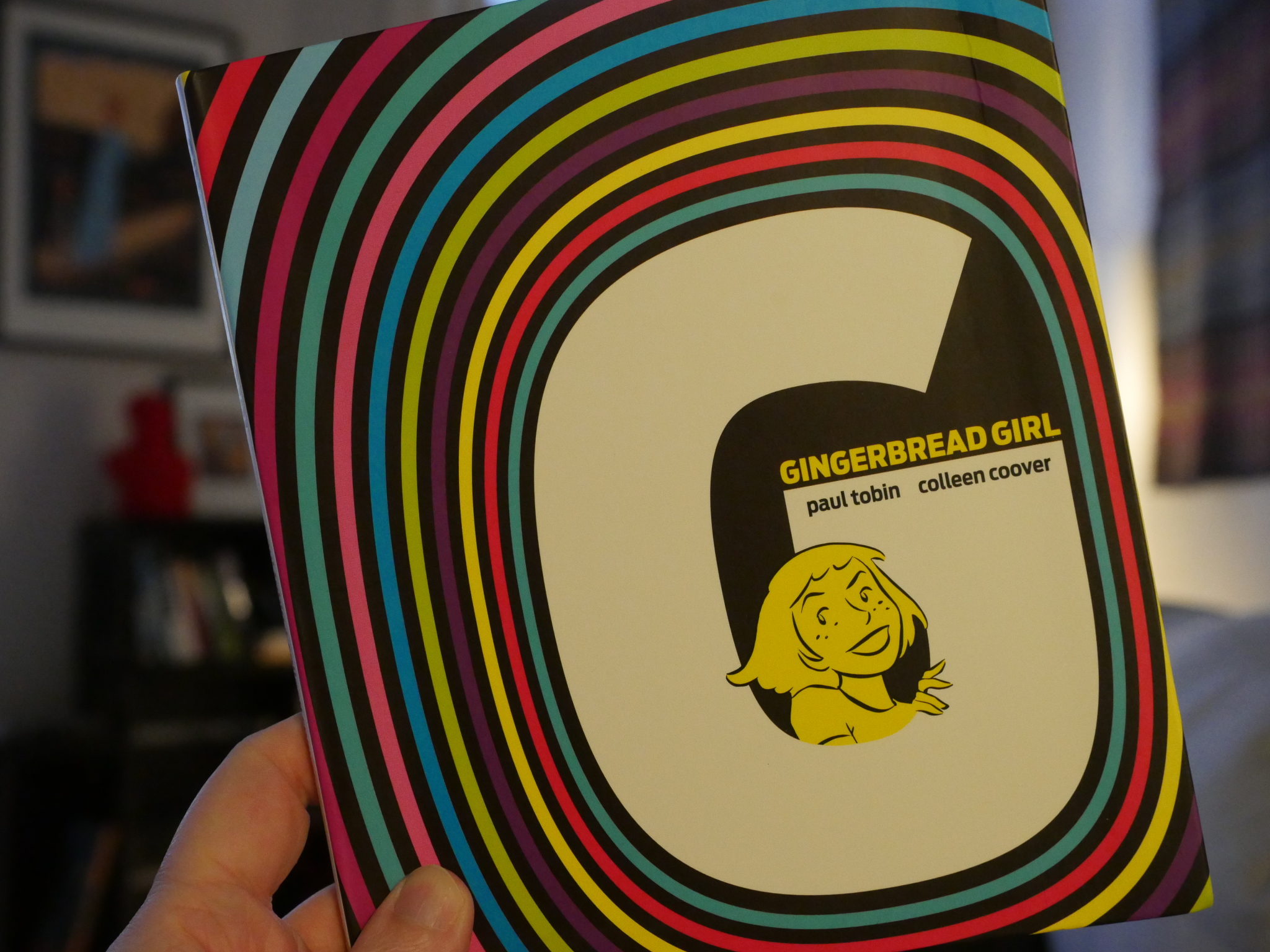
Speaking of being sceptical: This one has a writer/artist team (not a good sign); it’s from Top Shelf (Top Purveyors of Inoffensive Books) and it’s from that sale.
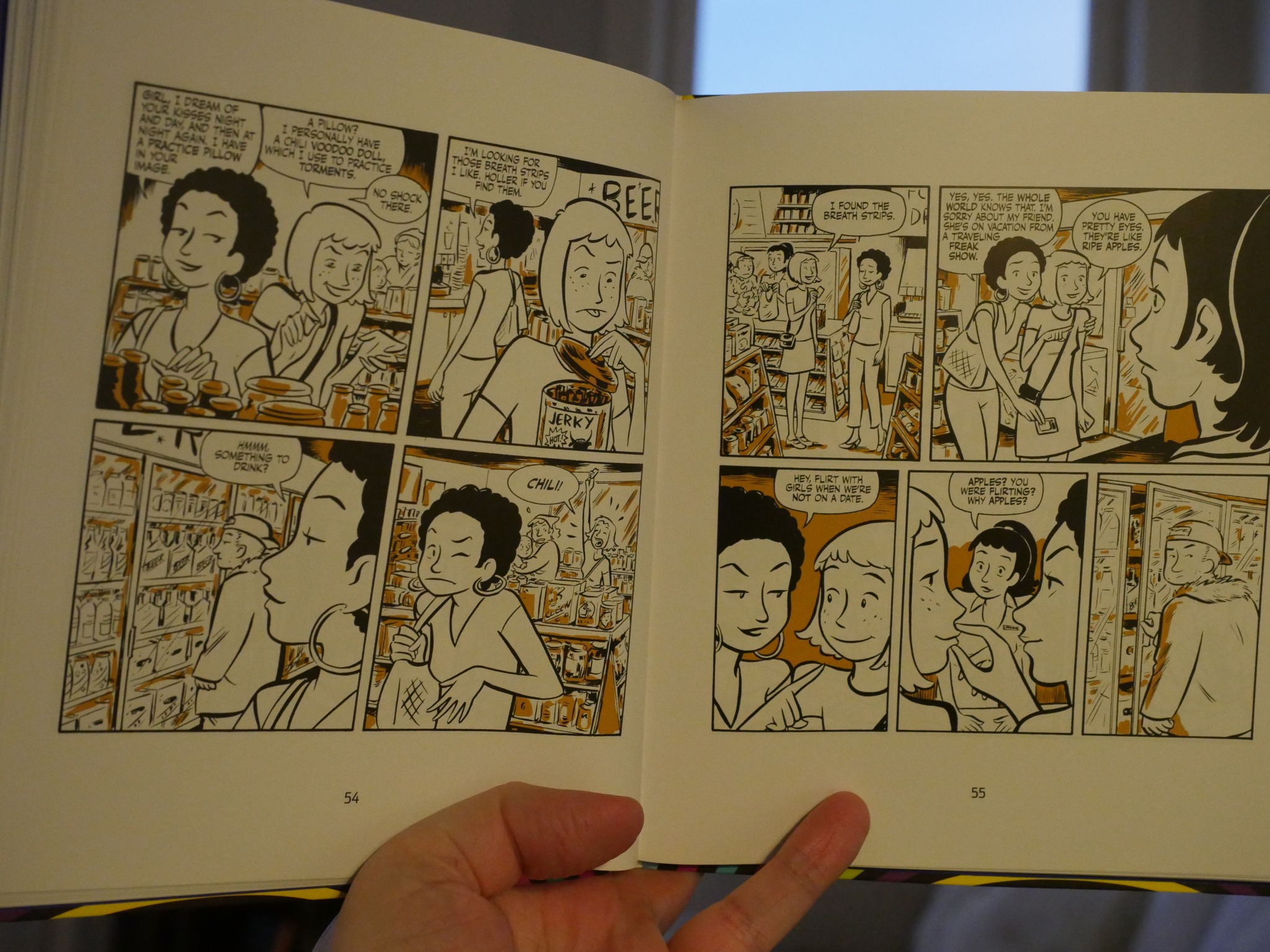
And… it’s just about what you’d expect. A kooky girl going around doing what a kooky girl would in an independent film about a kooky girl. Only on paper instead.
But somehow Colleen Coover’s artwork (sort of) saves it, and it becomes interesting almost despite itself.
Hm. Actually, looking through it now, I can’t really understand why it ended up on that “hey, that’s pretty good” shelf. But I have to trust my judgement that this was, indeed, not bad.
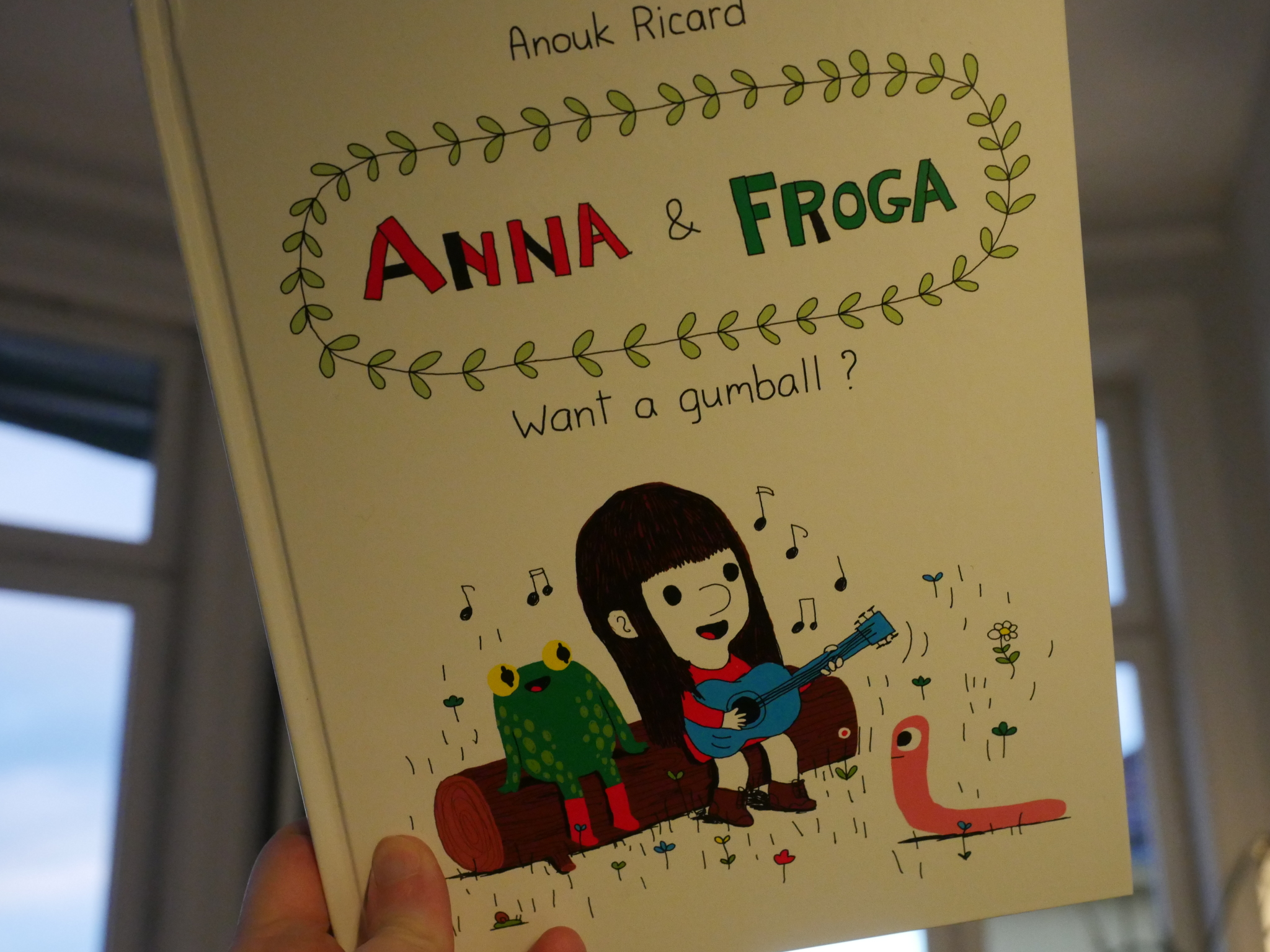
Anna & Froga by Anouk Ricard (Drawn & Quarterly)
But to end this too-long blog post, I have no problem remembering why this one landed on that shelf: It’s so darn cute.
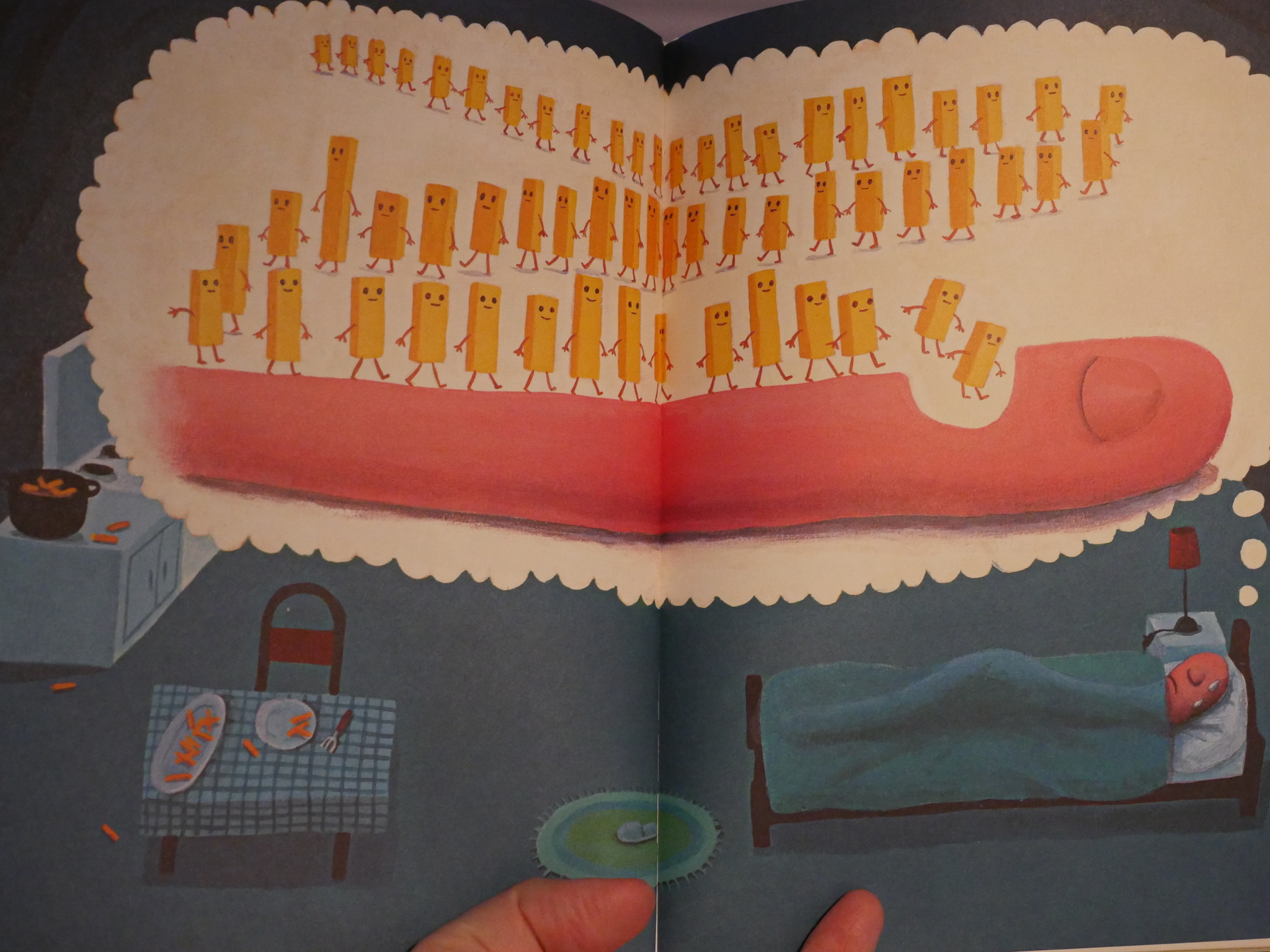
It’s got these weird, weird interstitial pages…
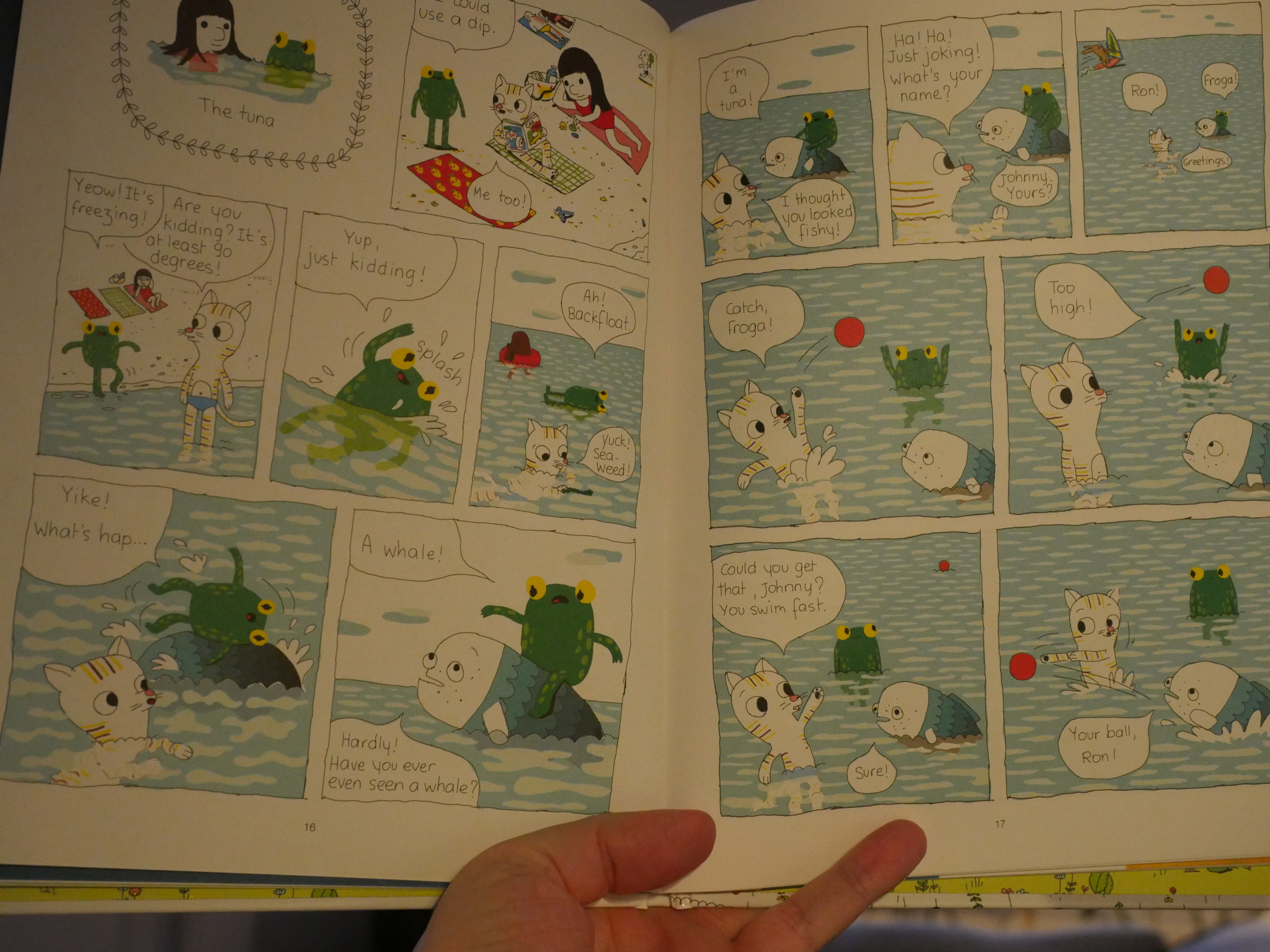
… and then the comics themselves that are just so darn cute. Very childlike and sometimes moving. And way too few pages, but fortunately there are more books in this series.
And that’s it! The comics backlog is empty! I’m now not going to read any comics for a few years, because I’m comicsed out.
Well, except that there’s a new shipment arriving on Monday… Oy vey.
